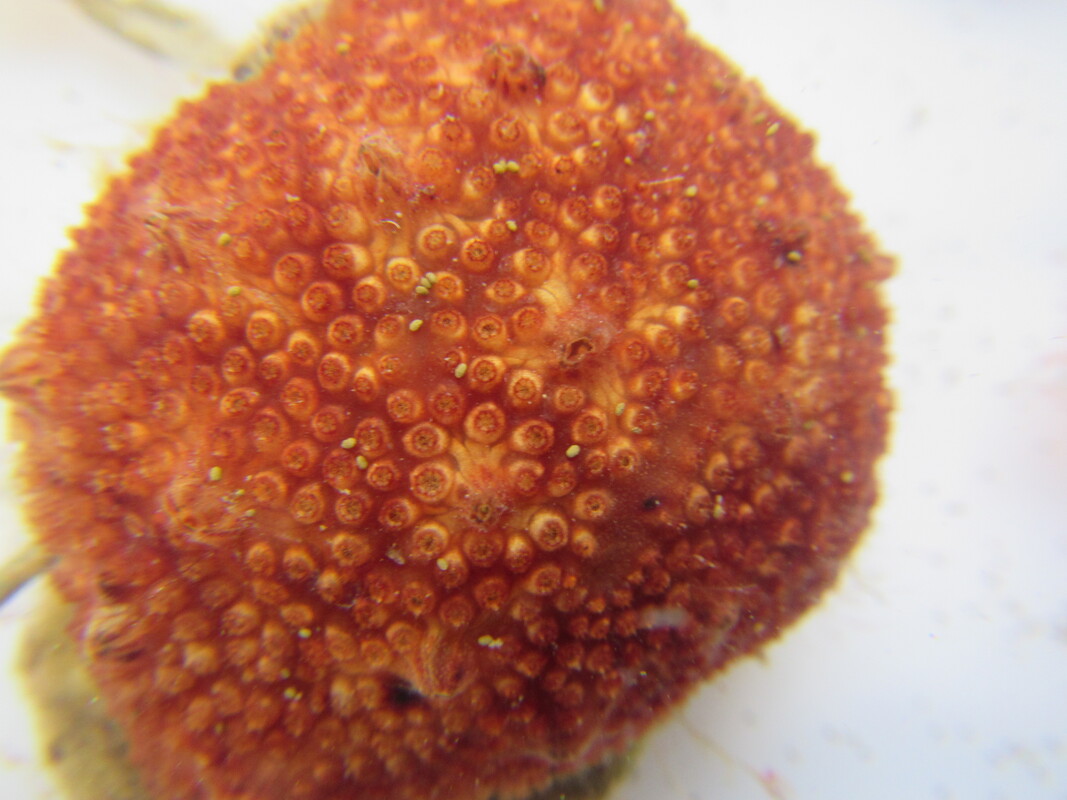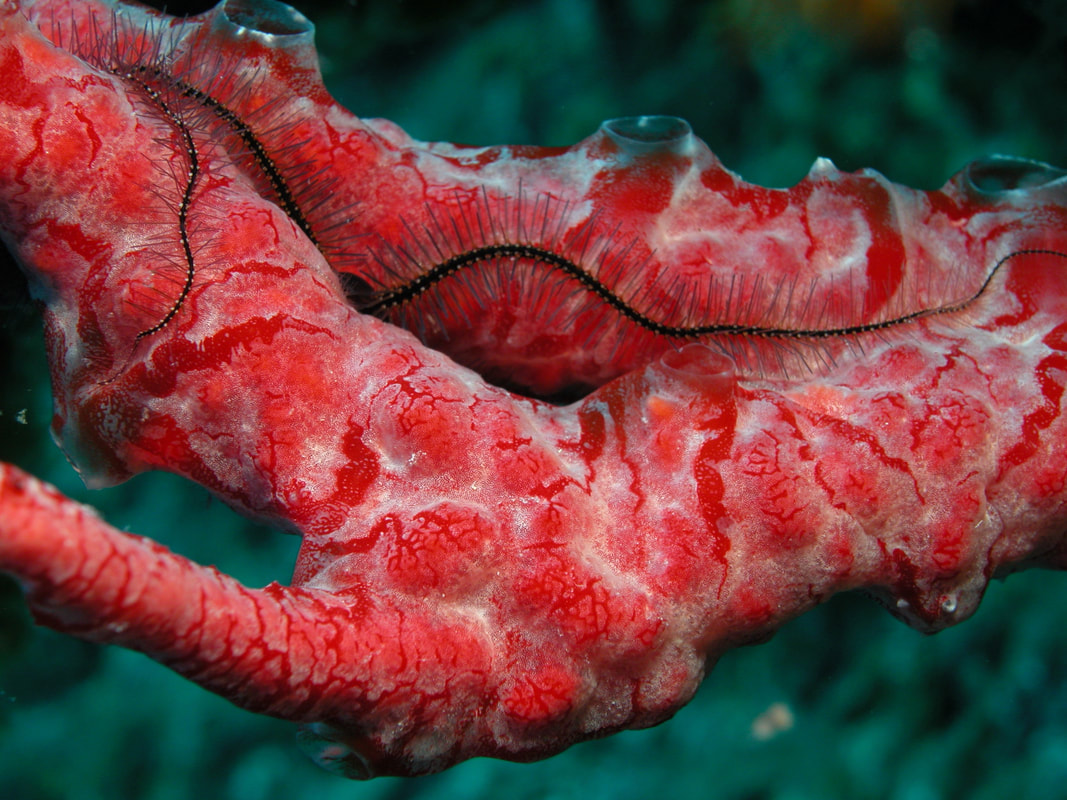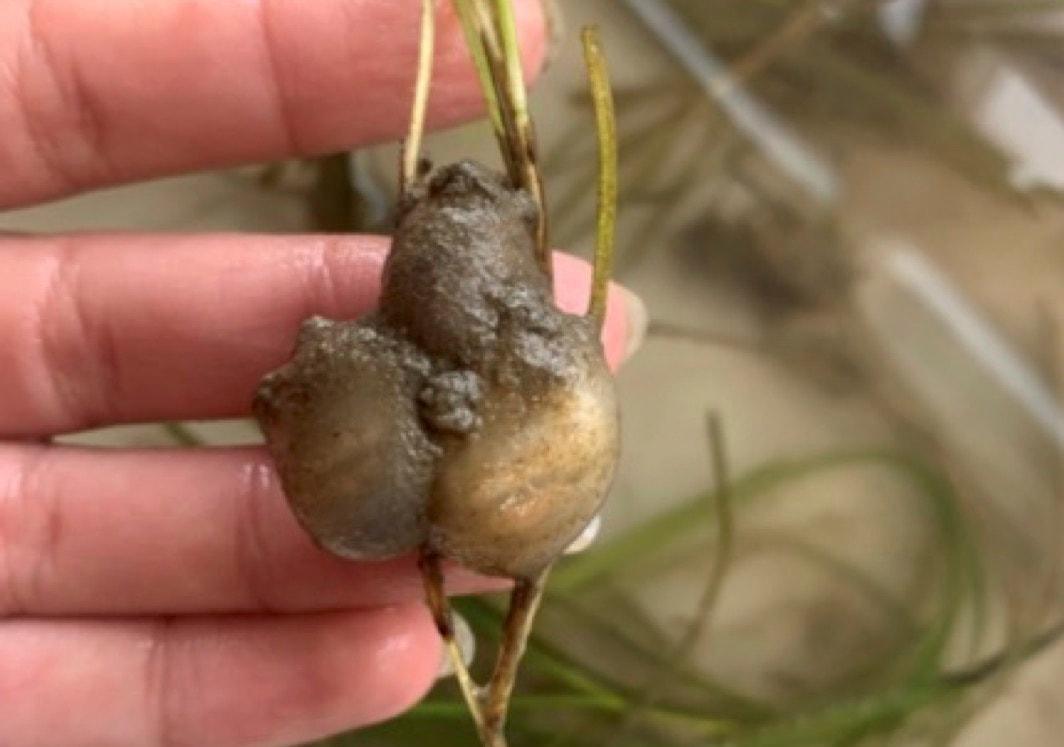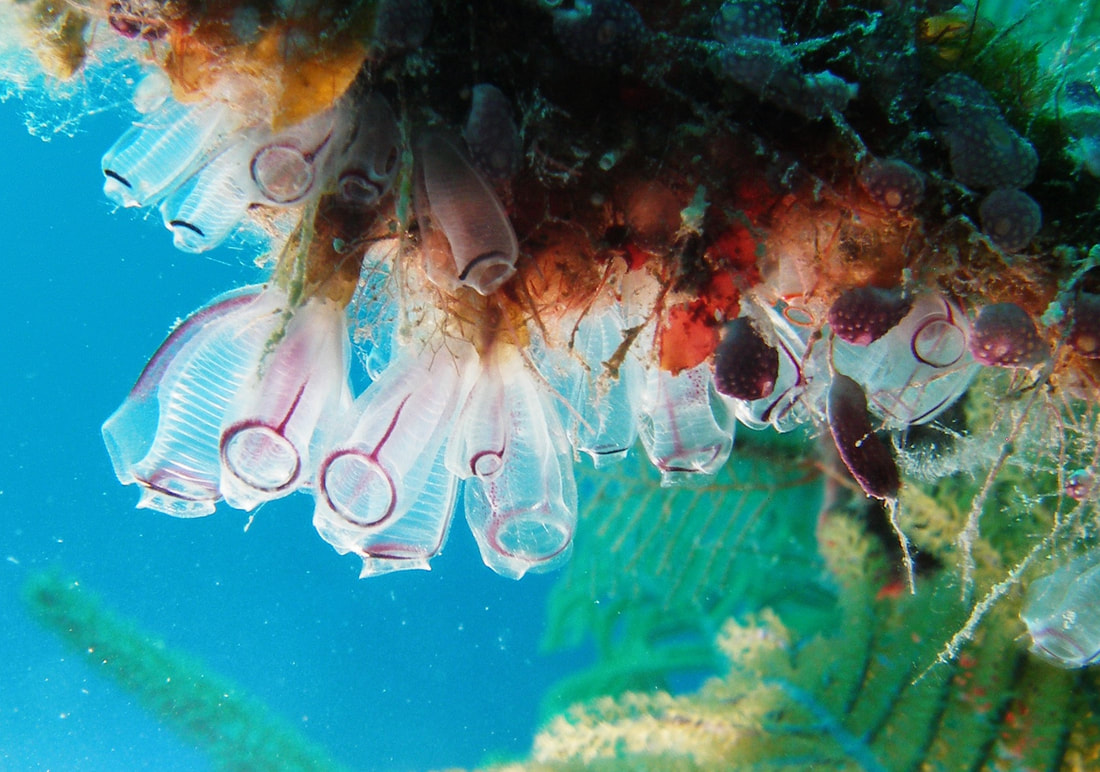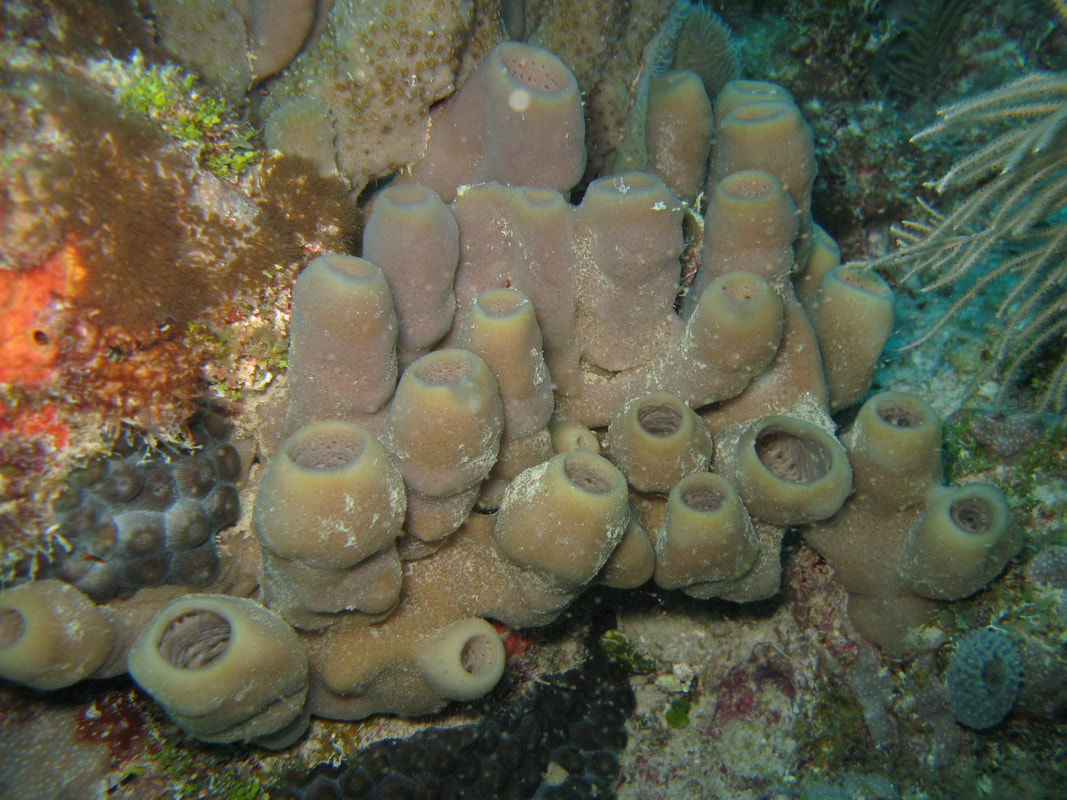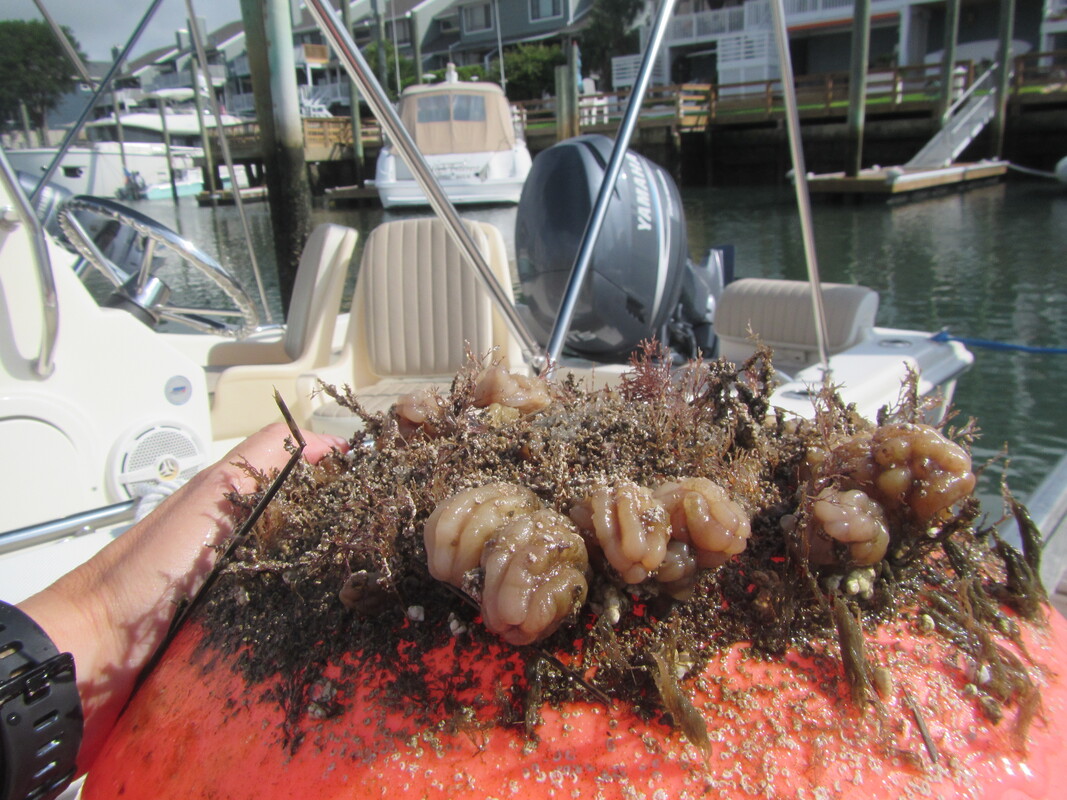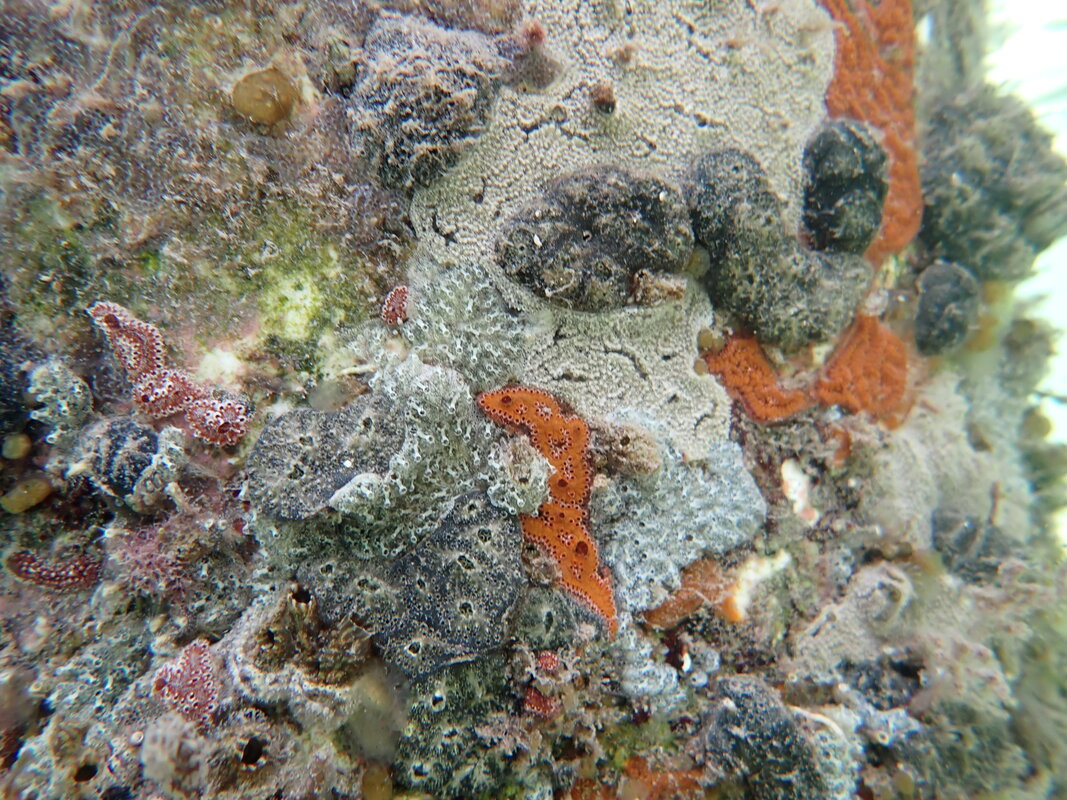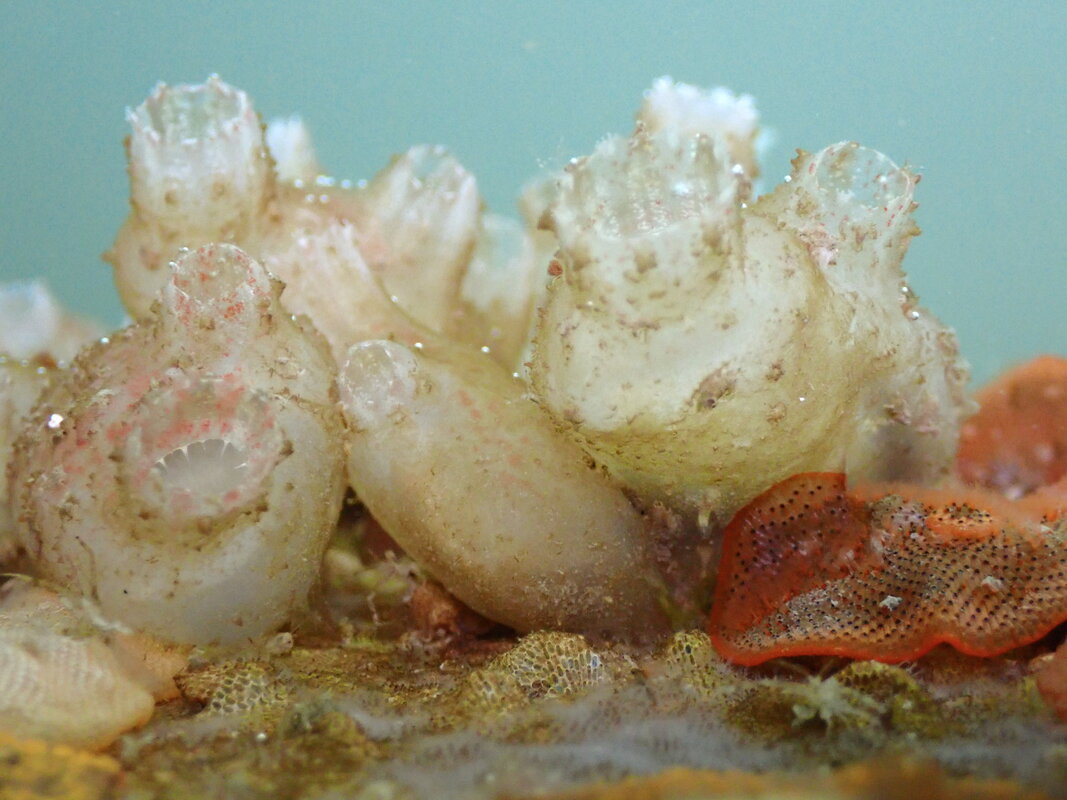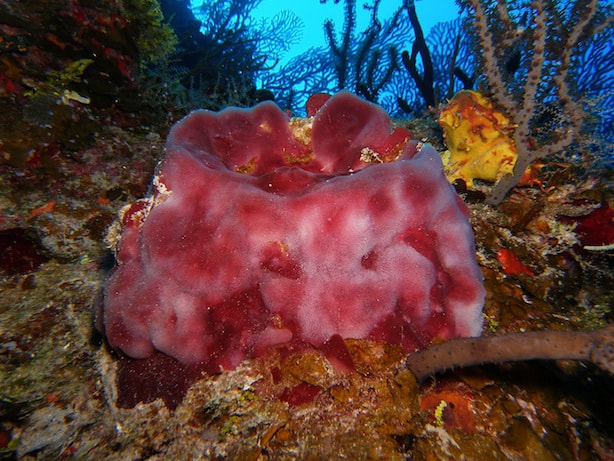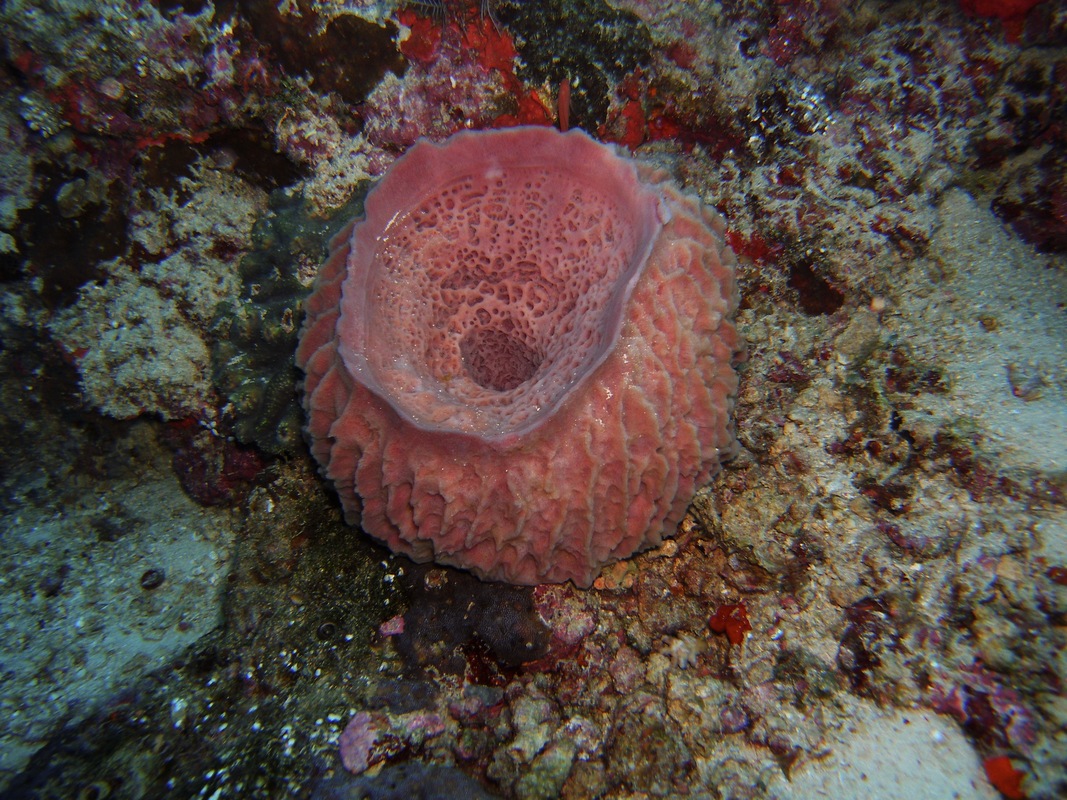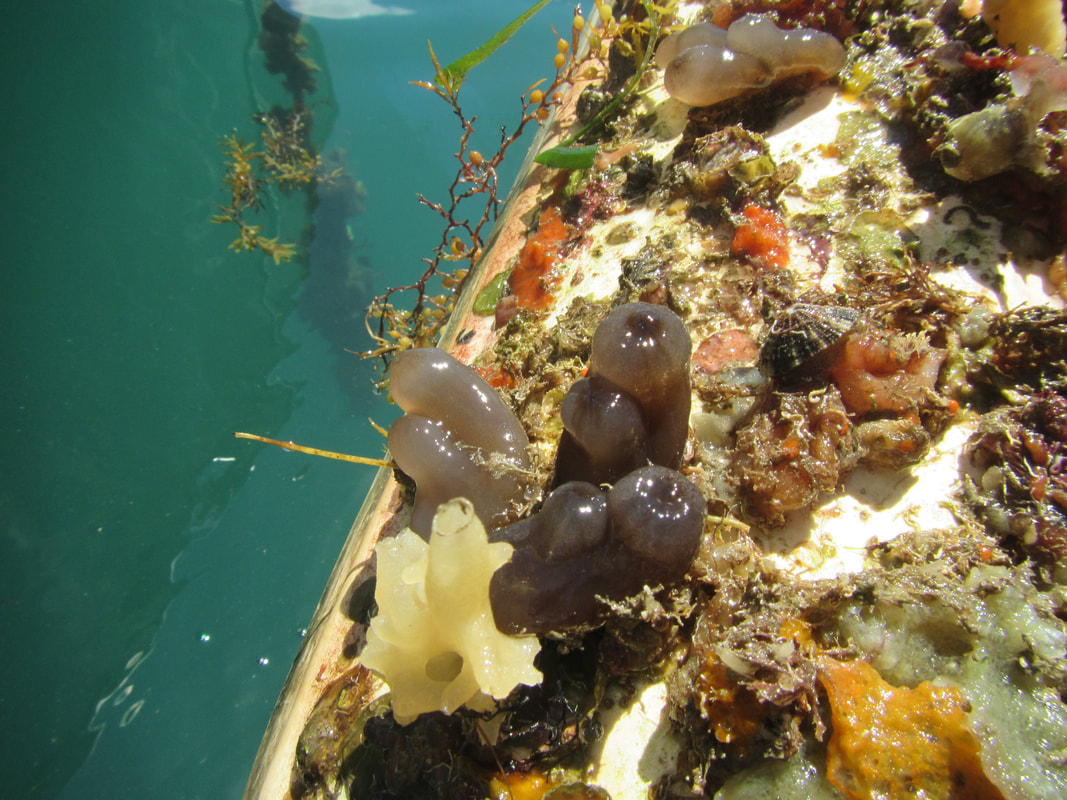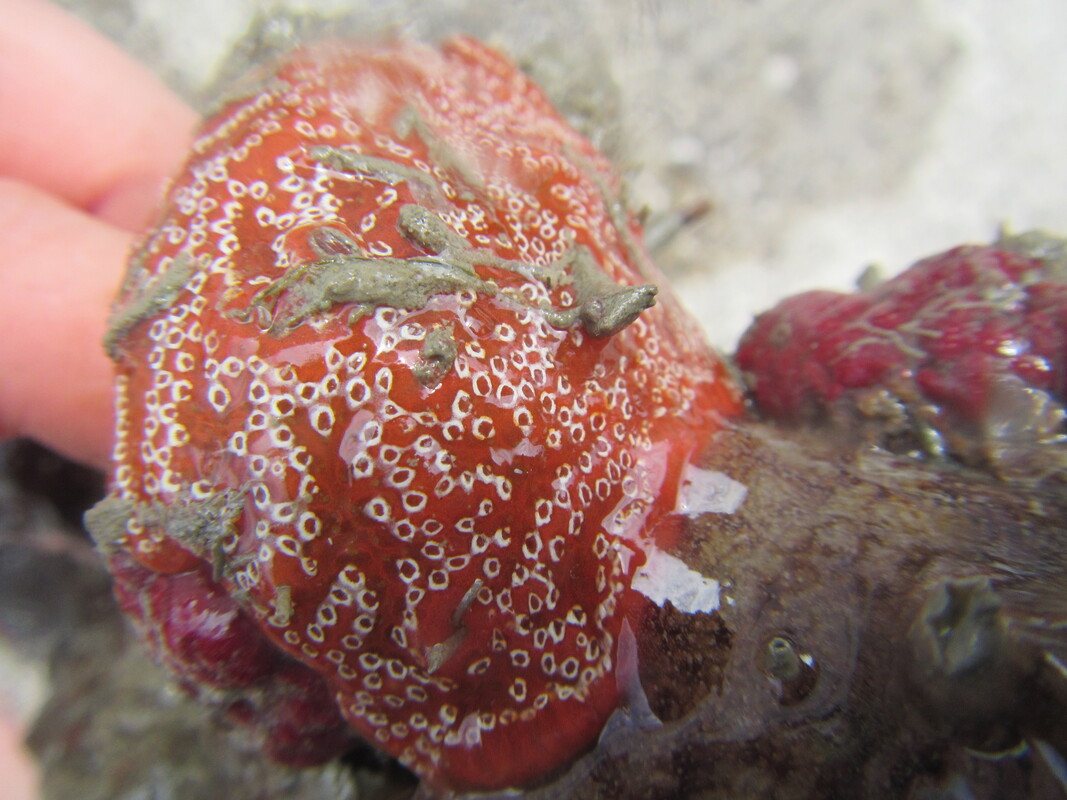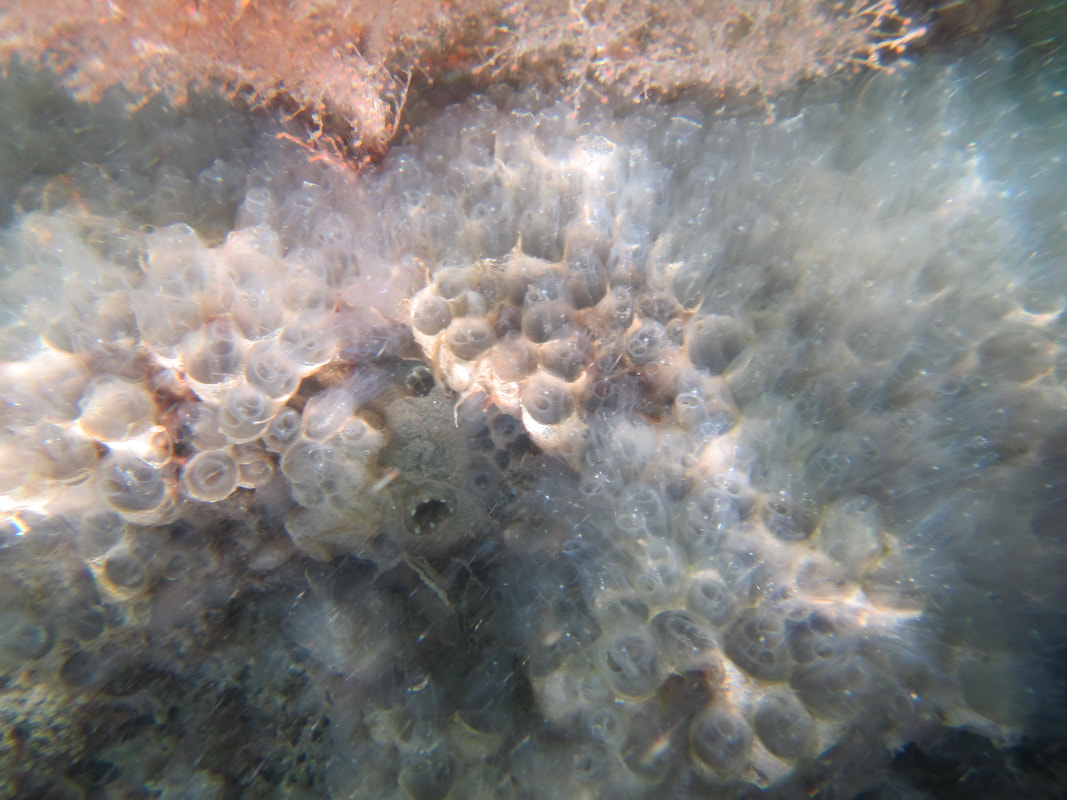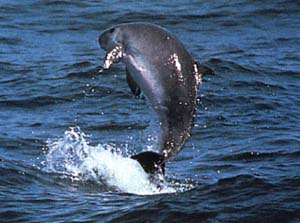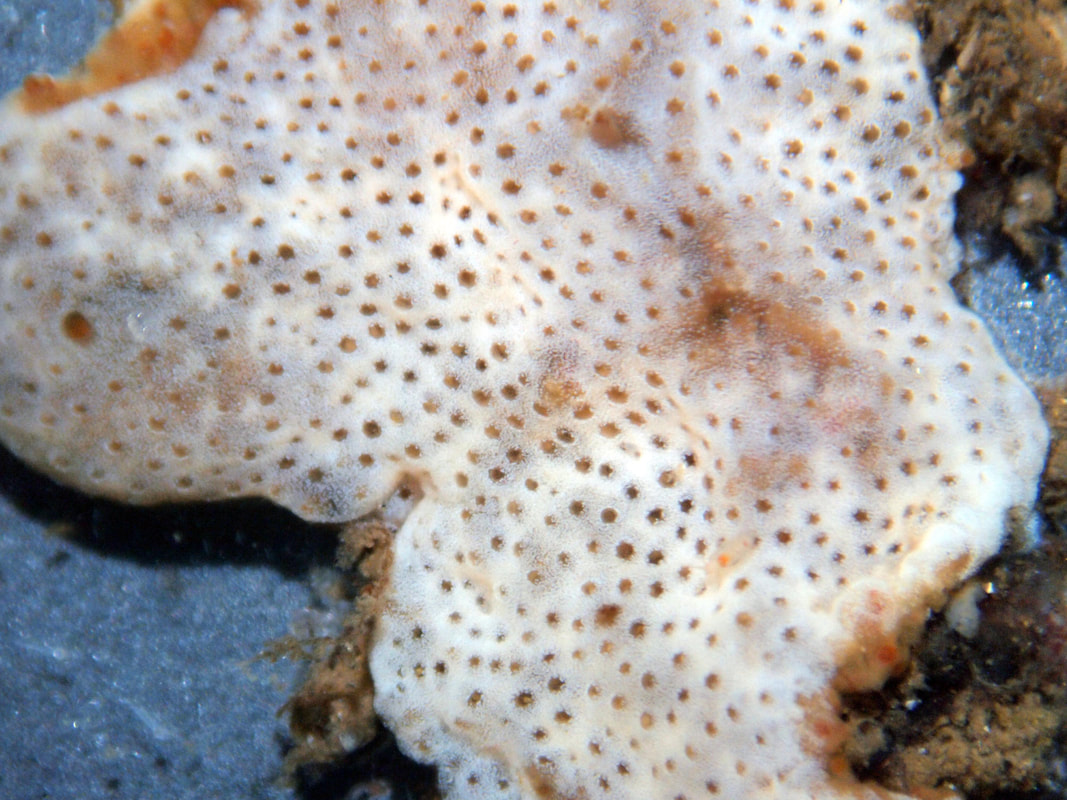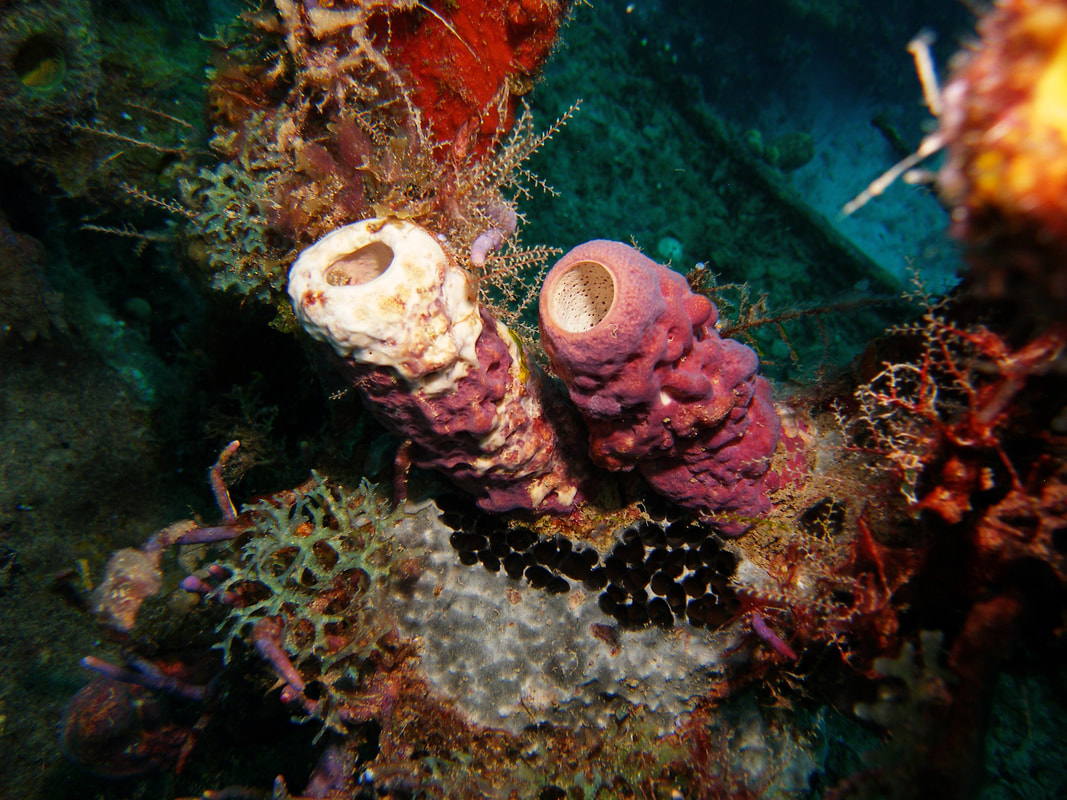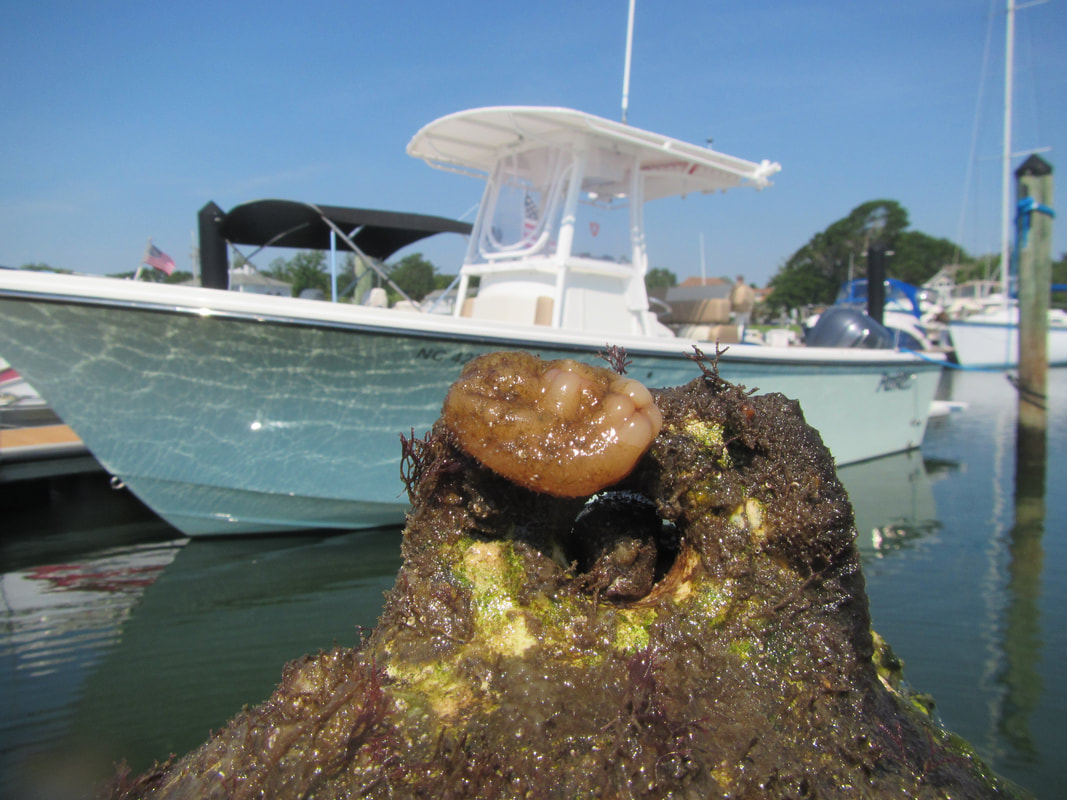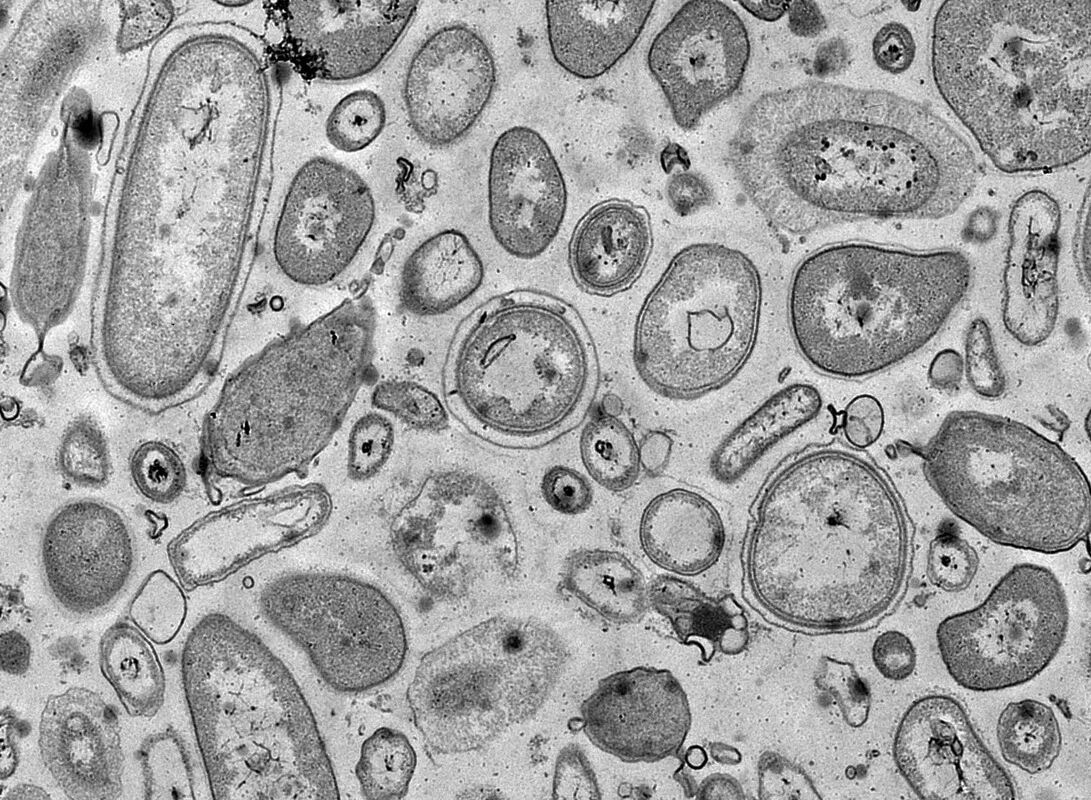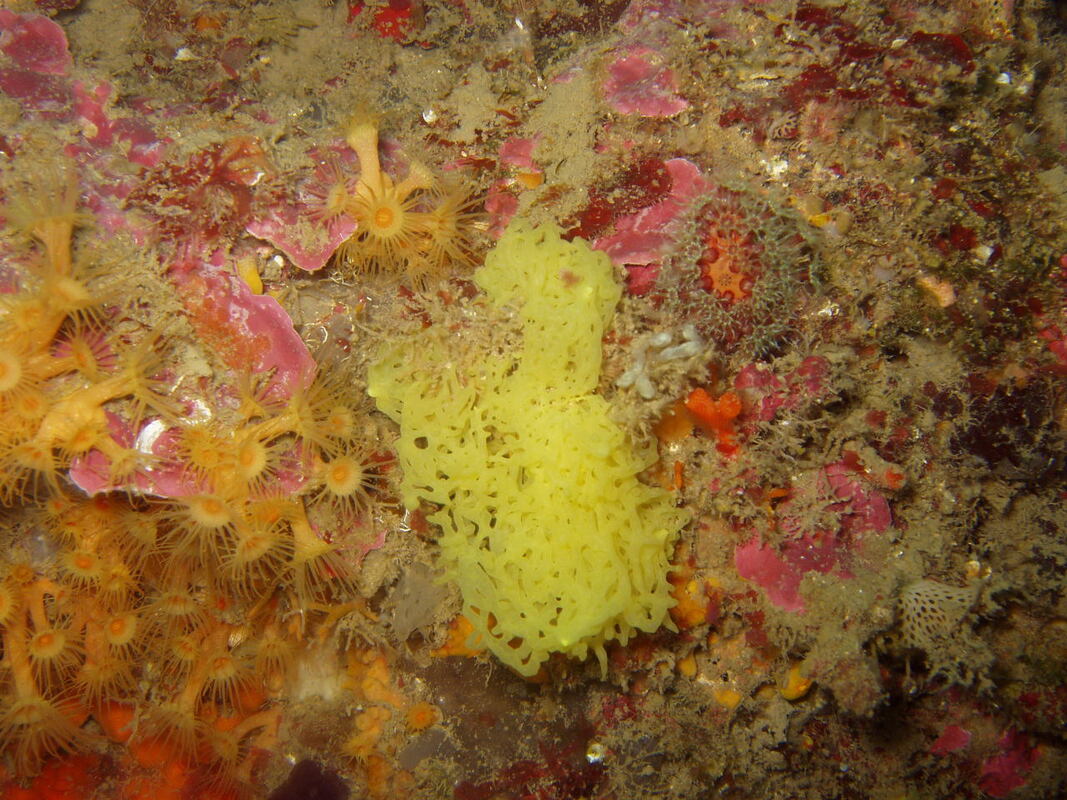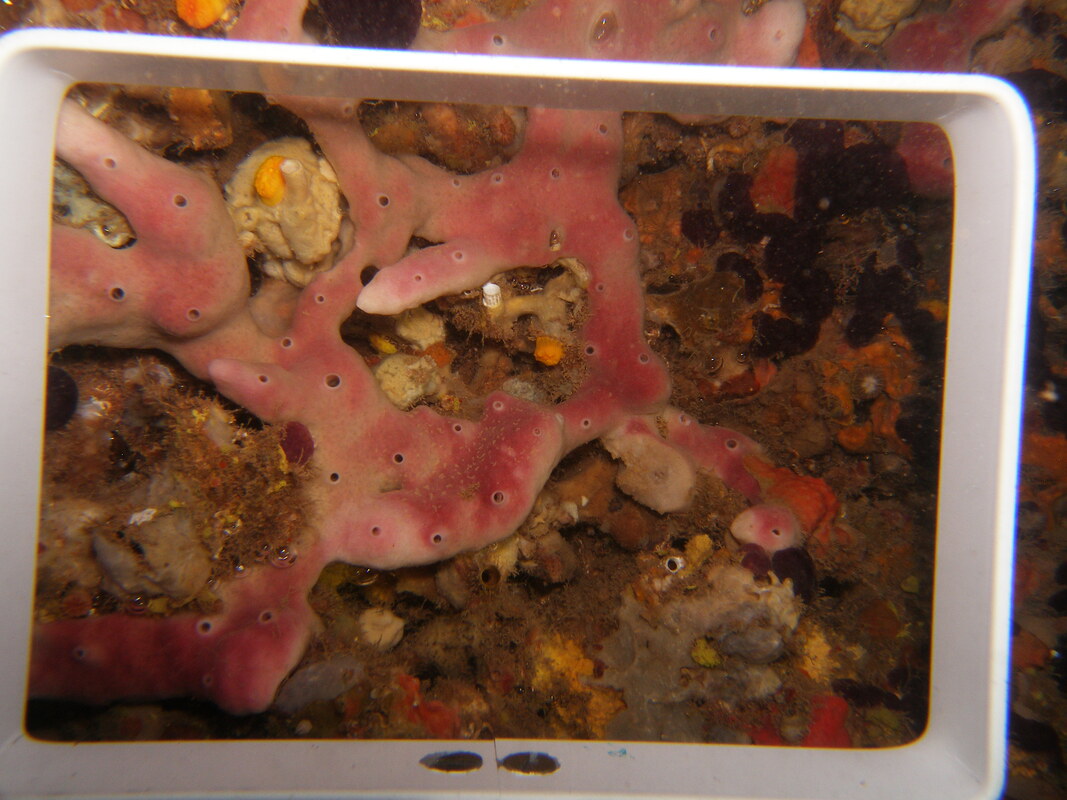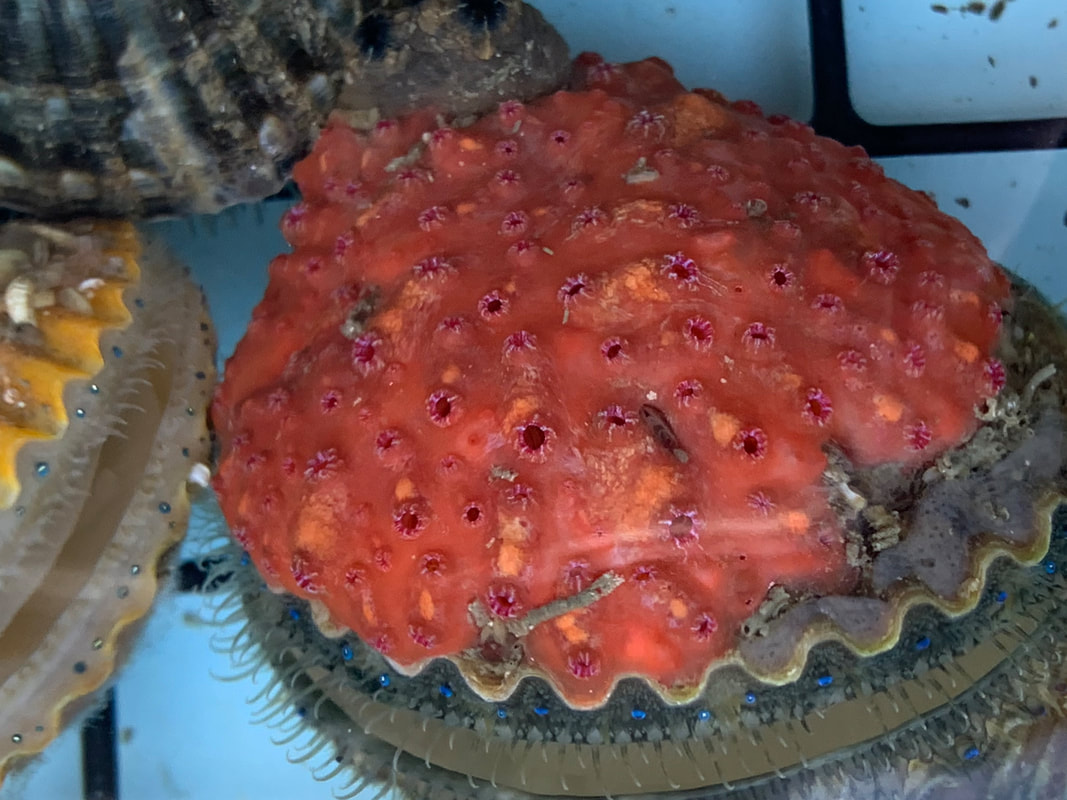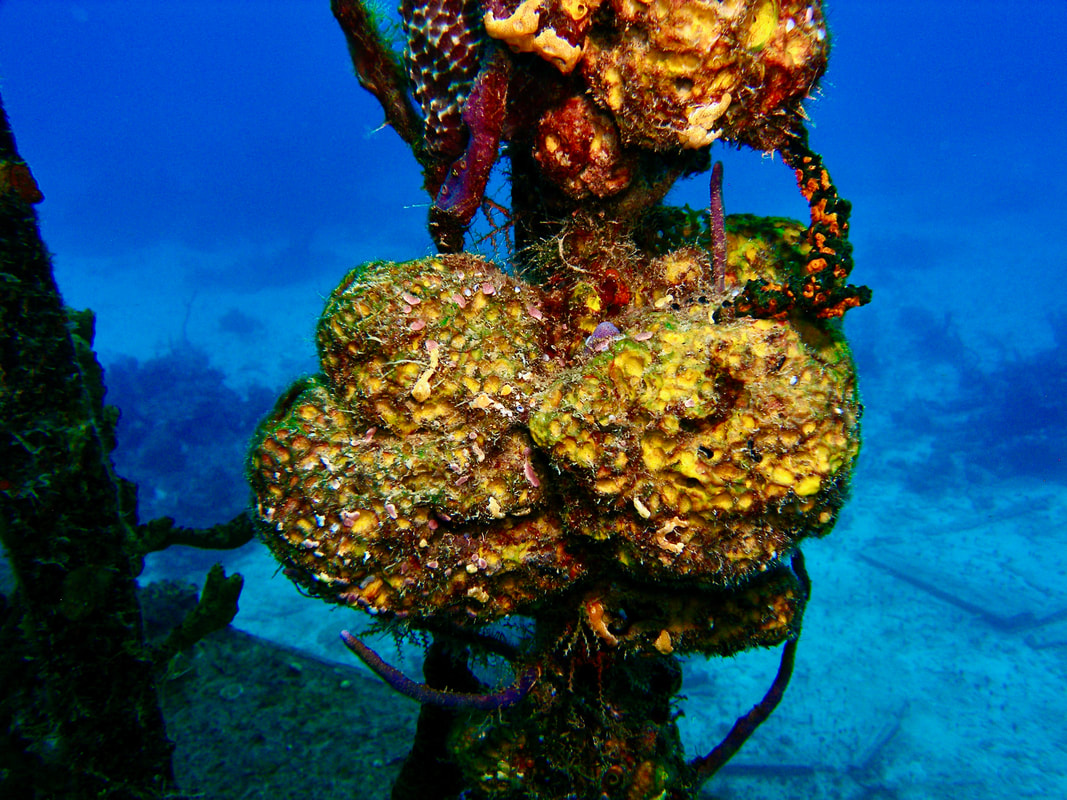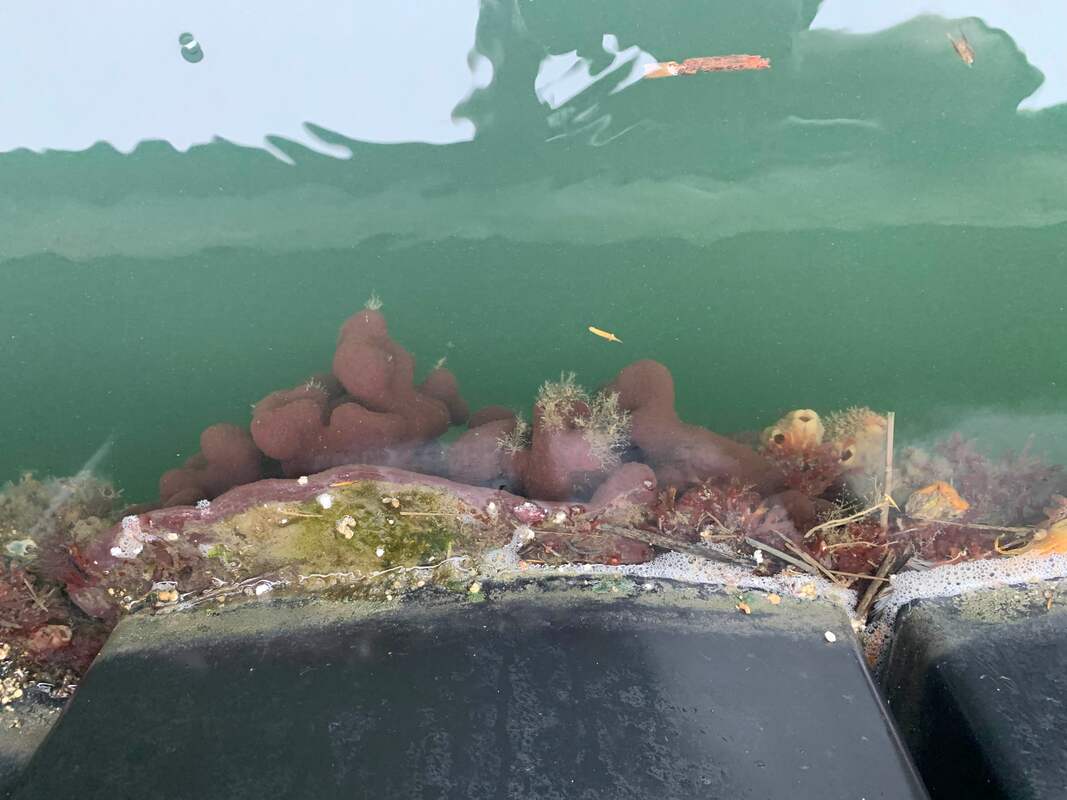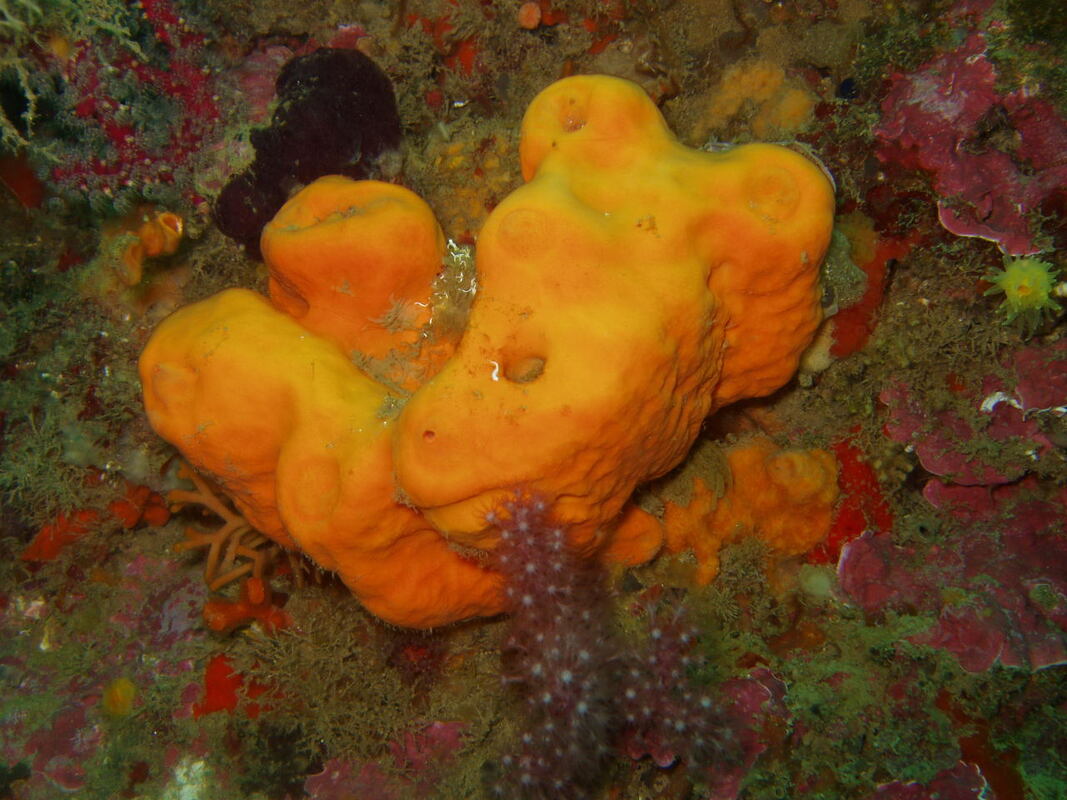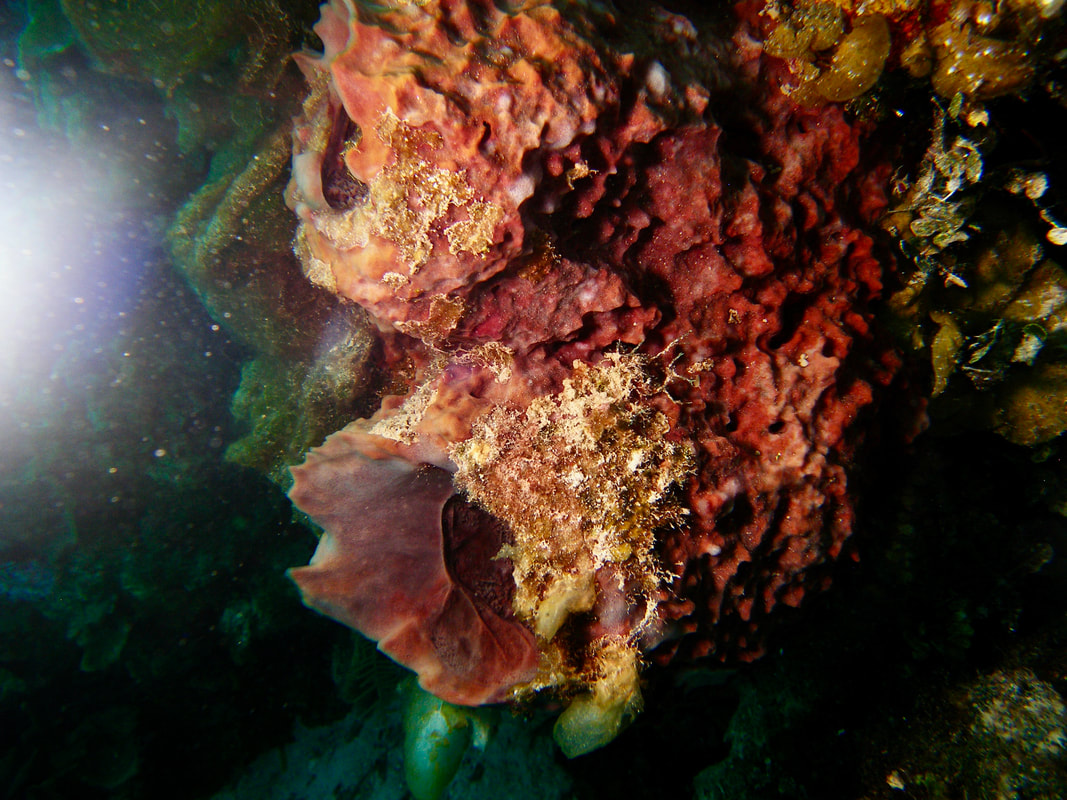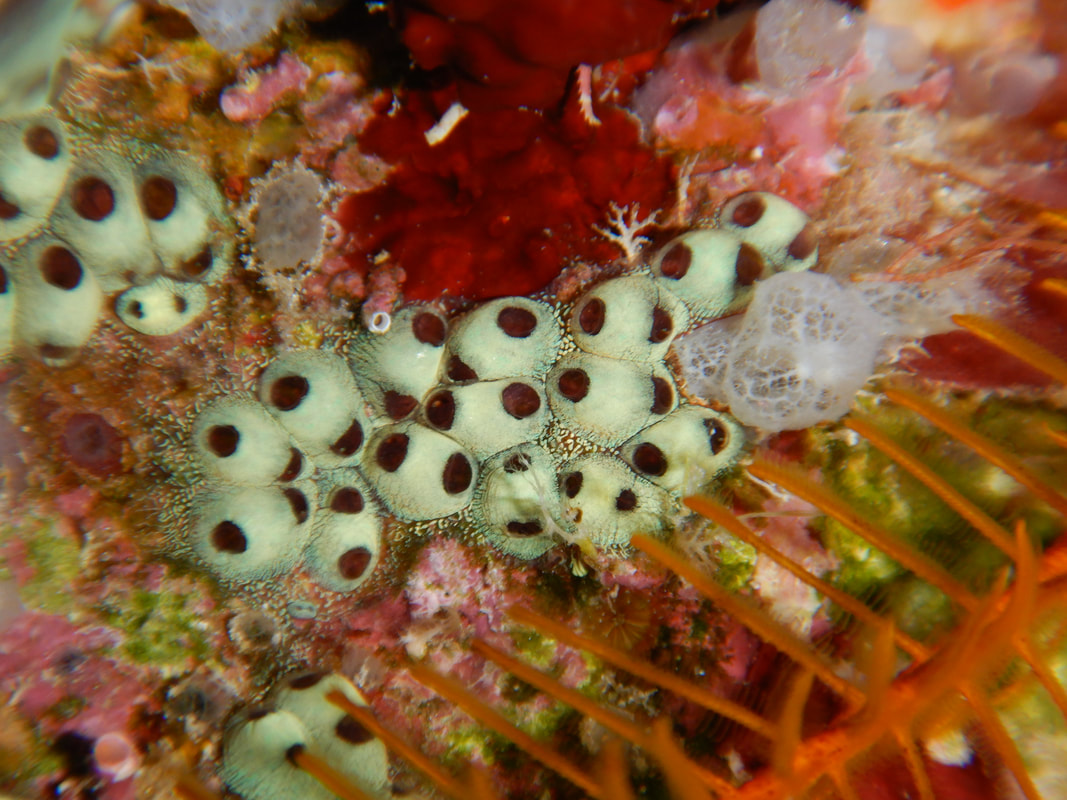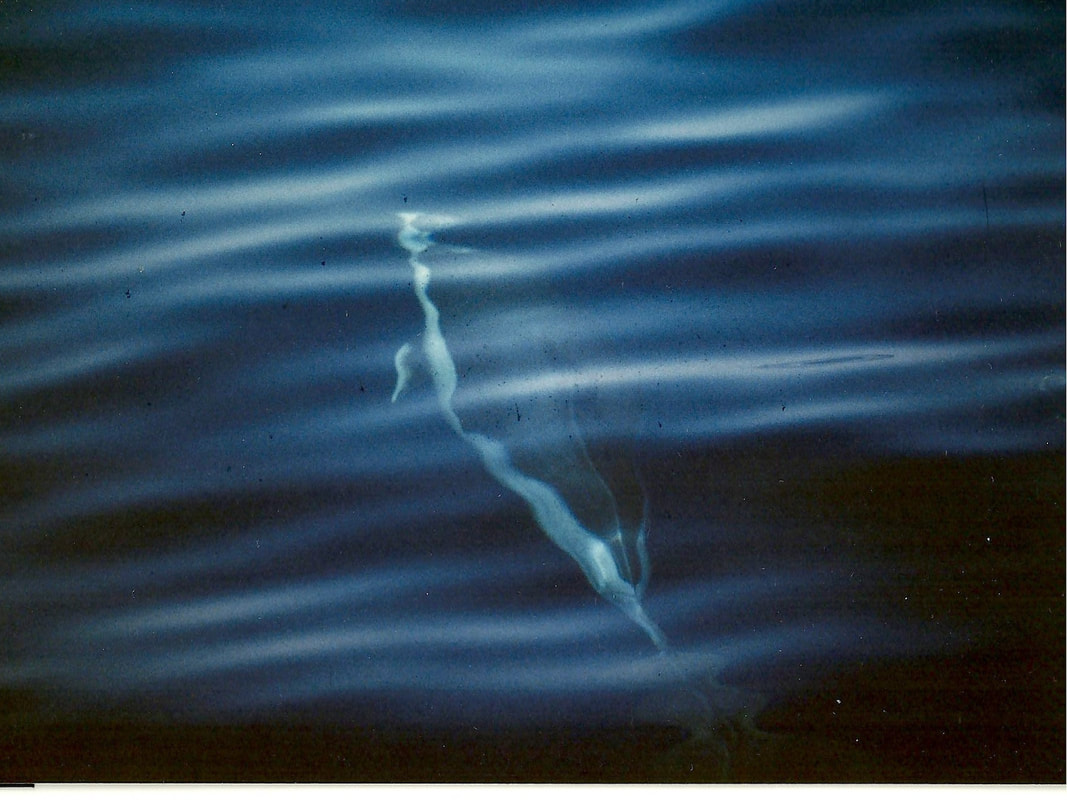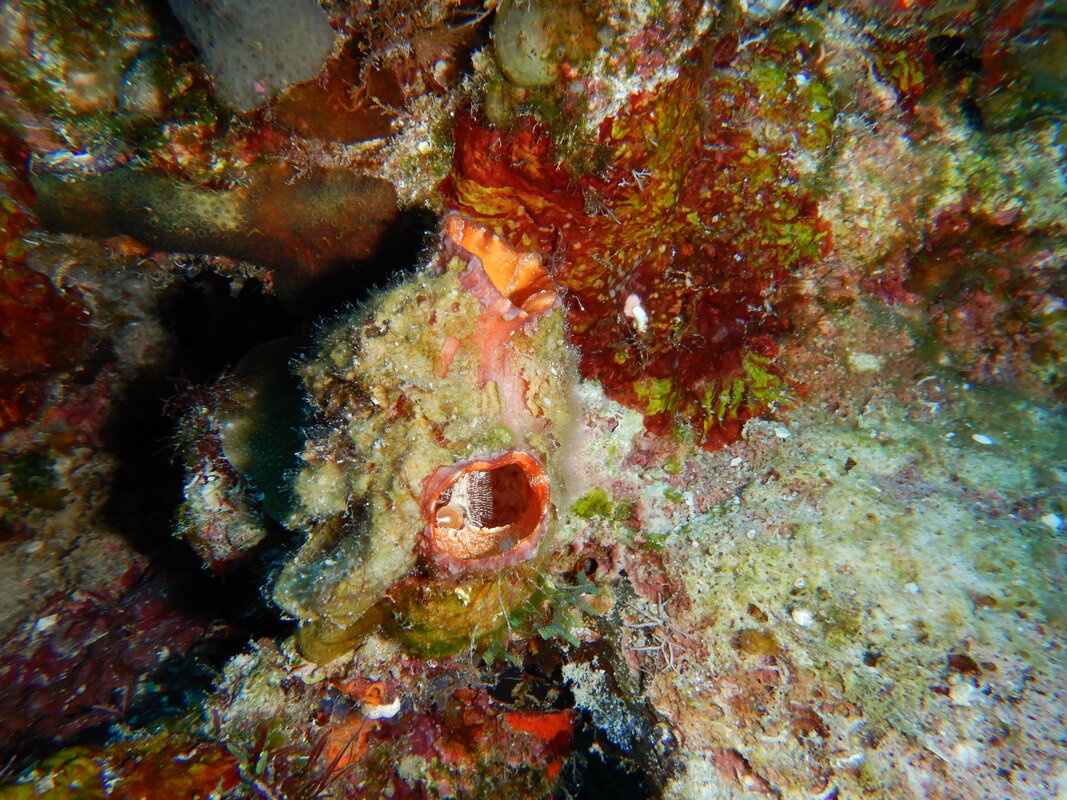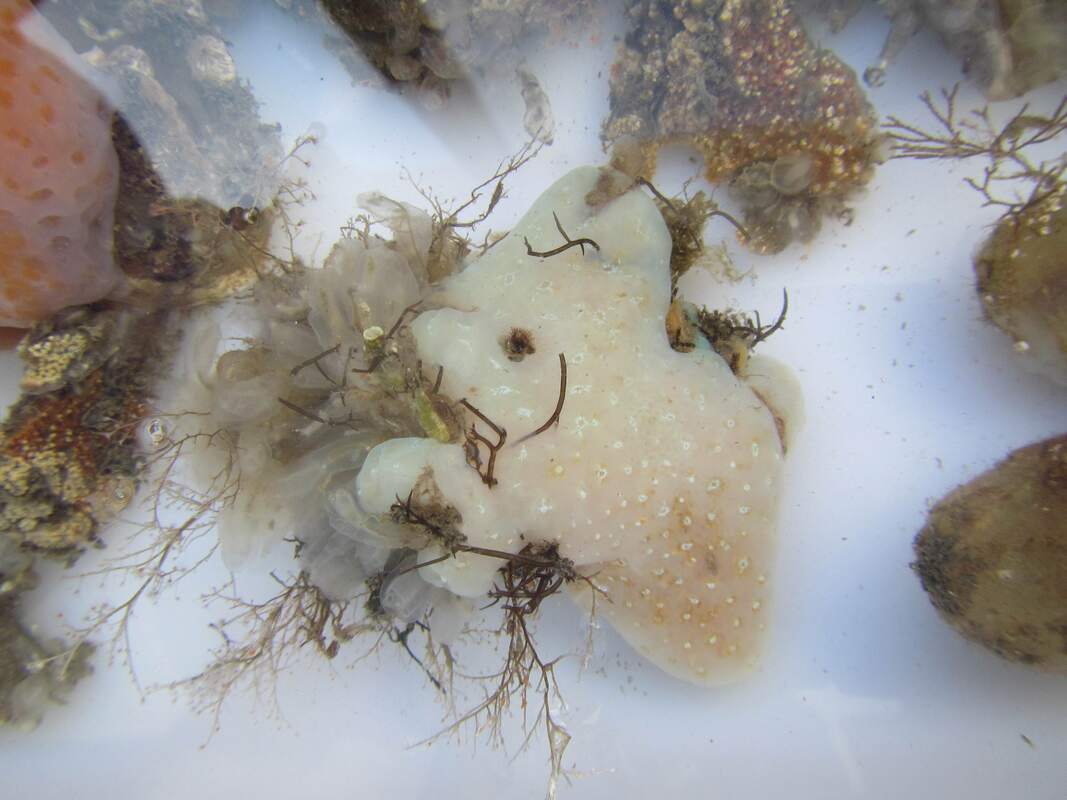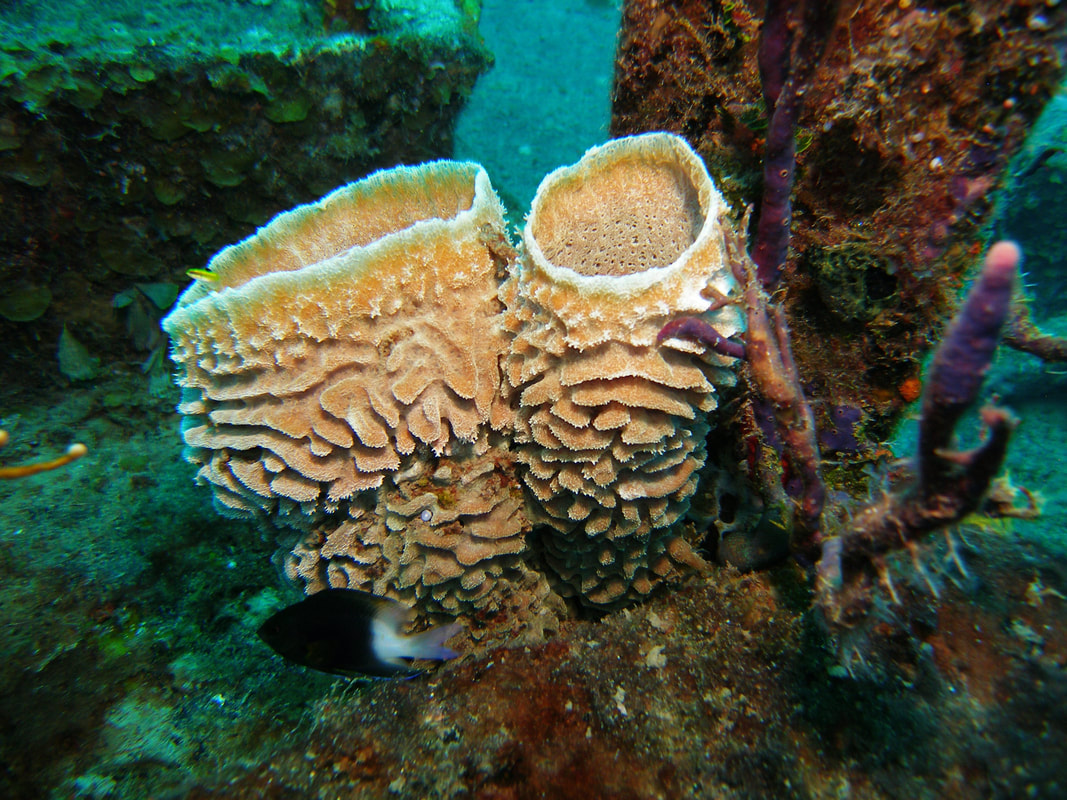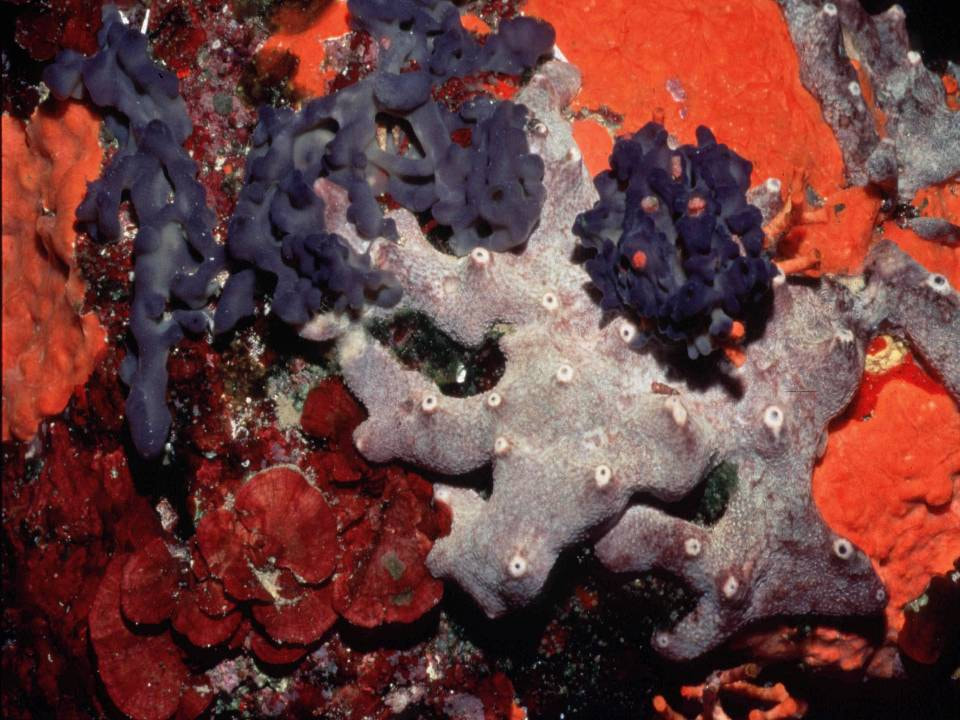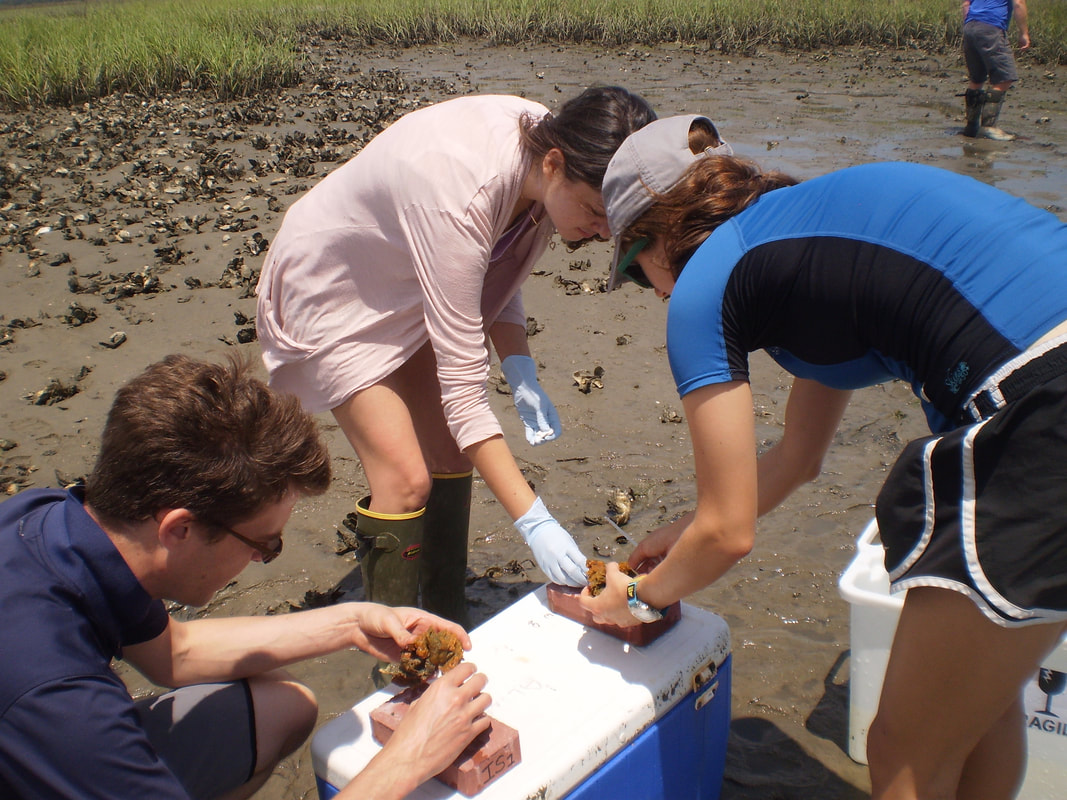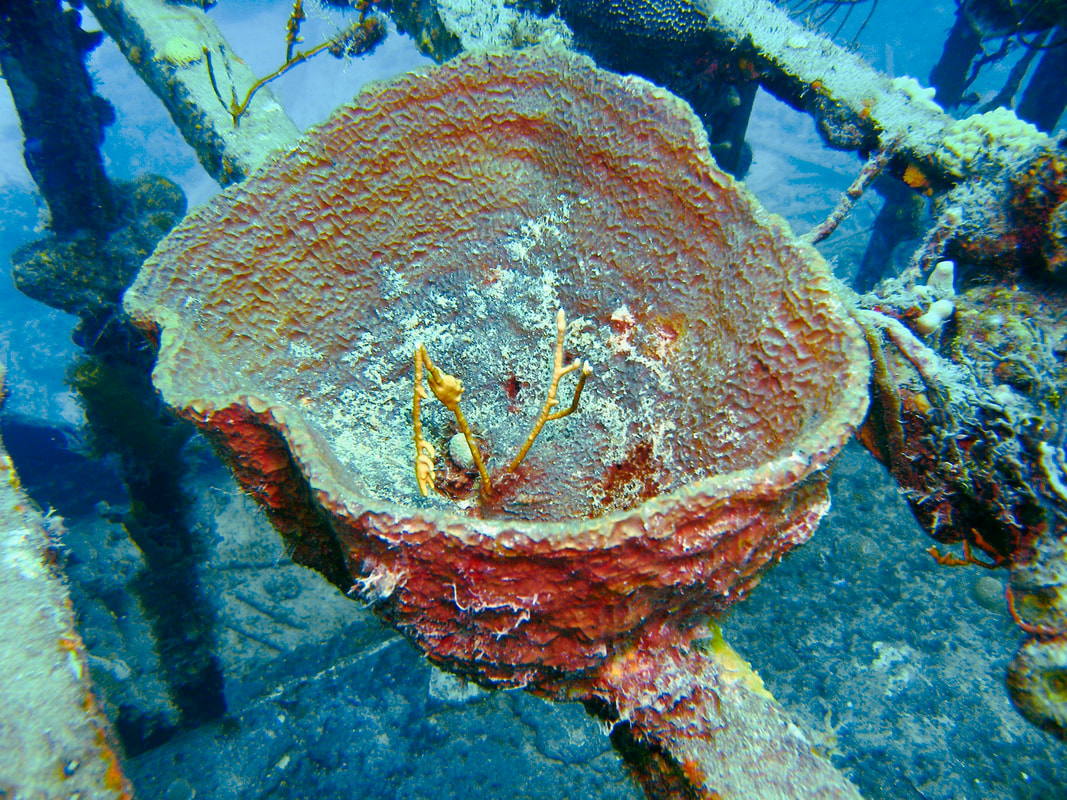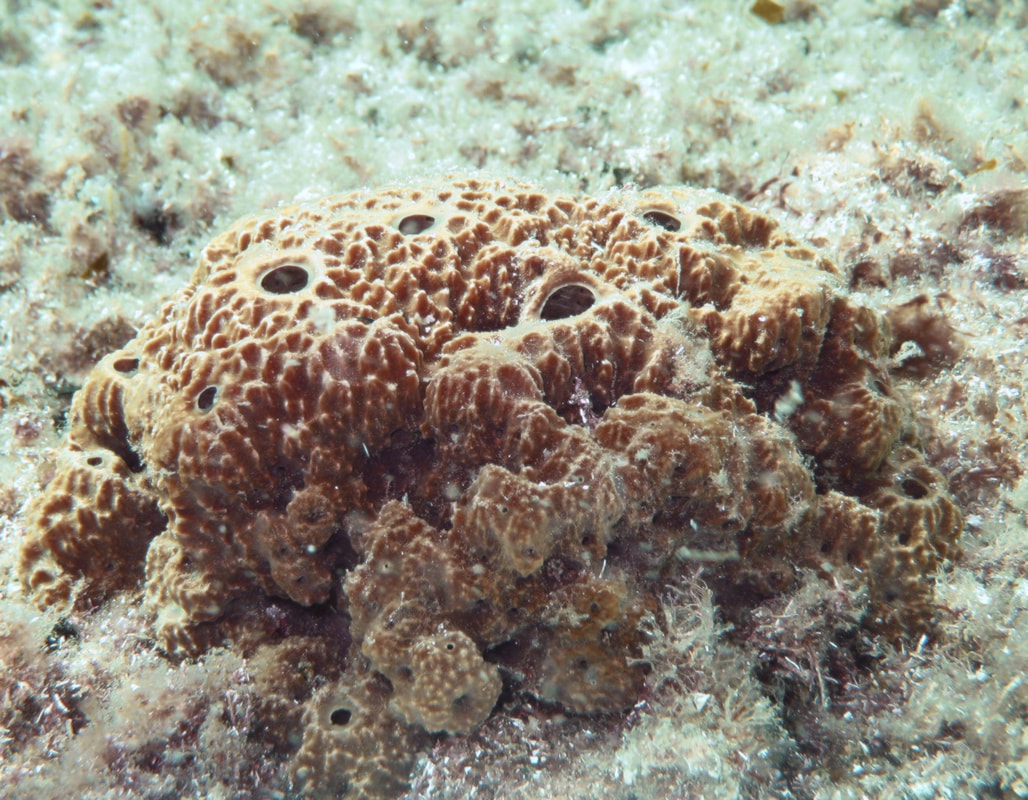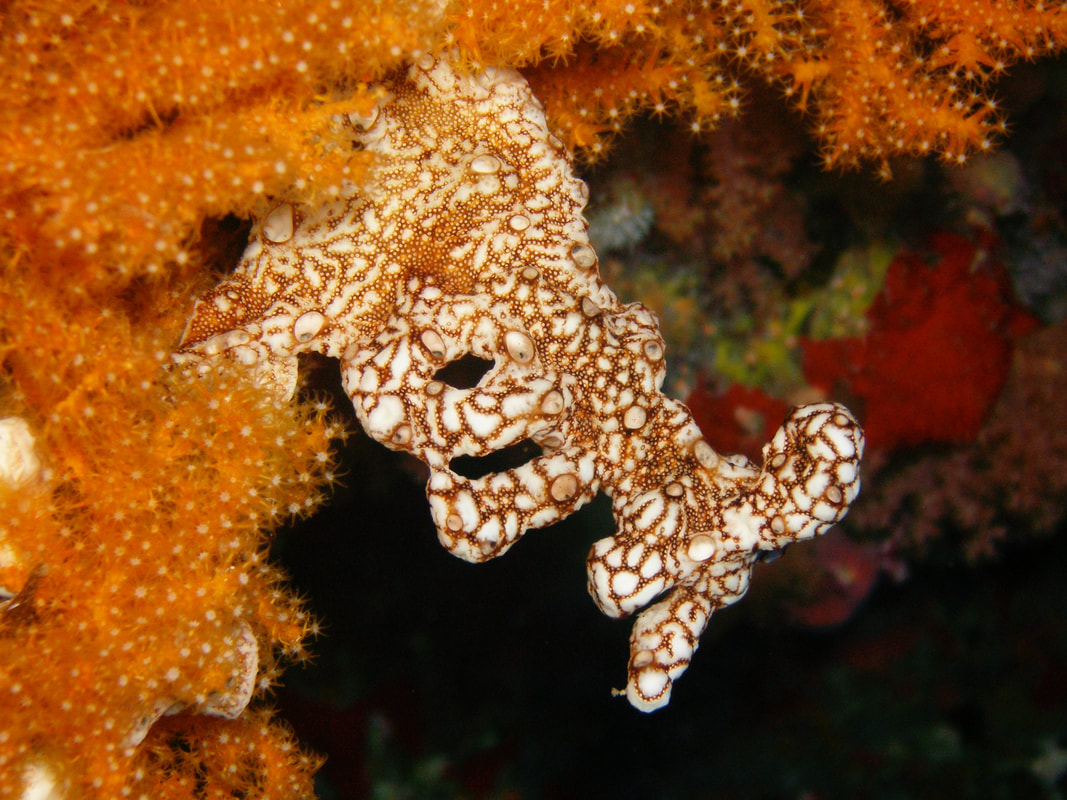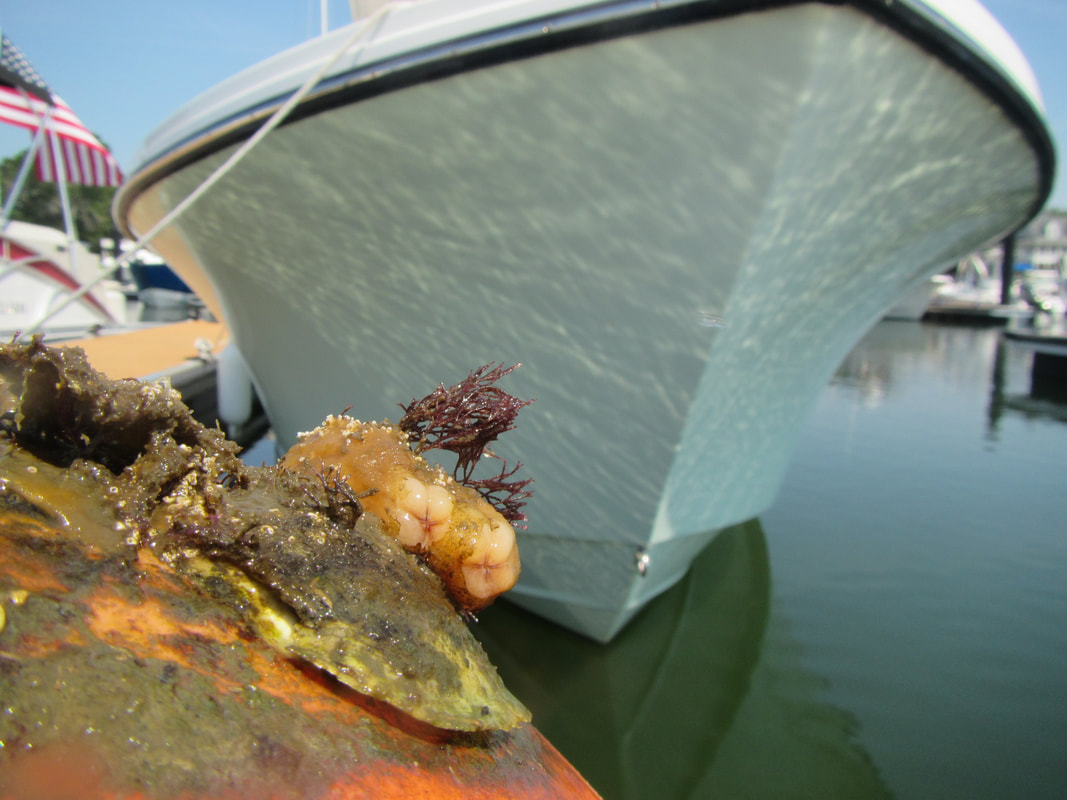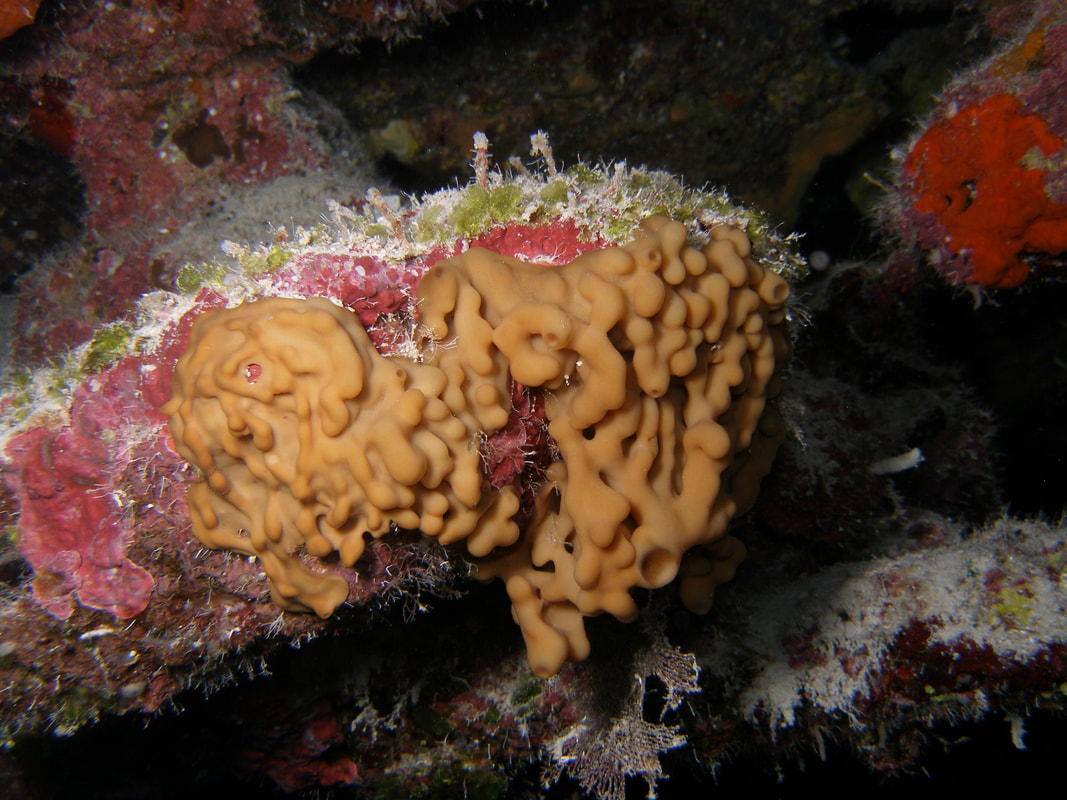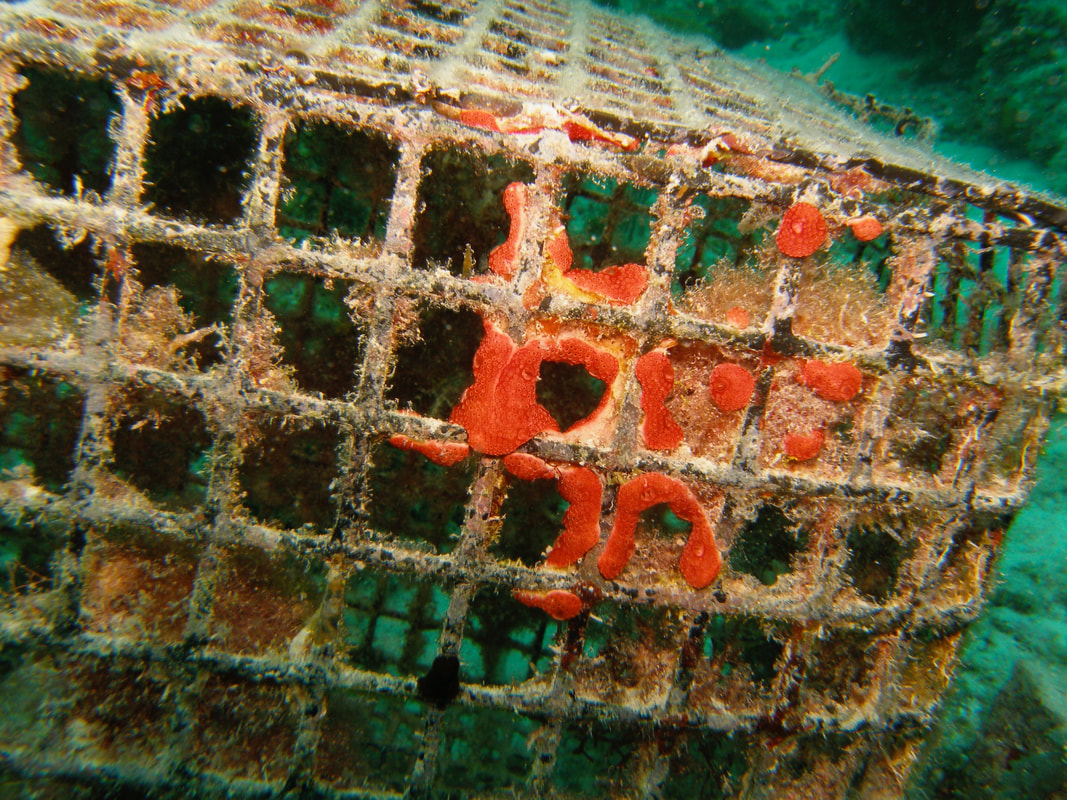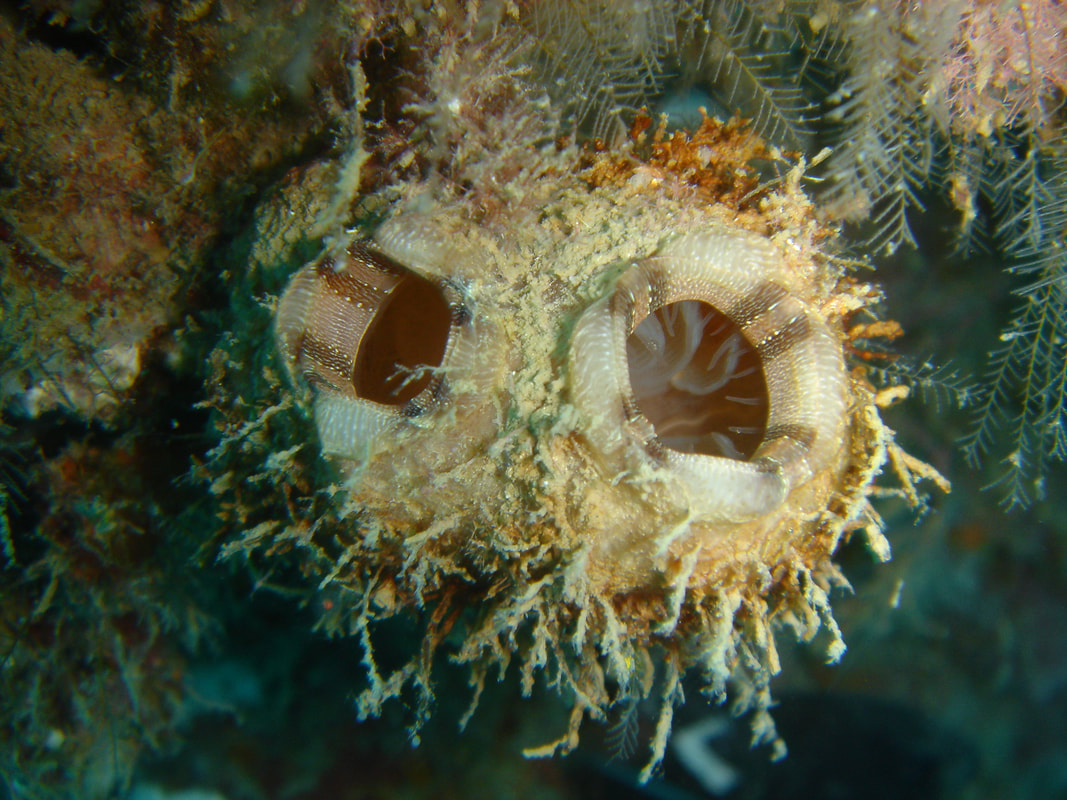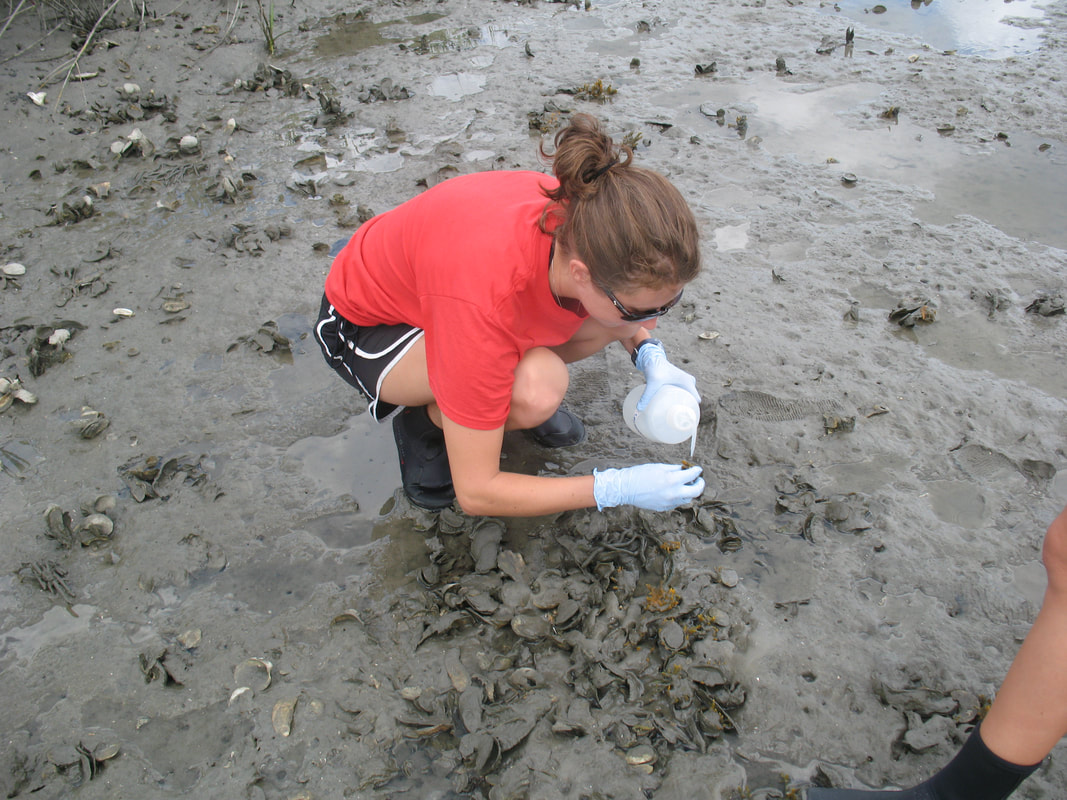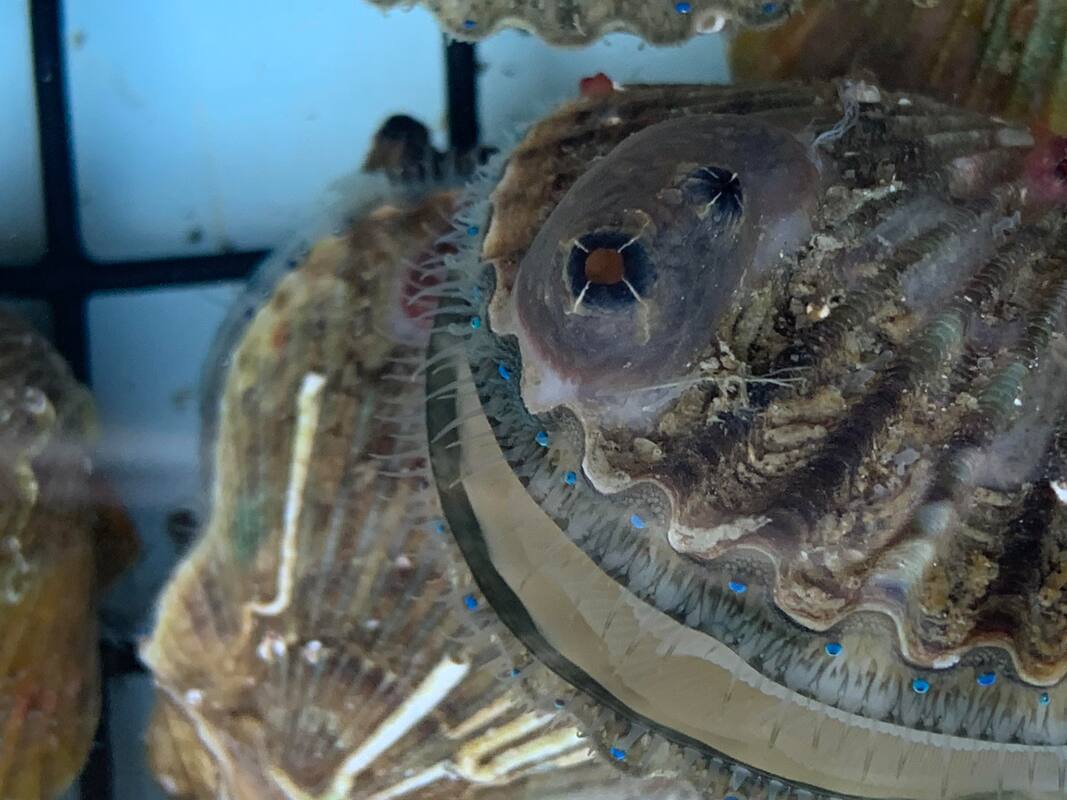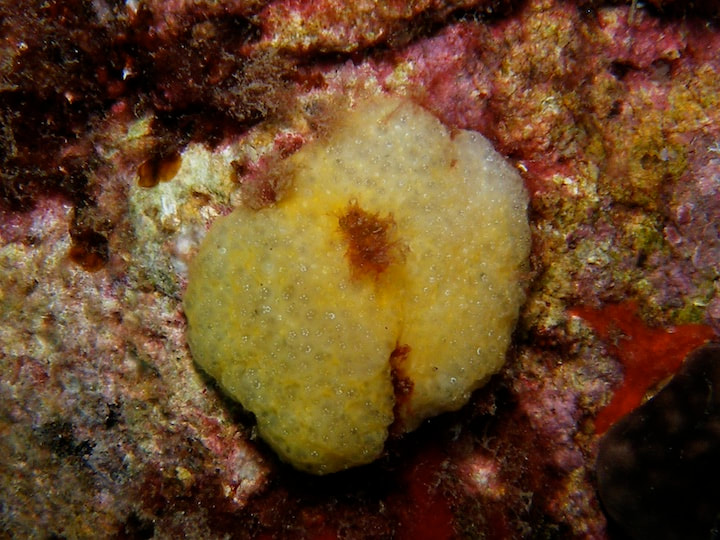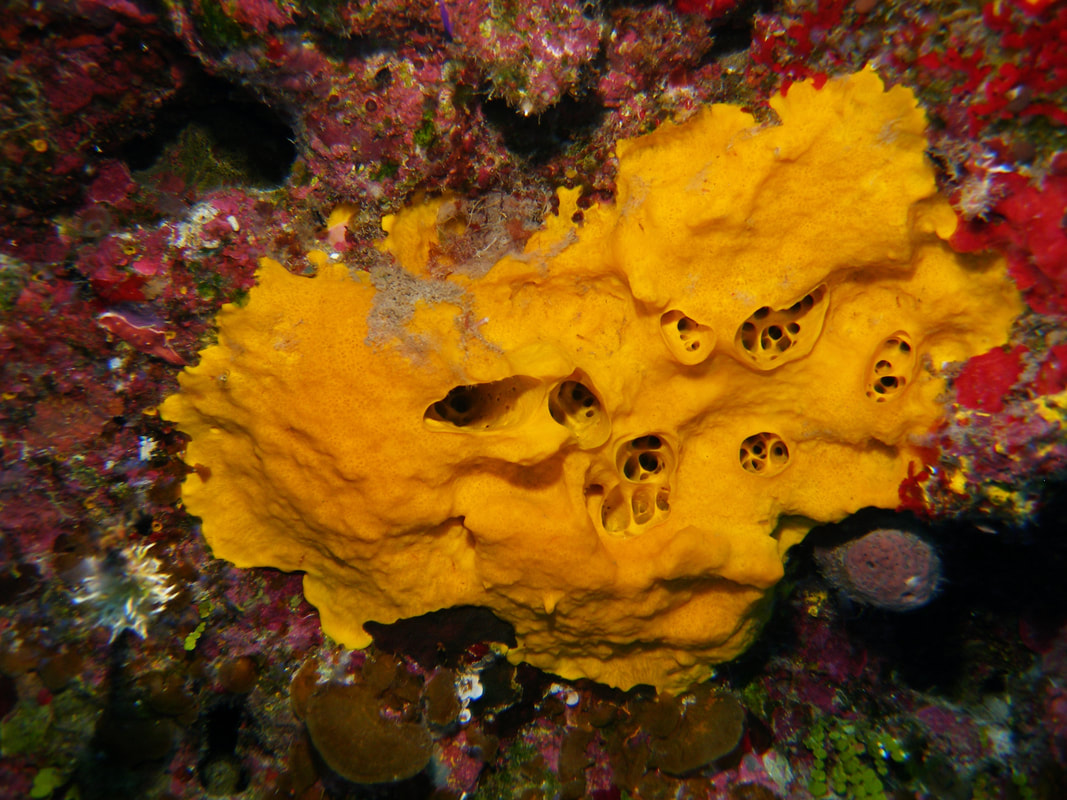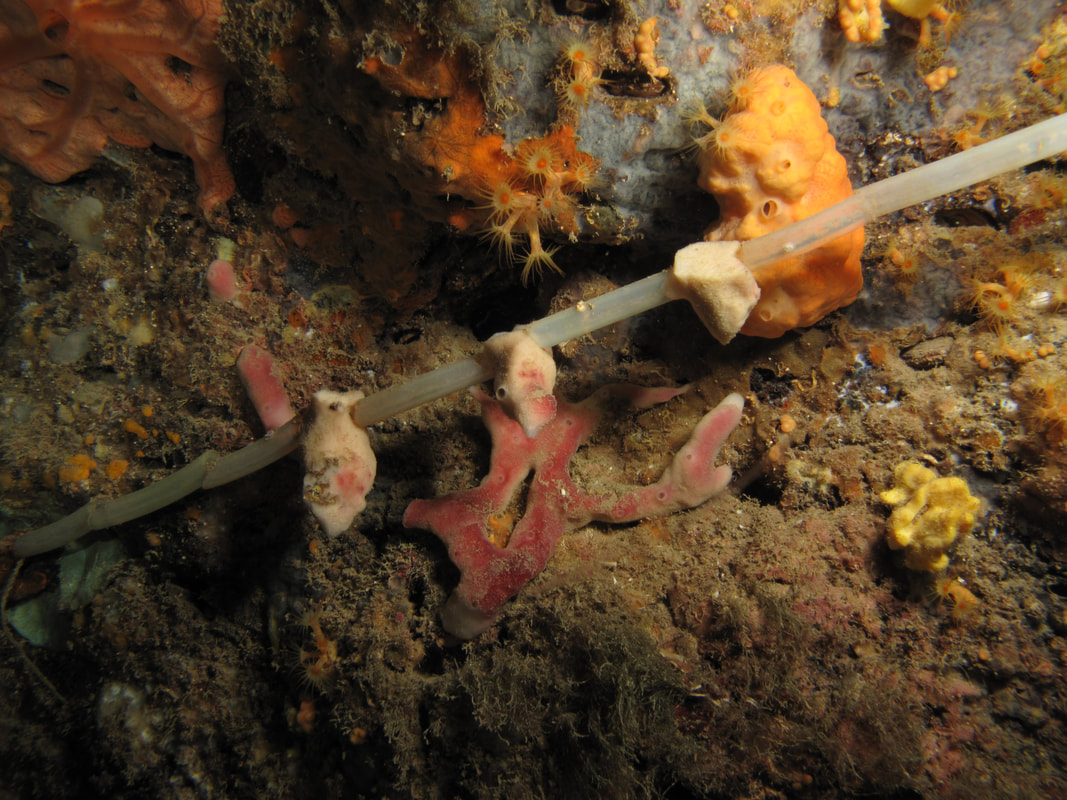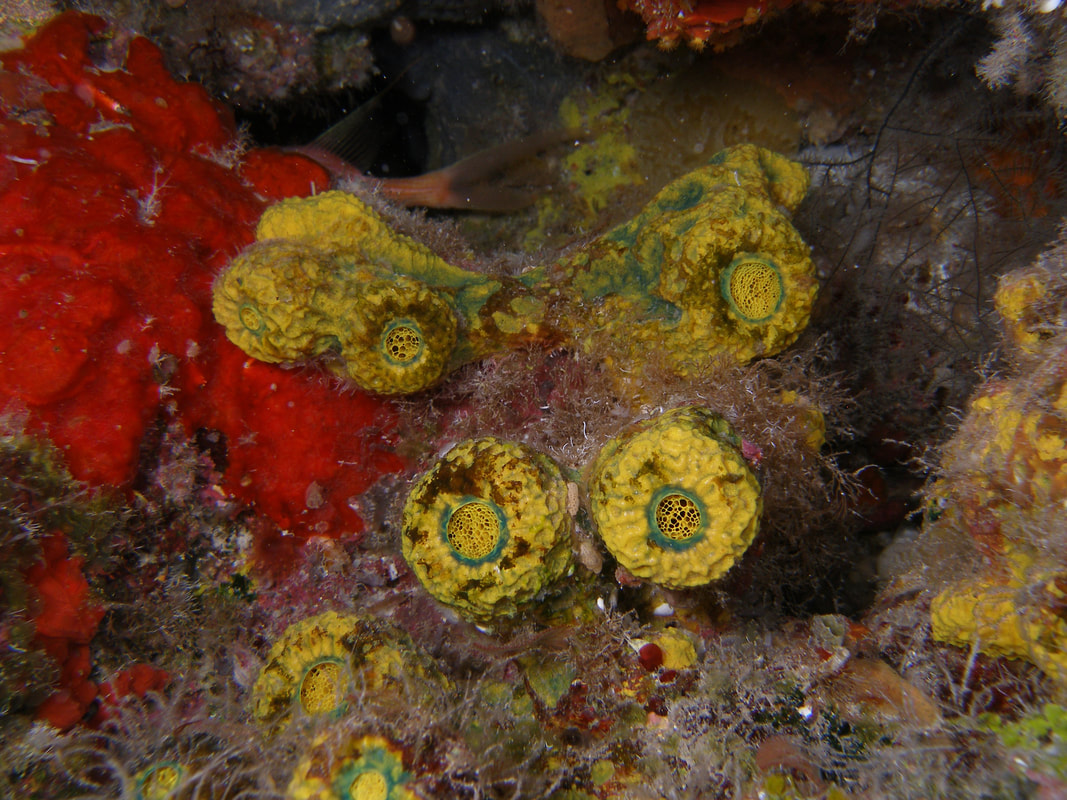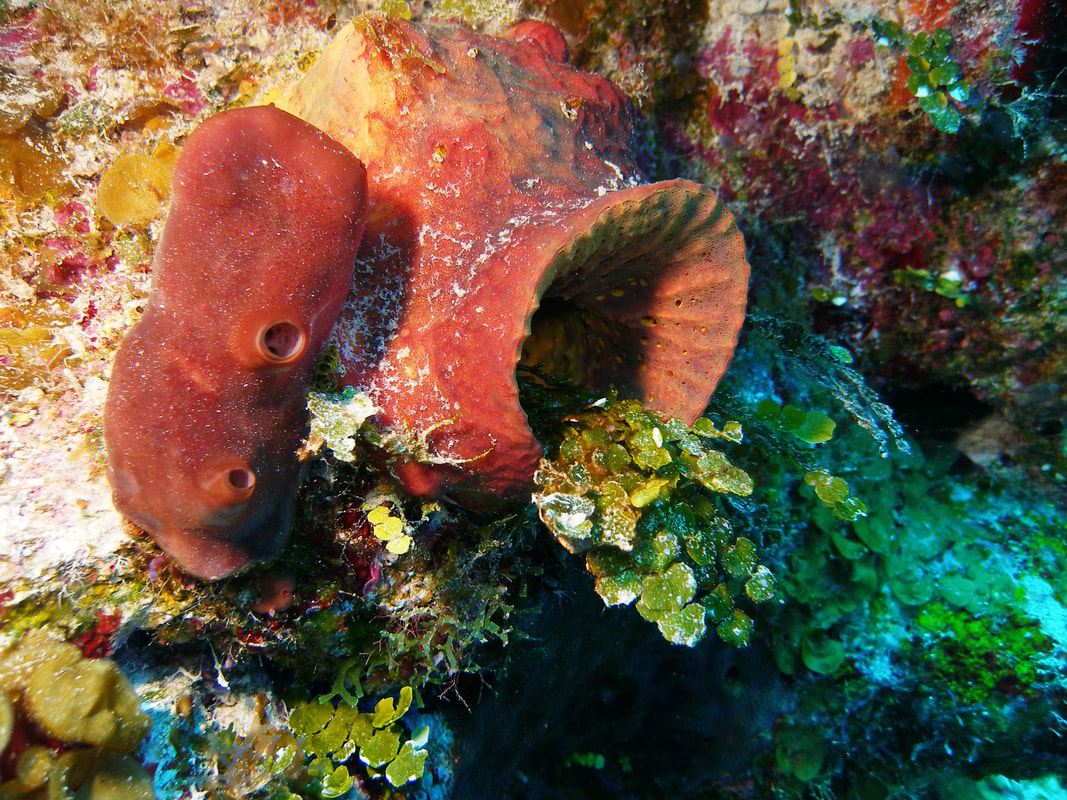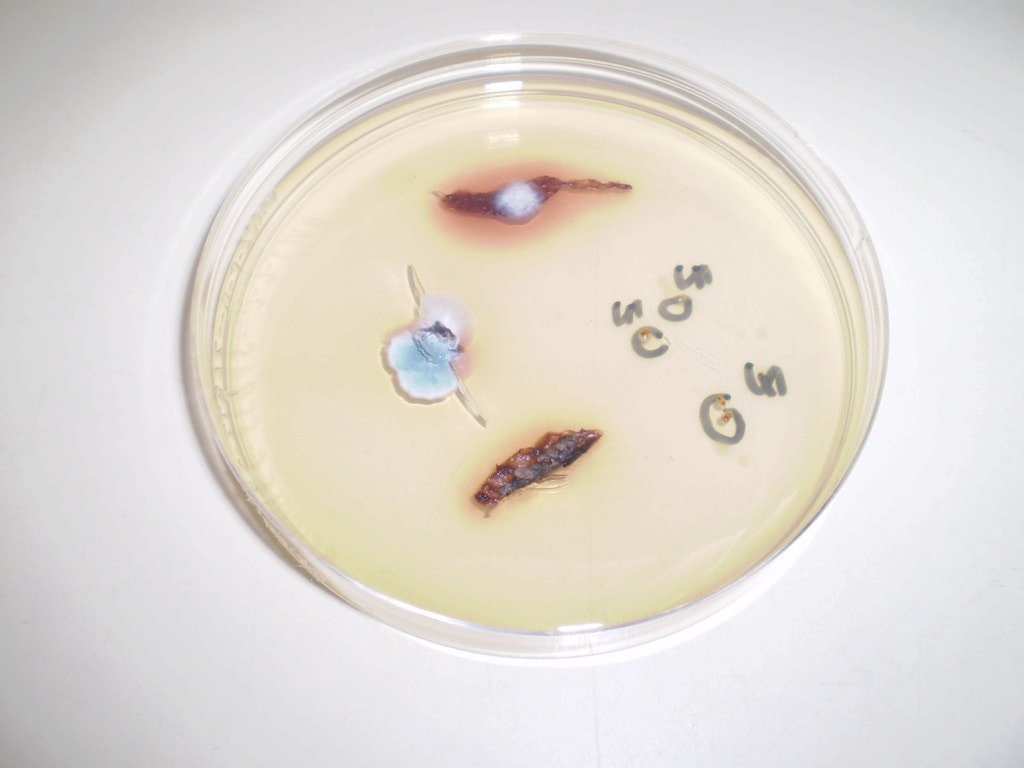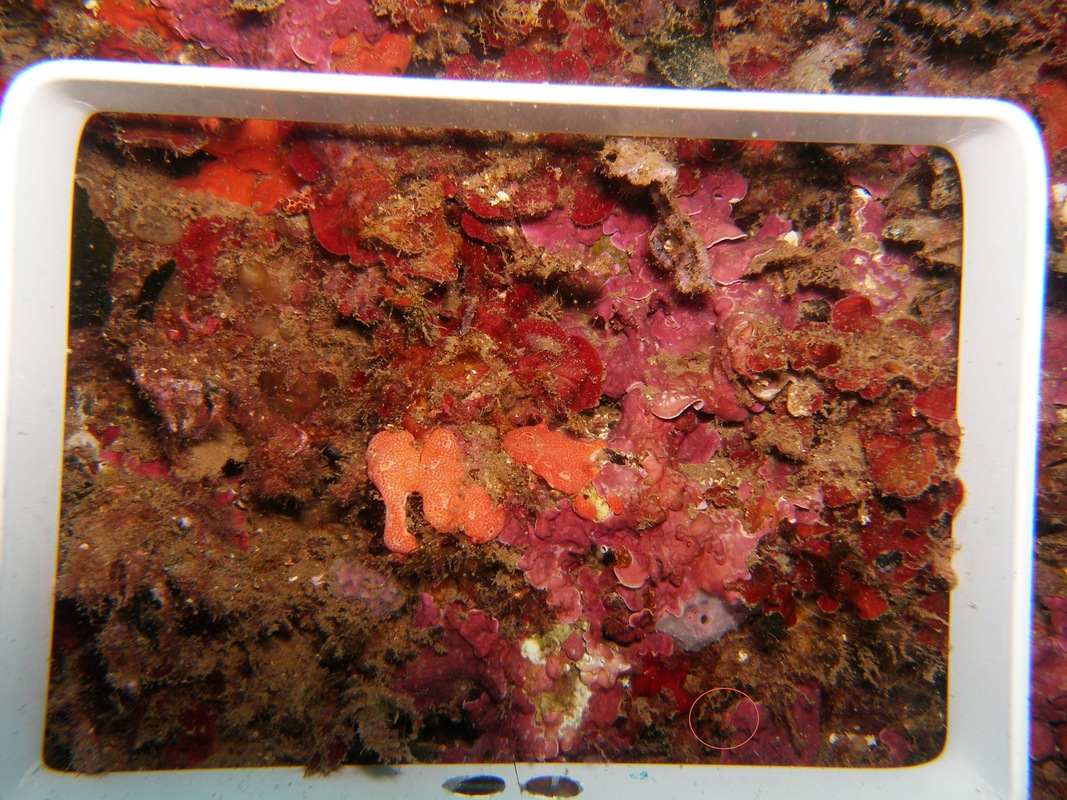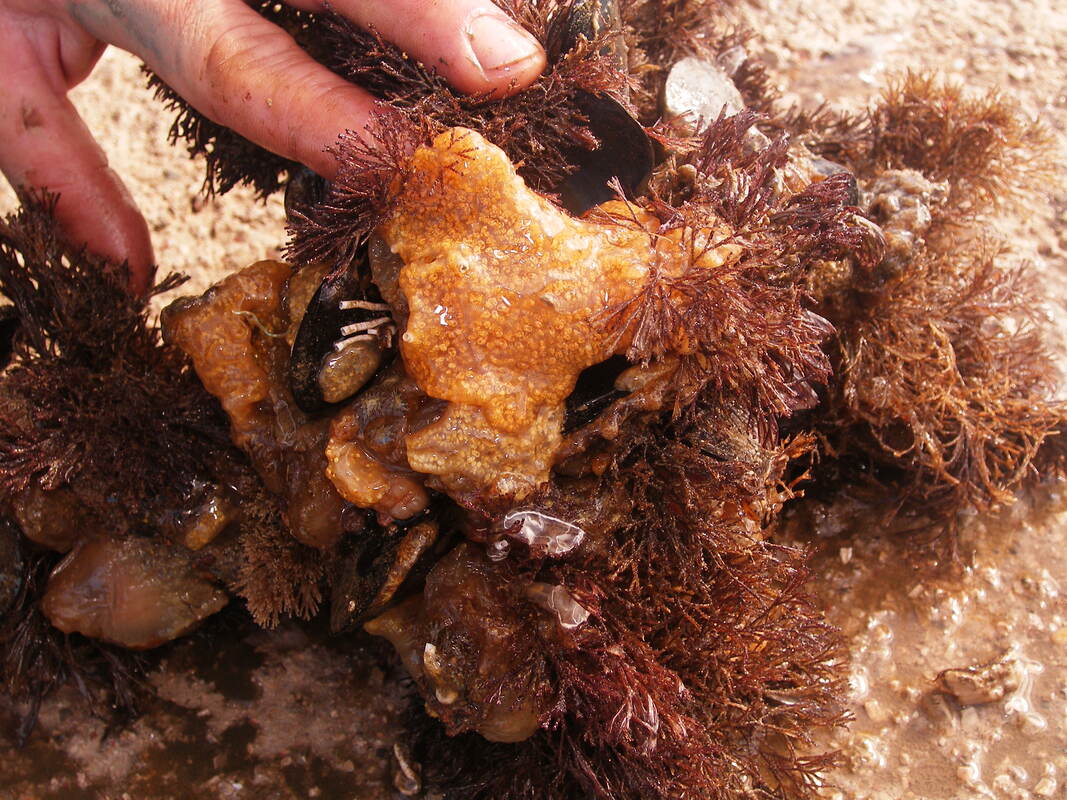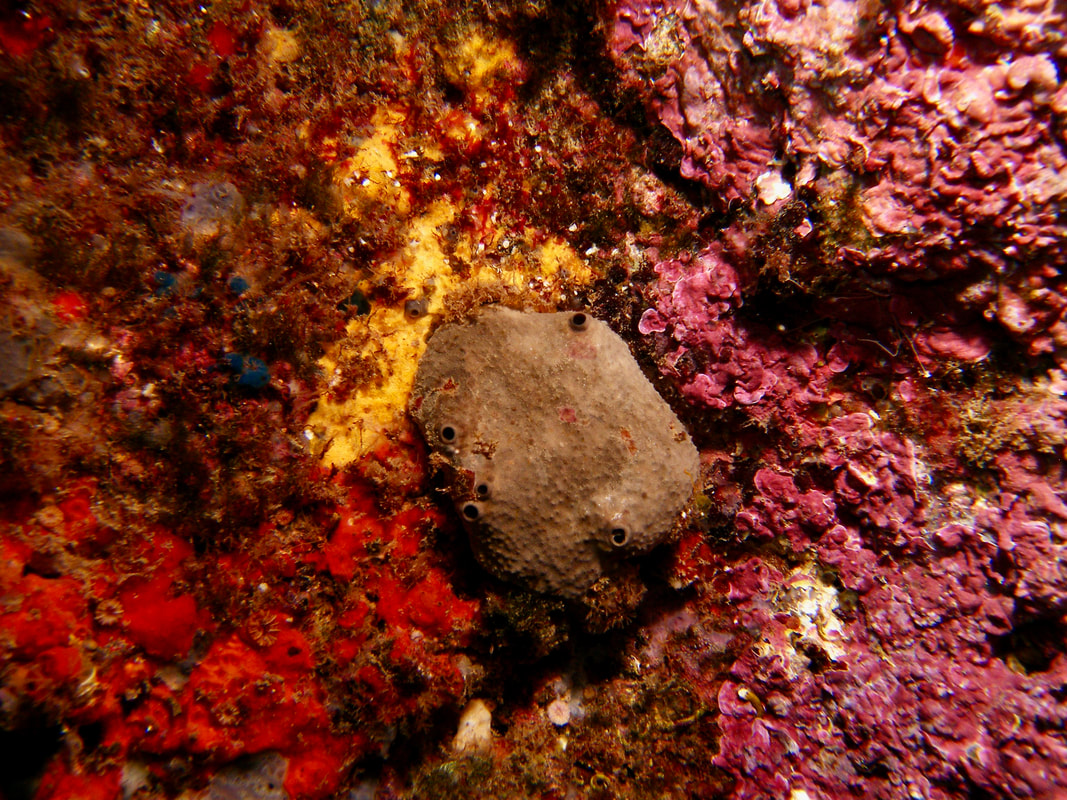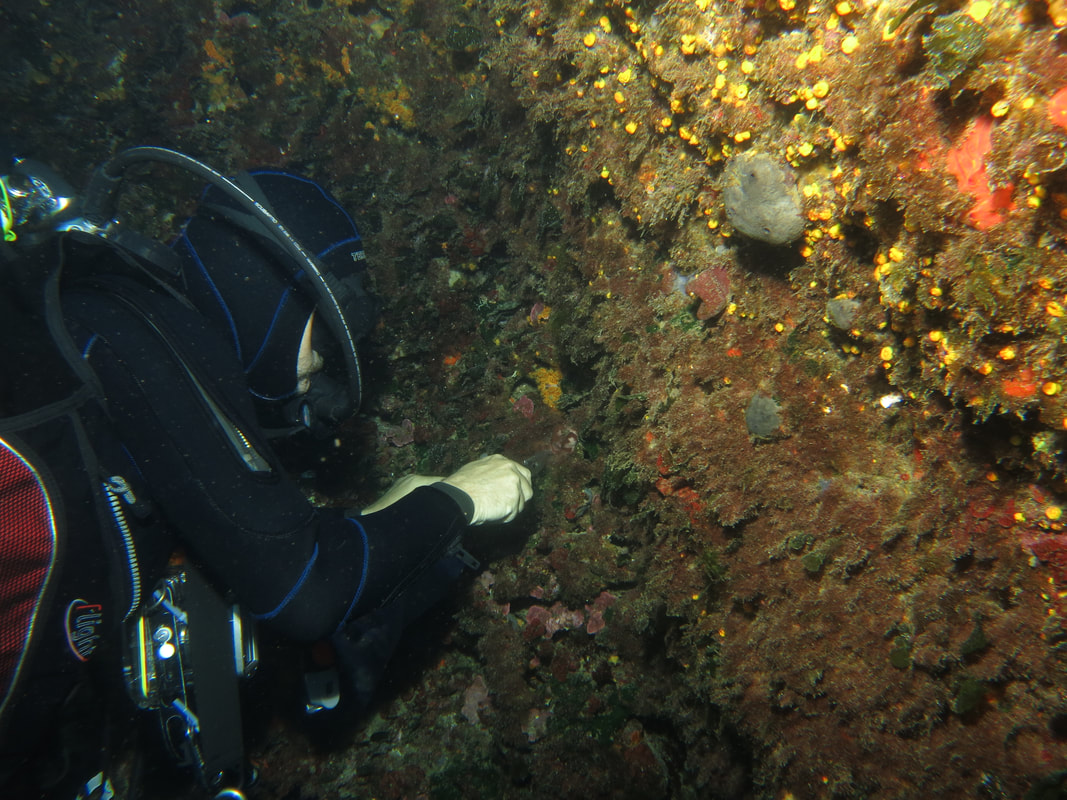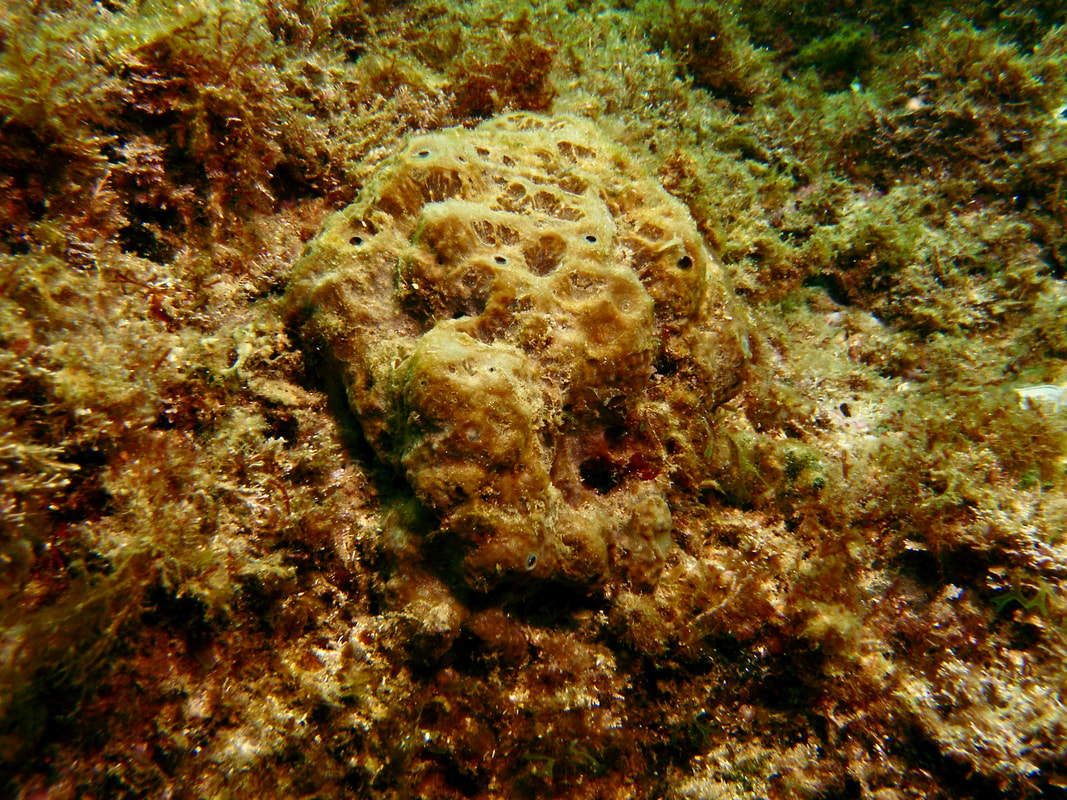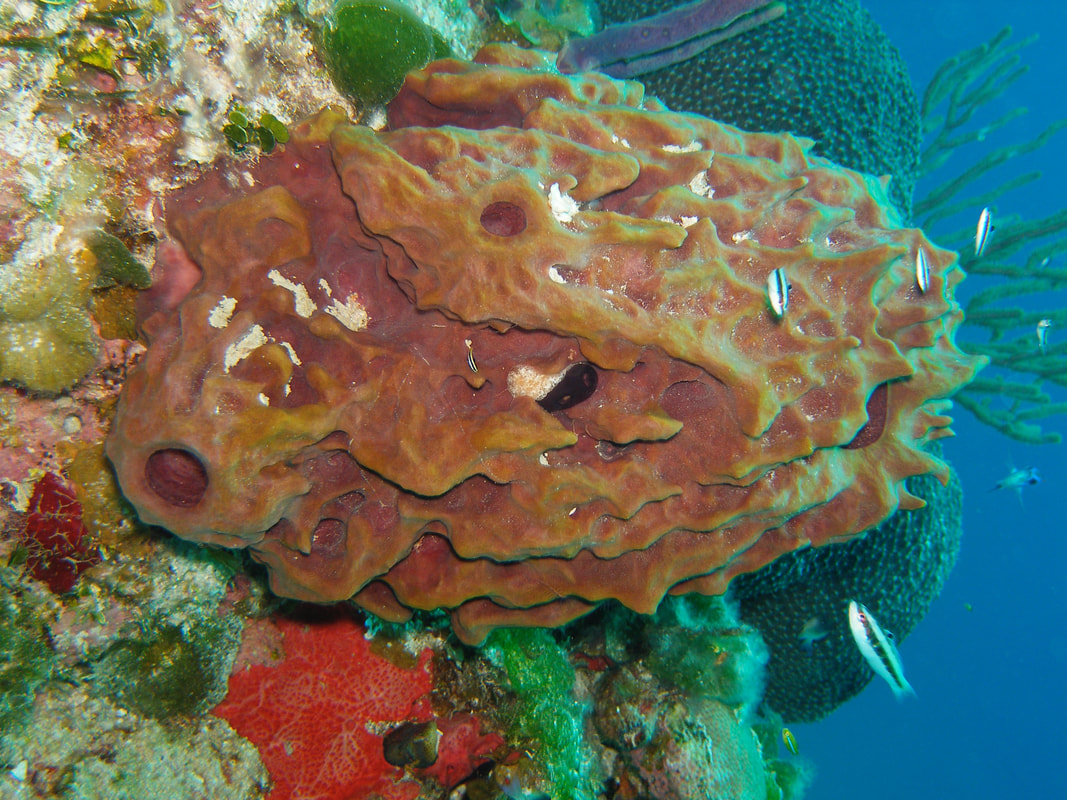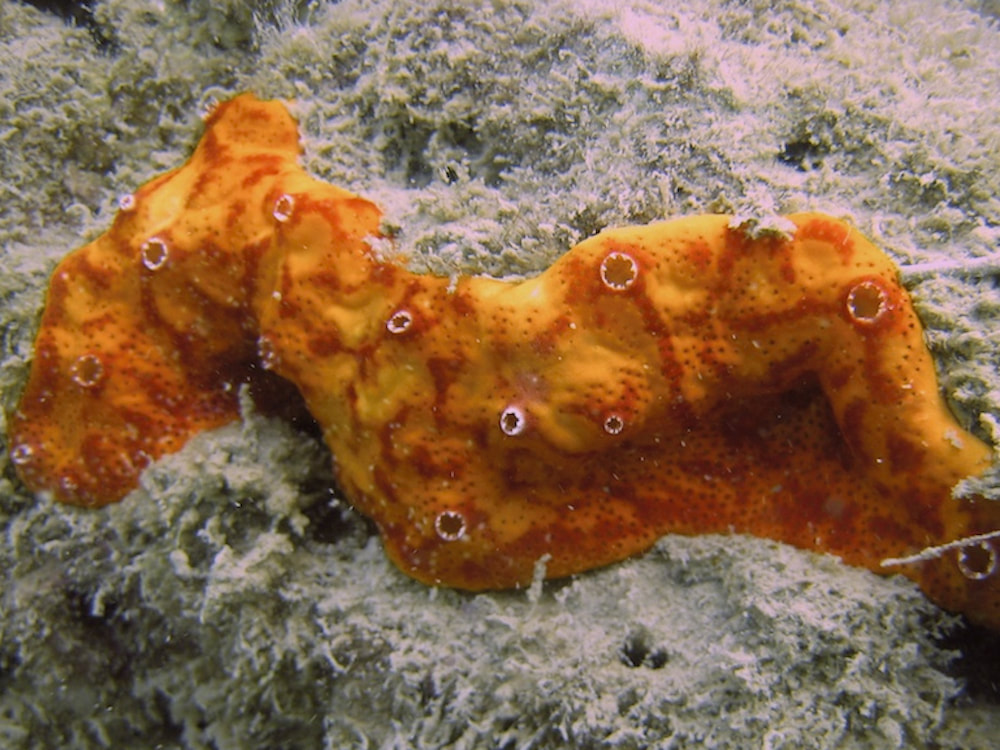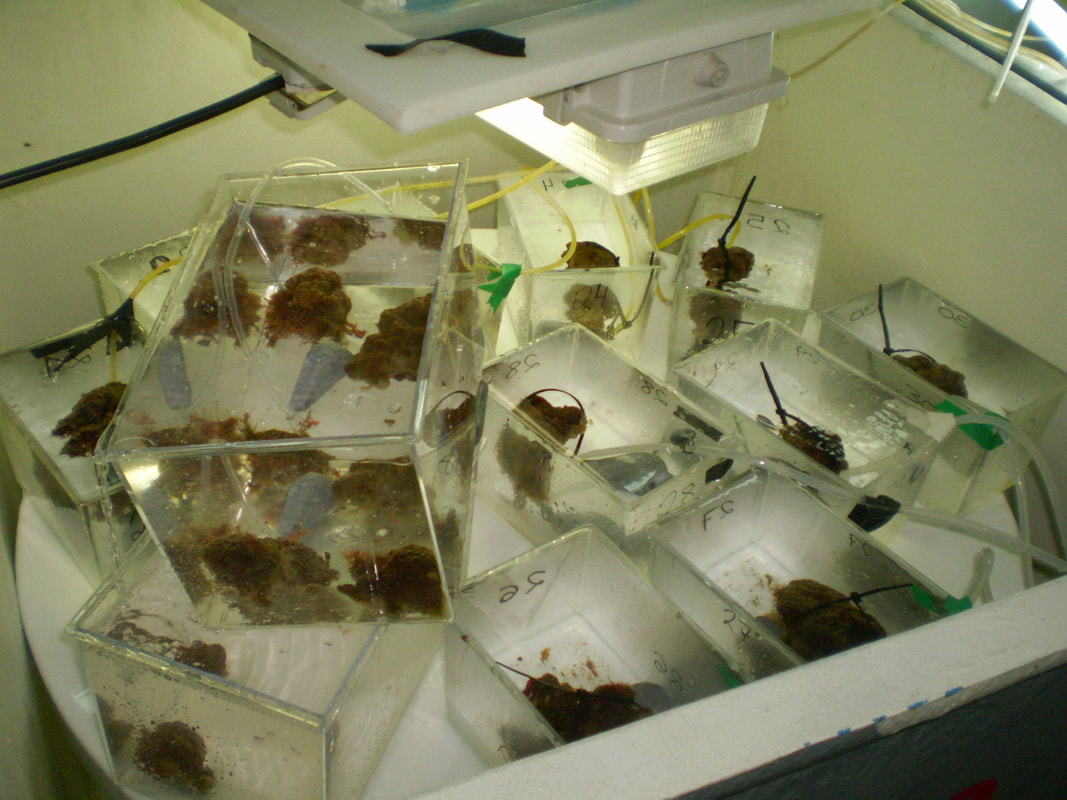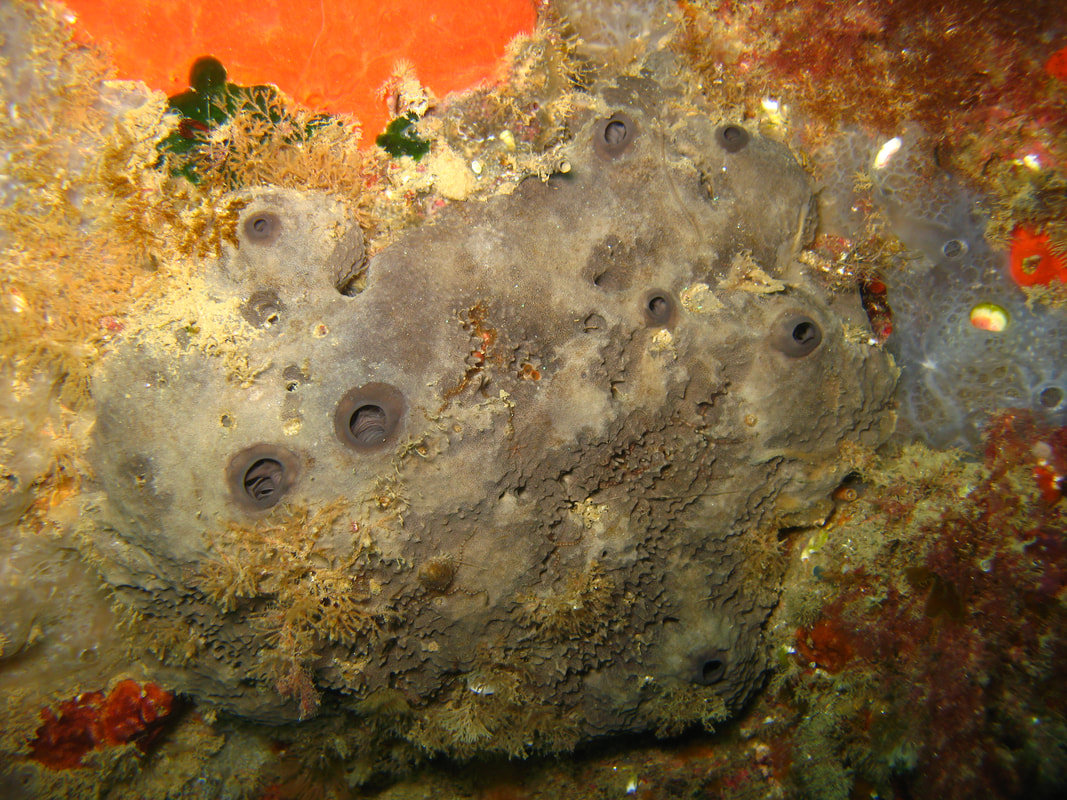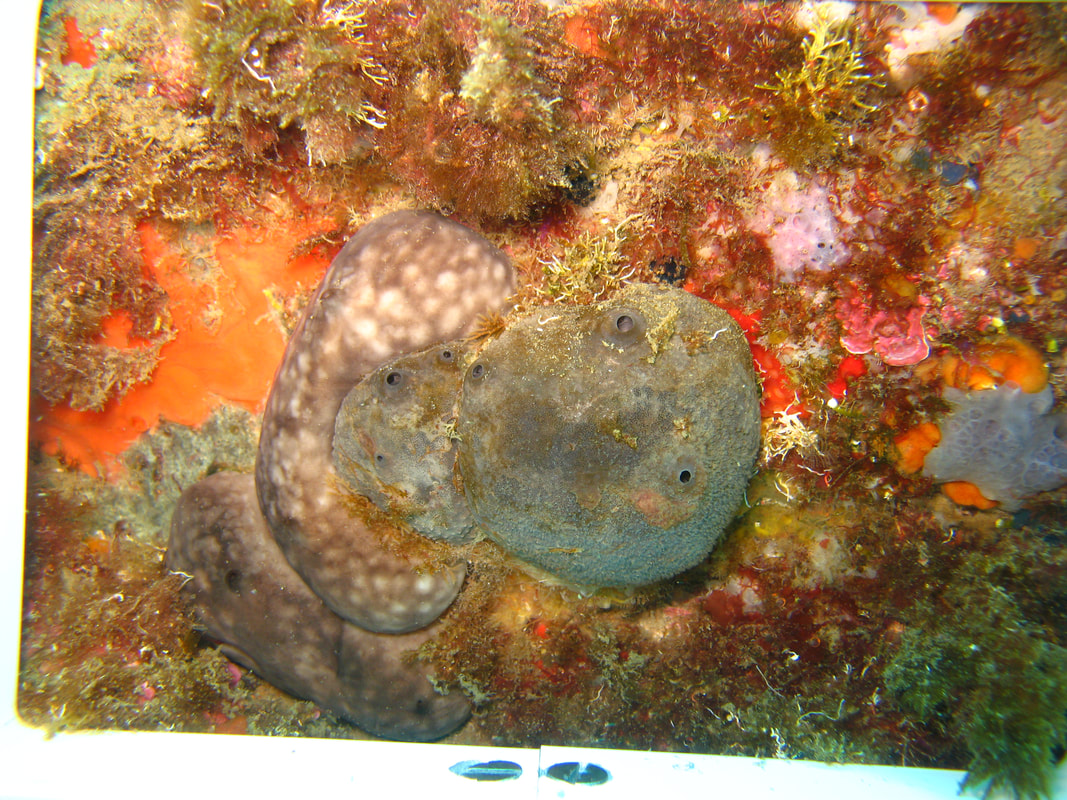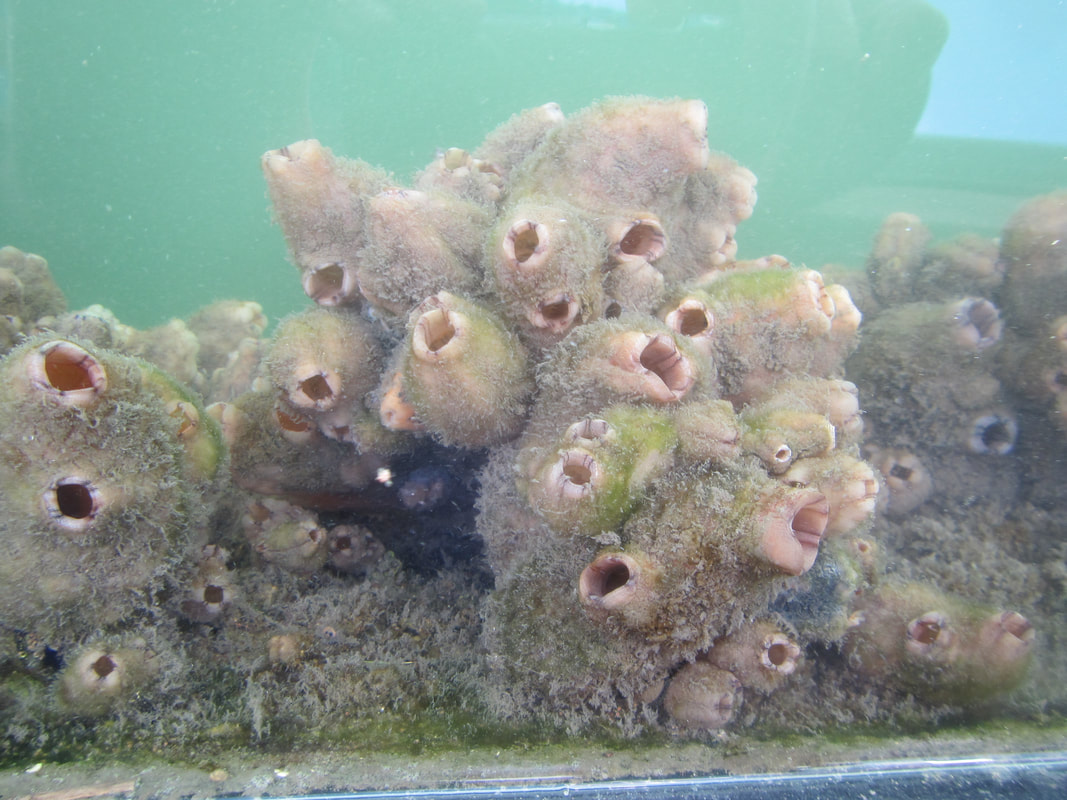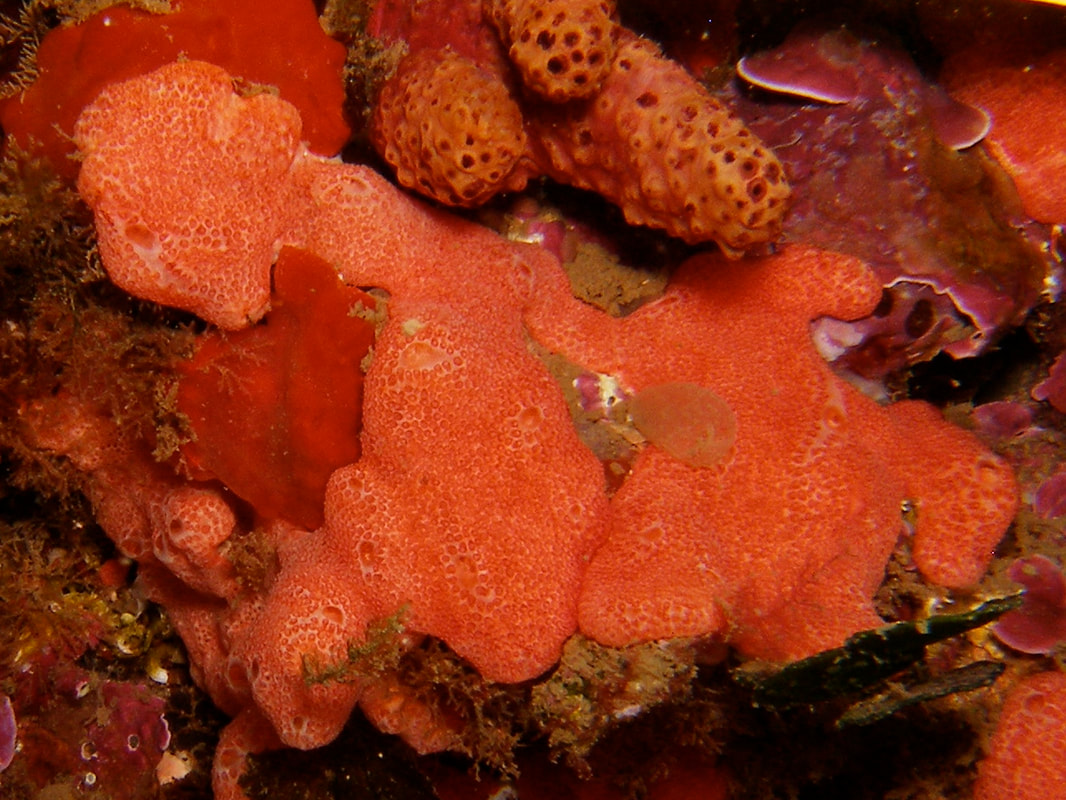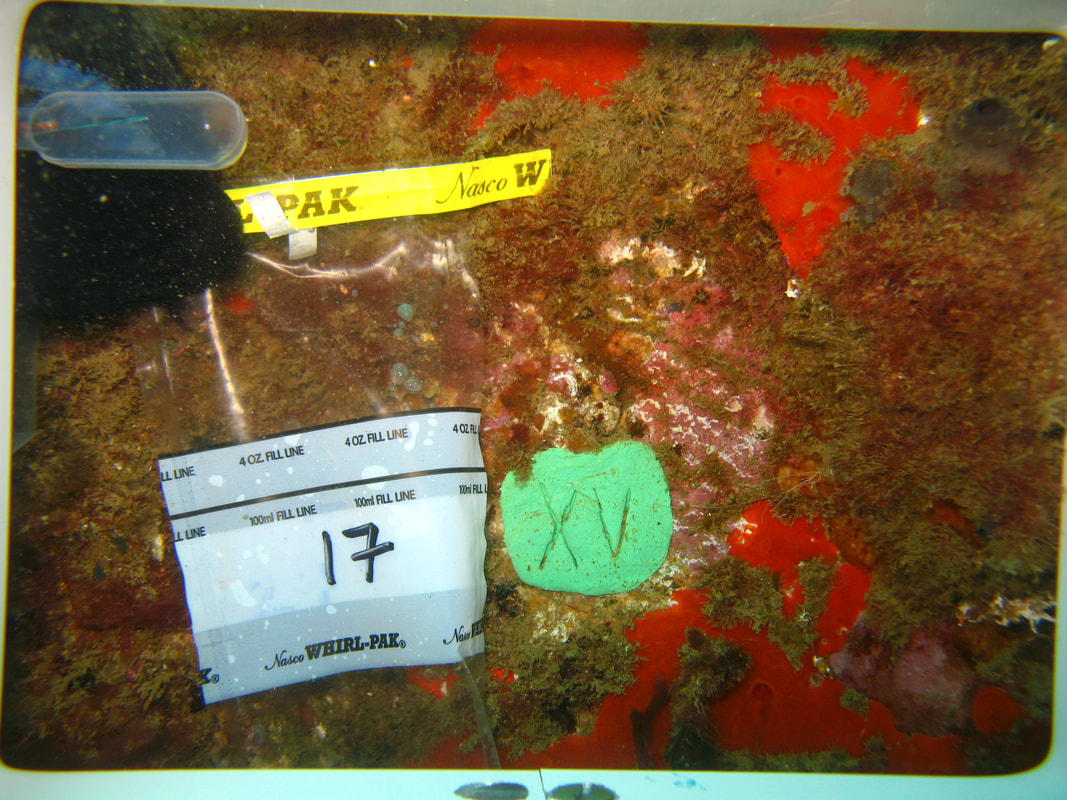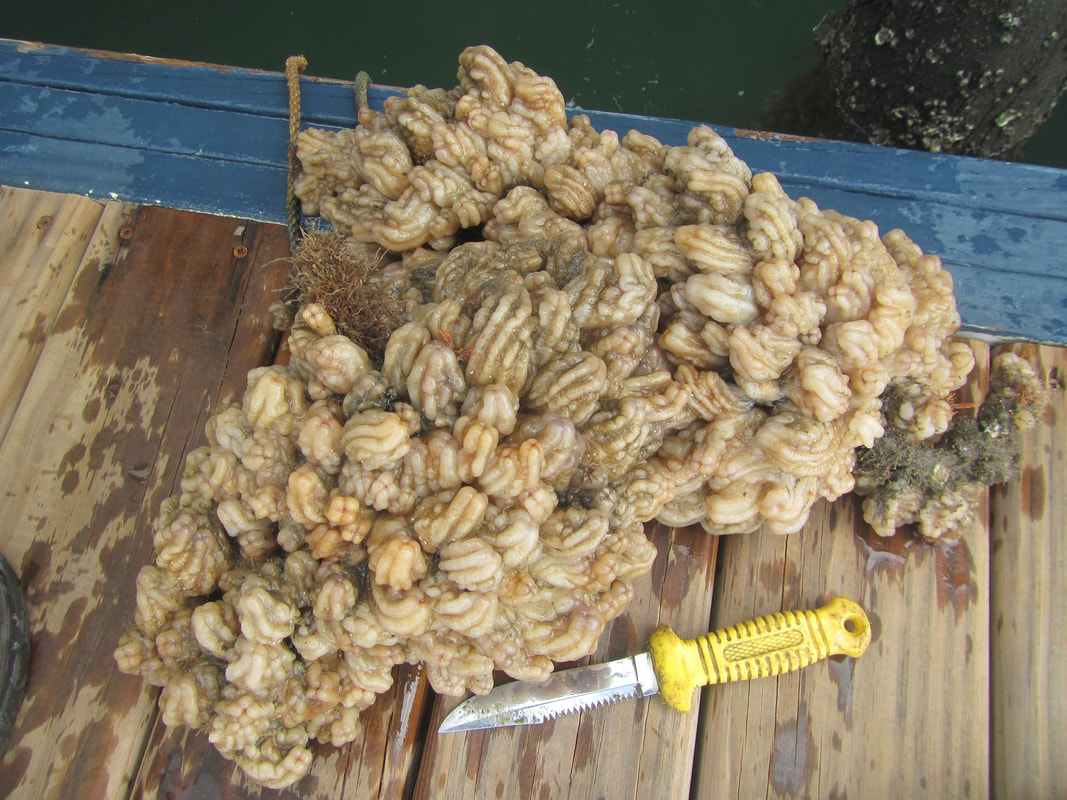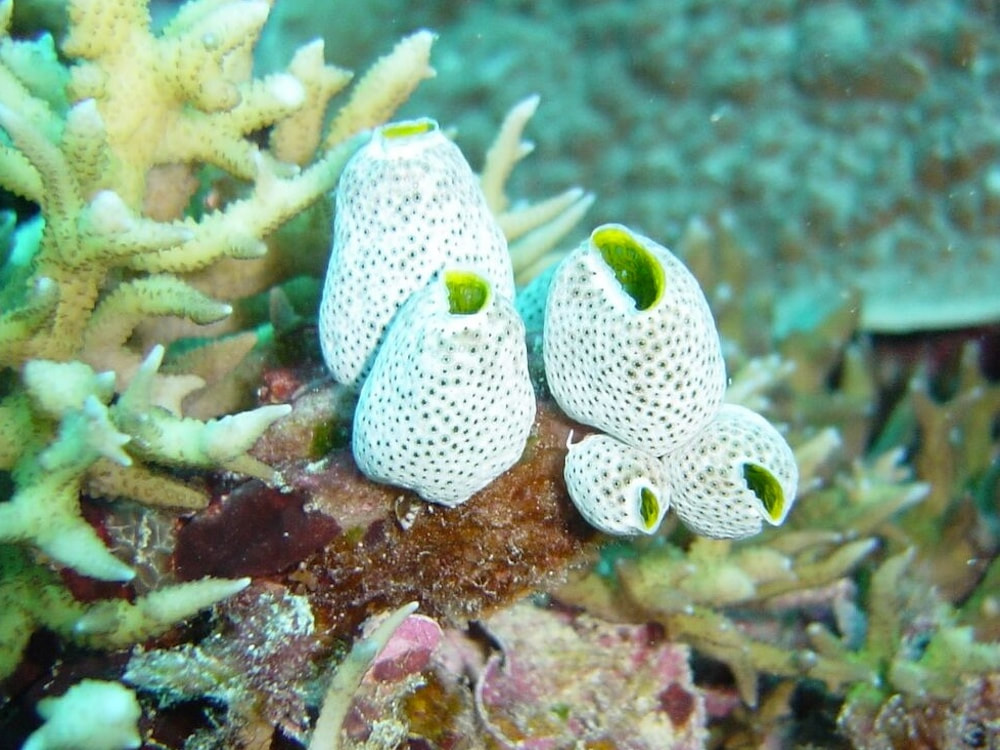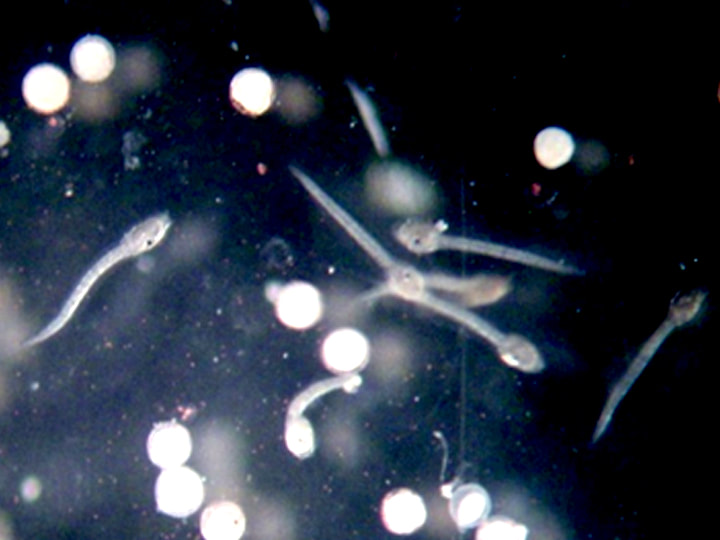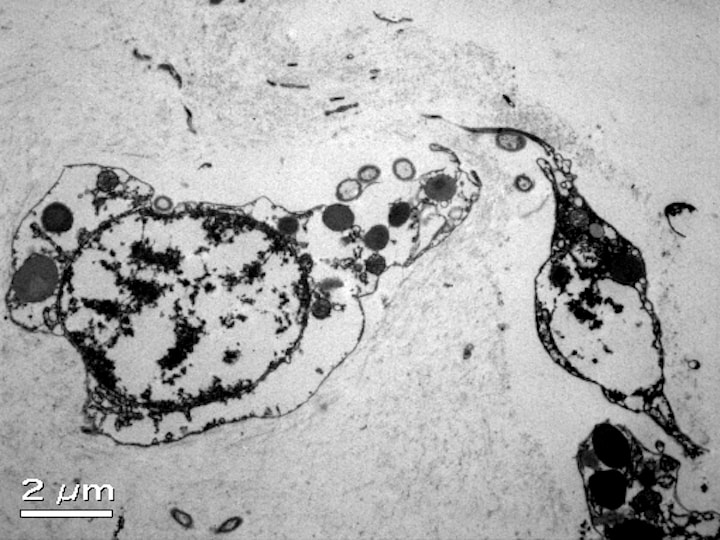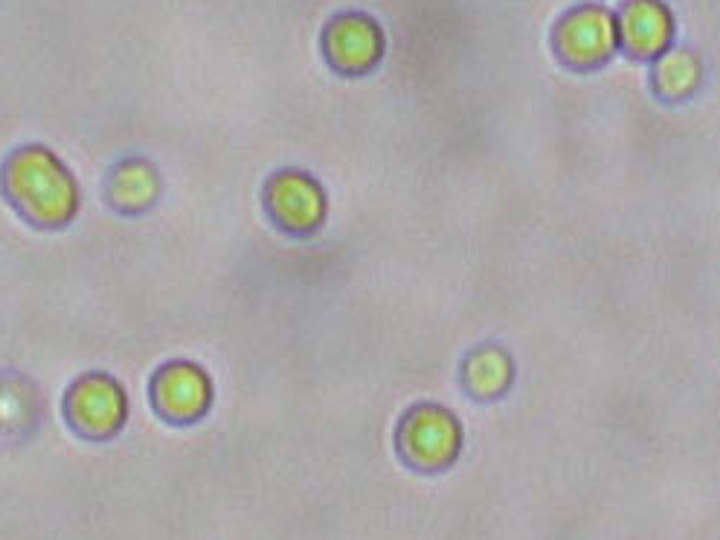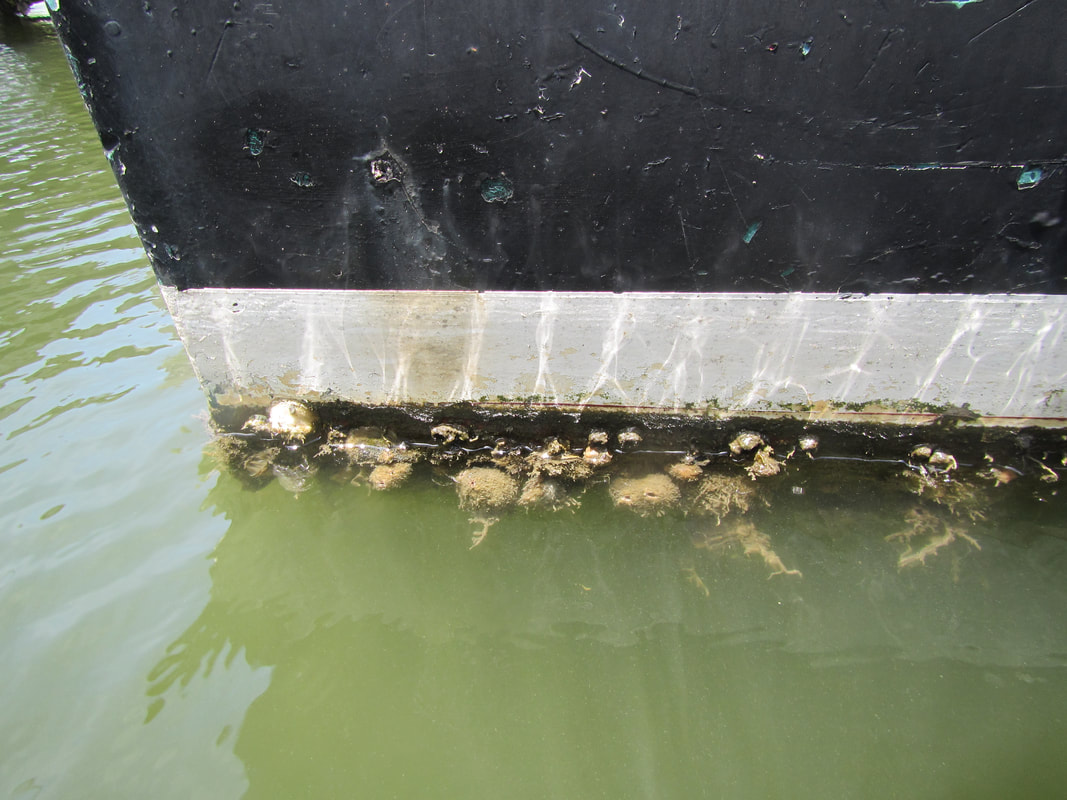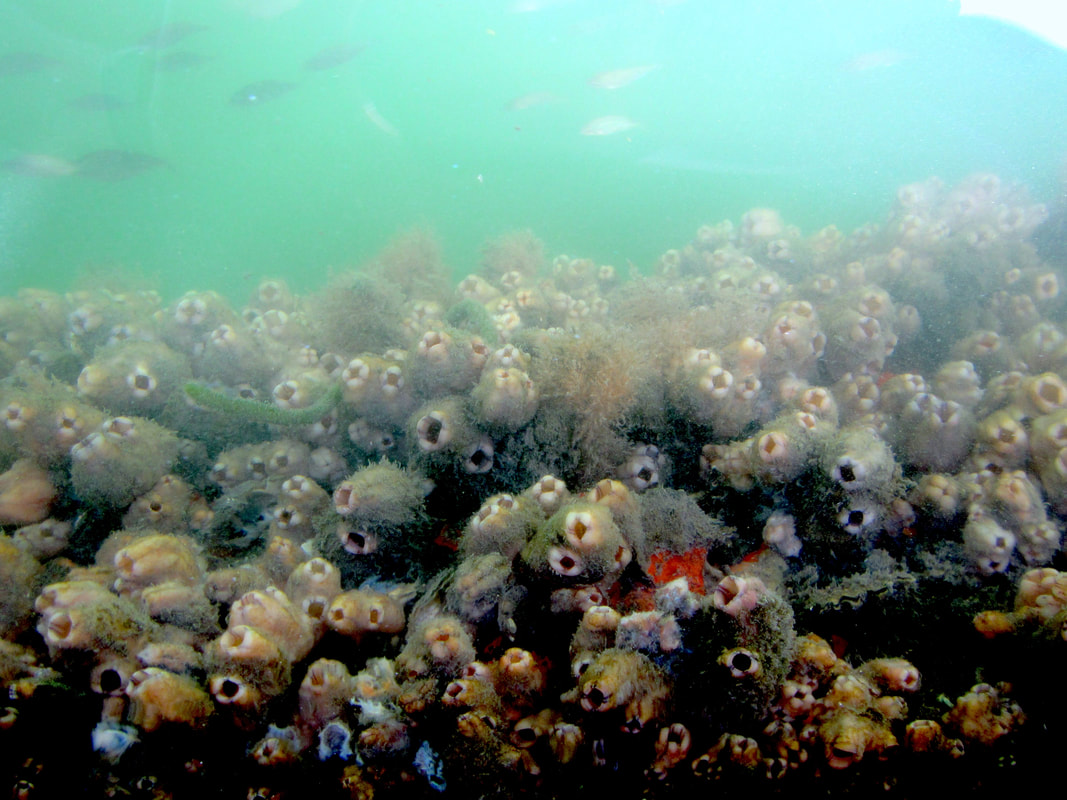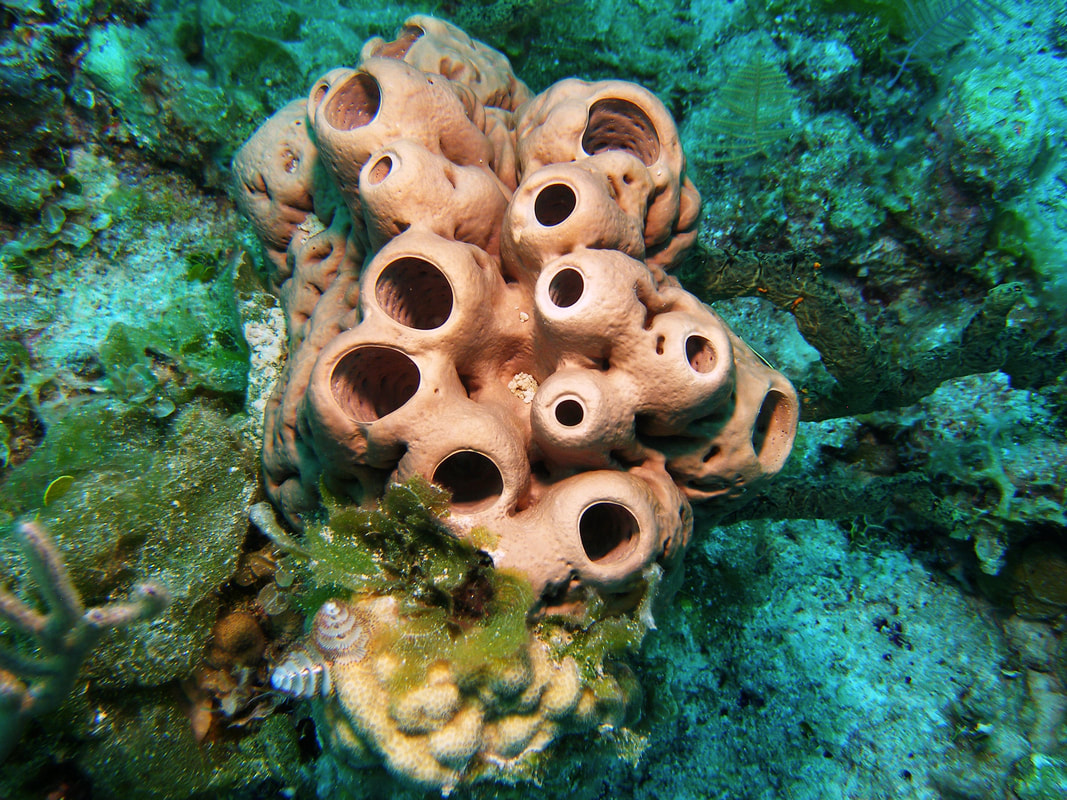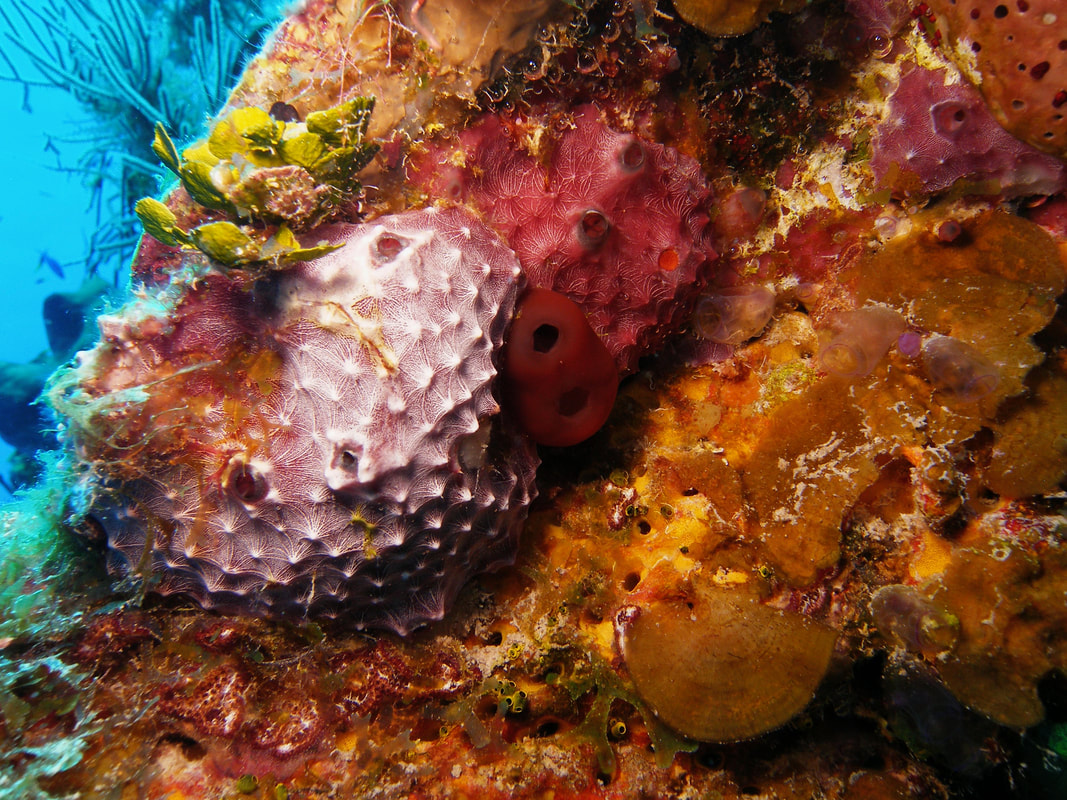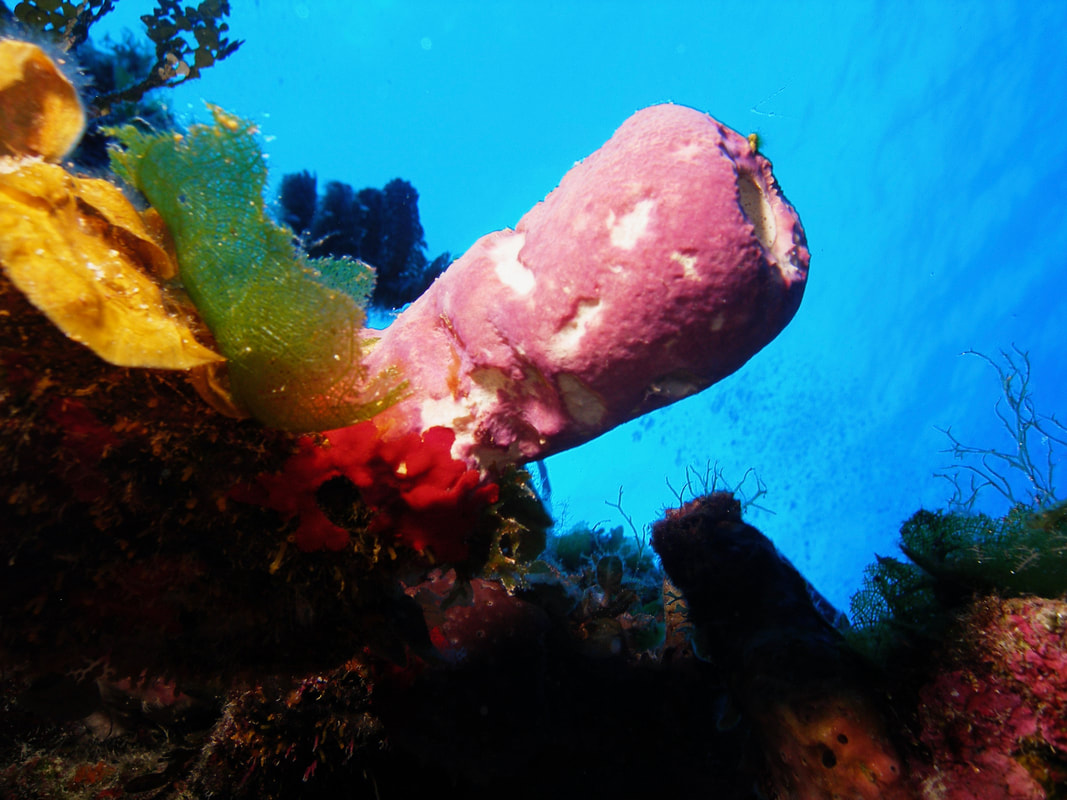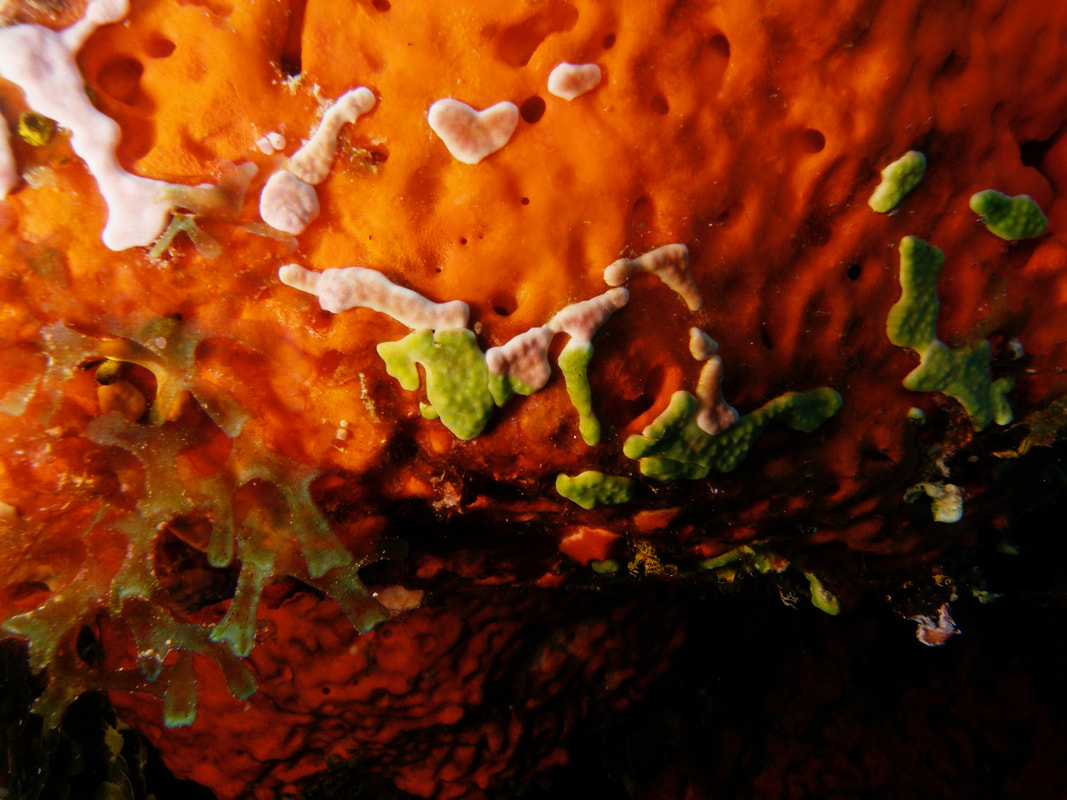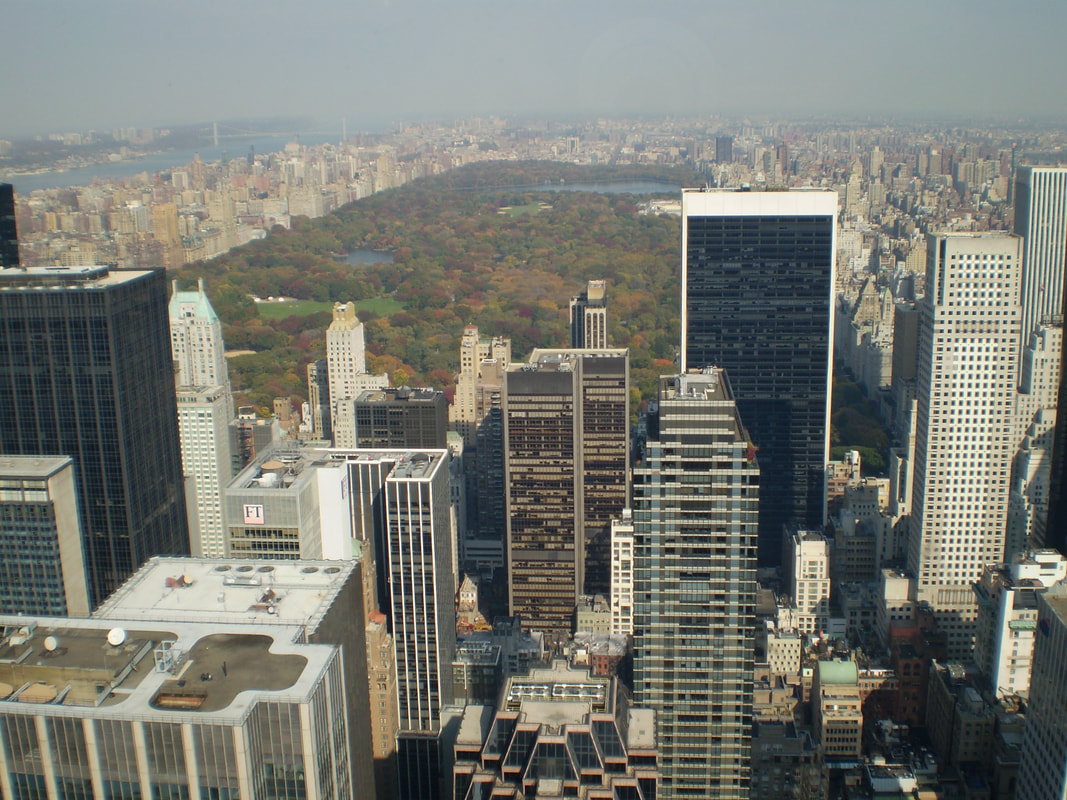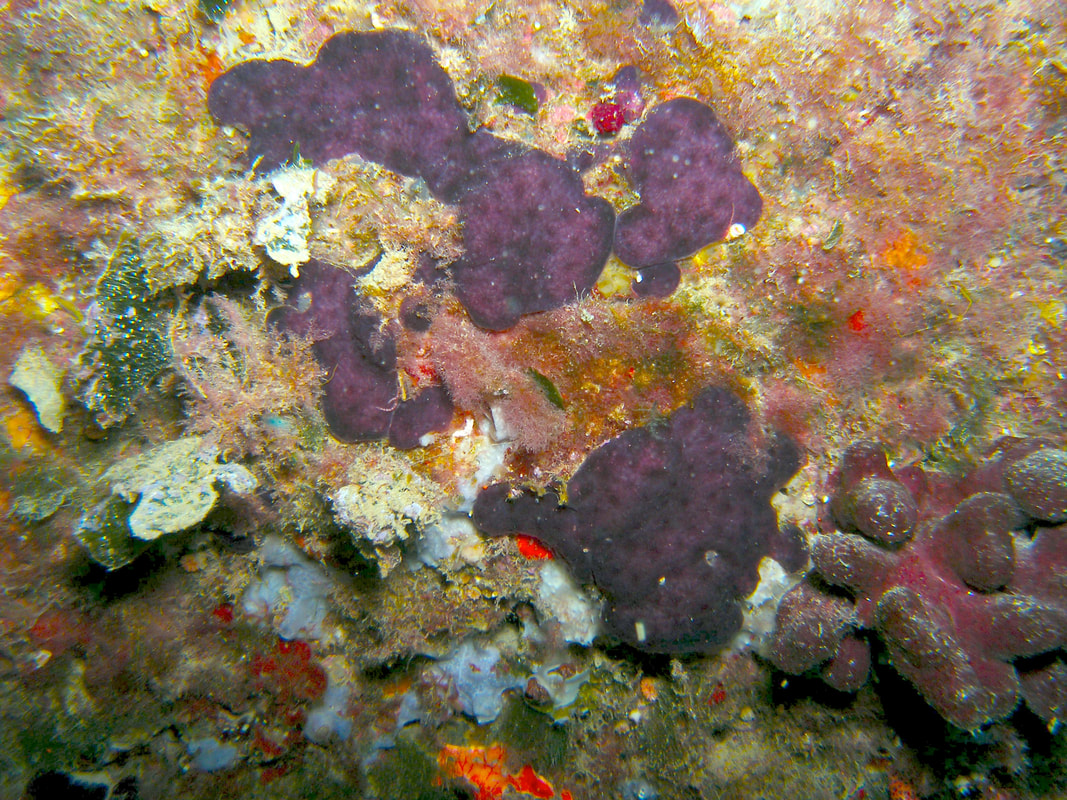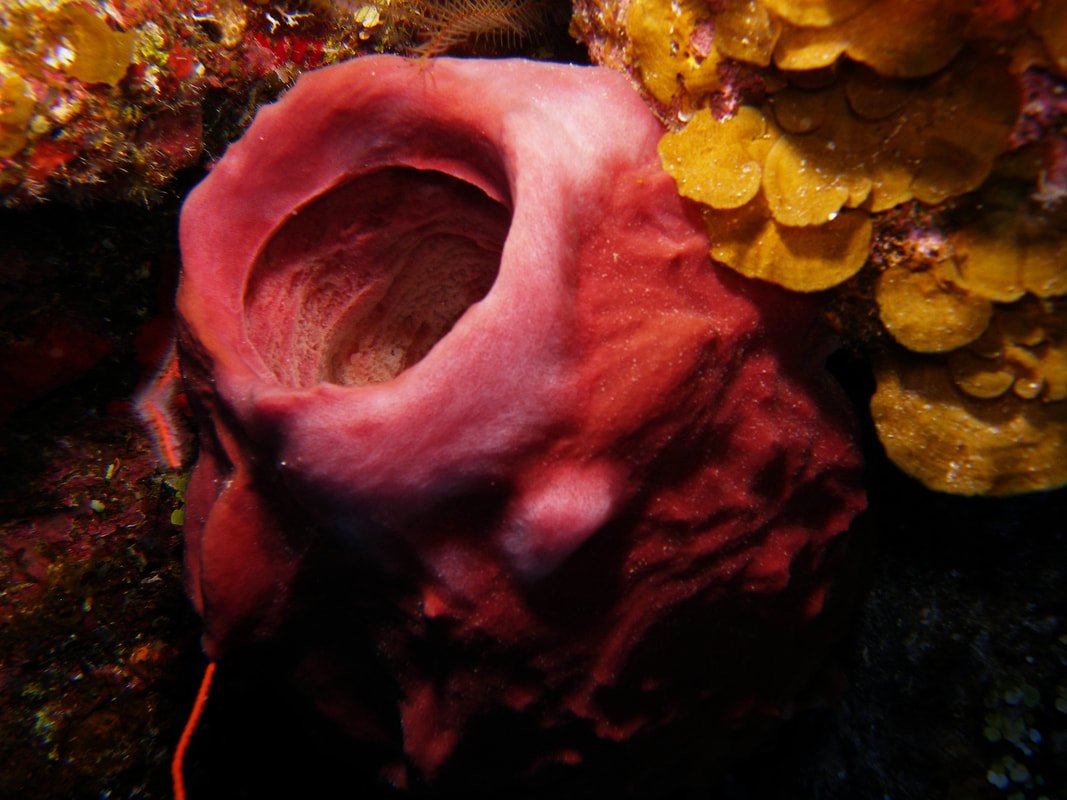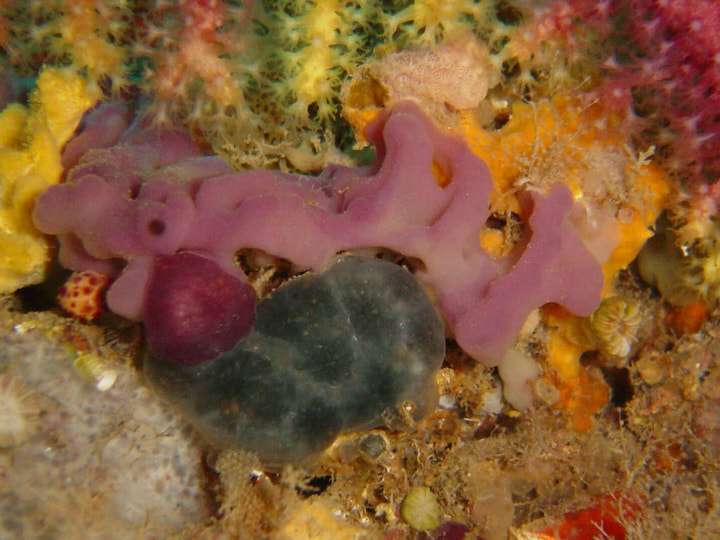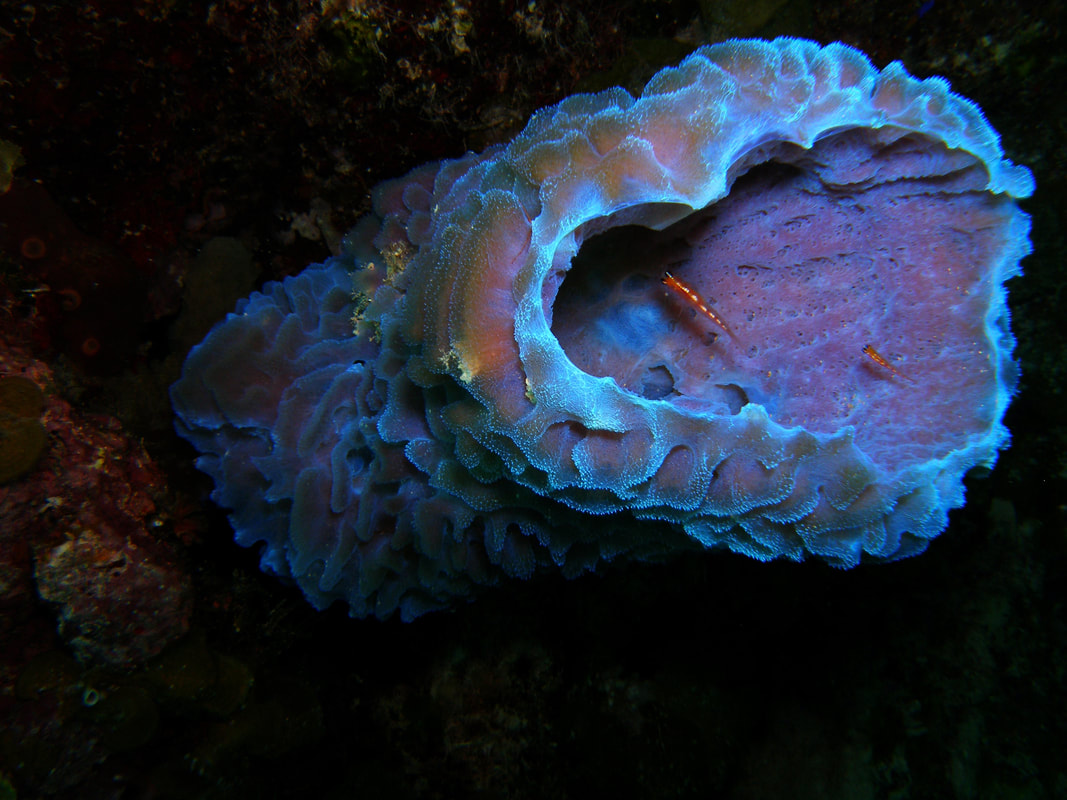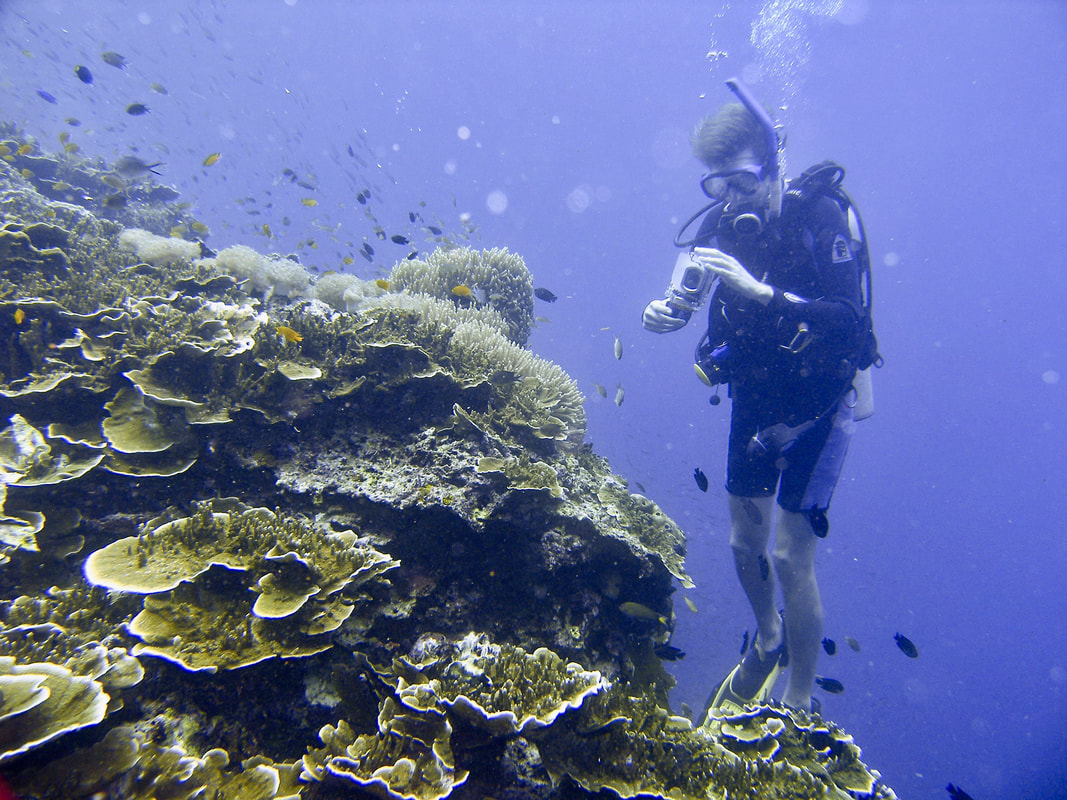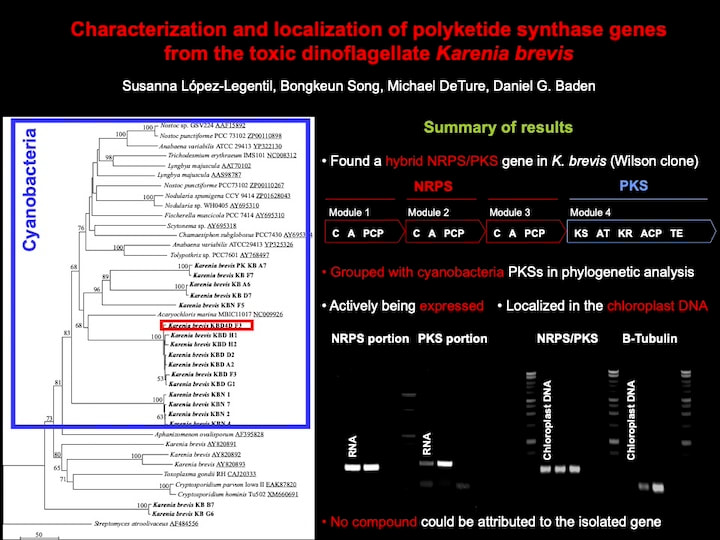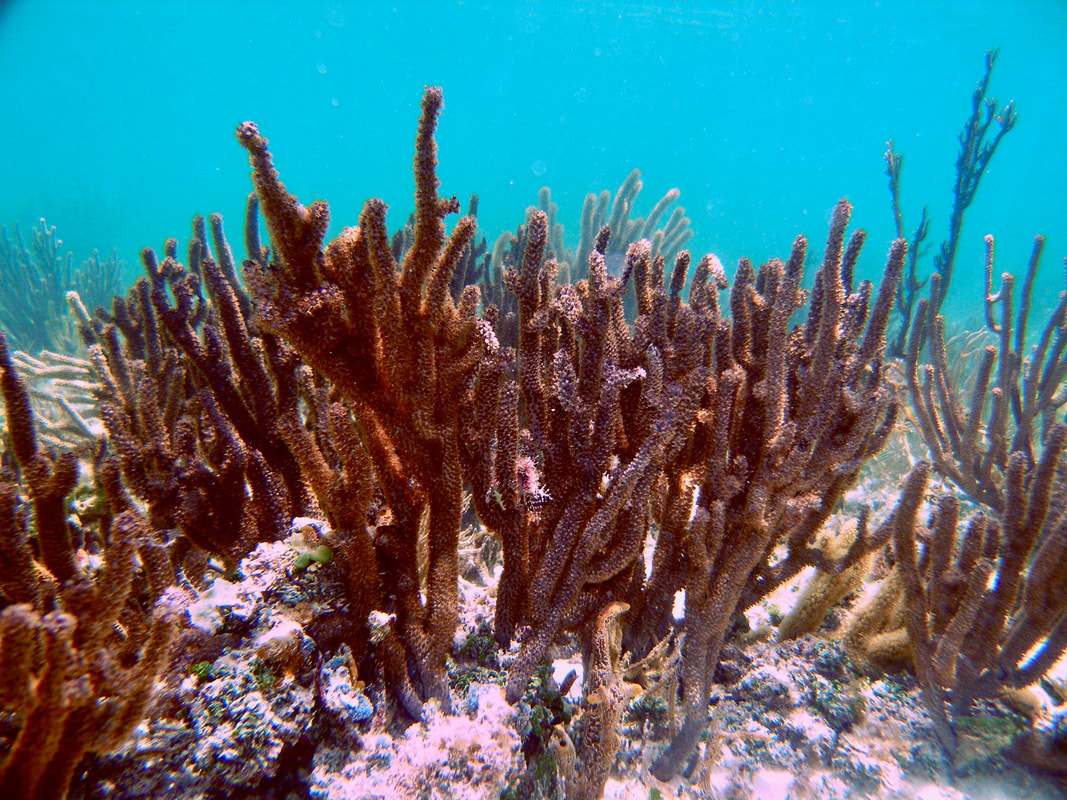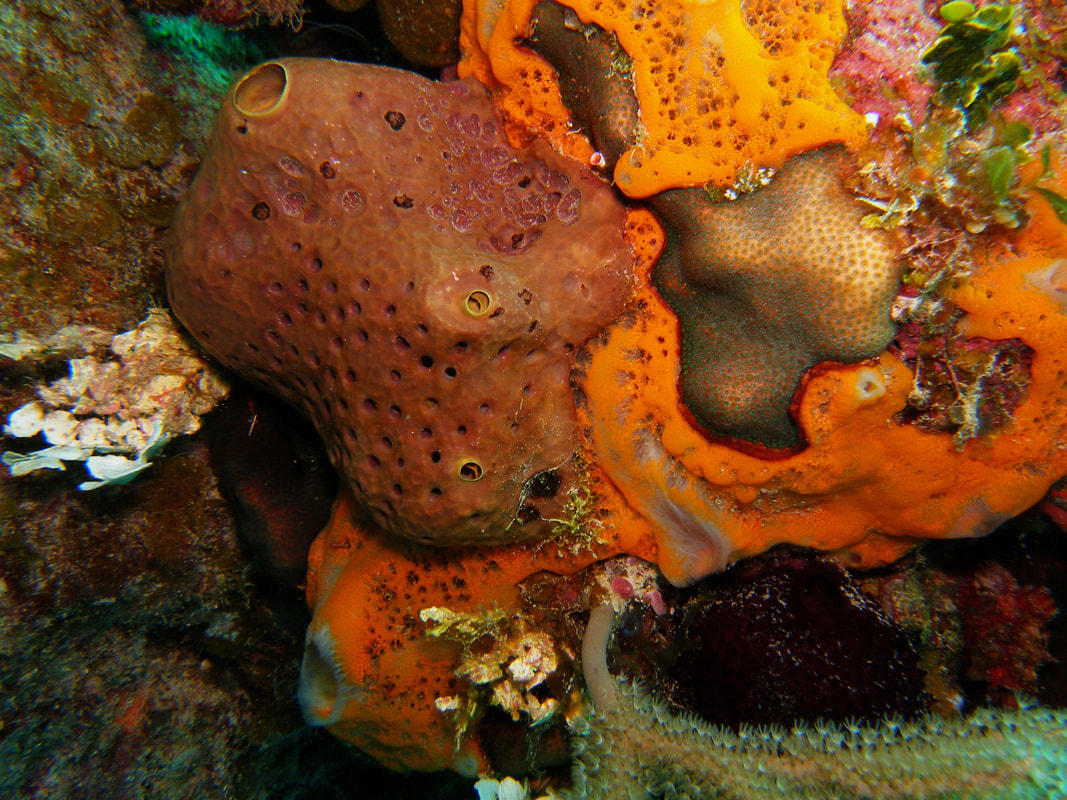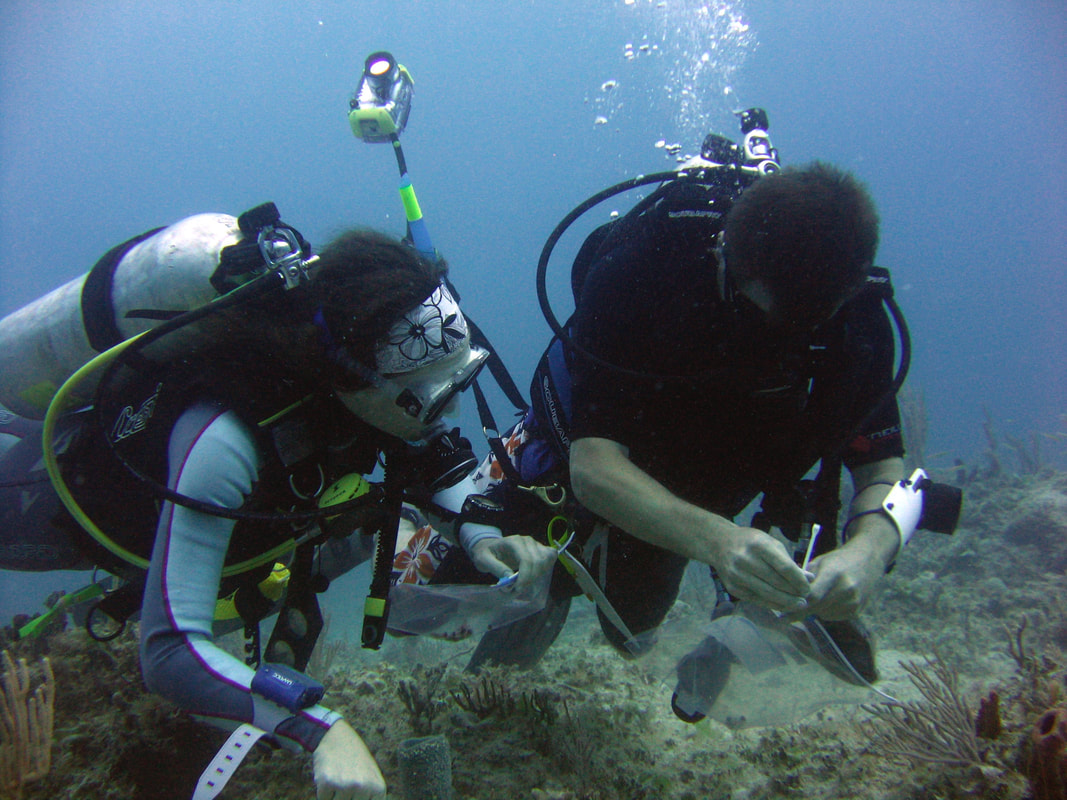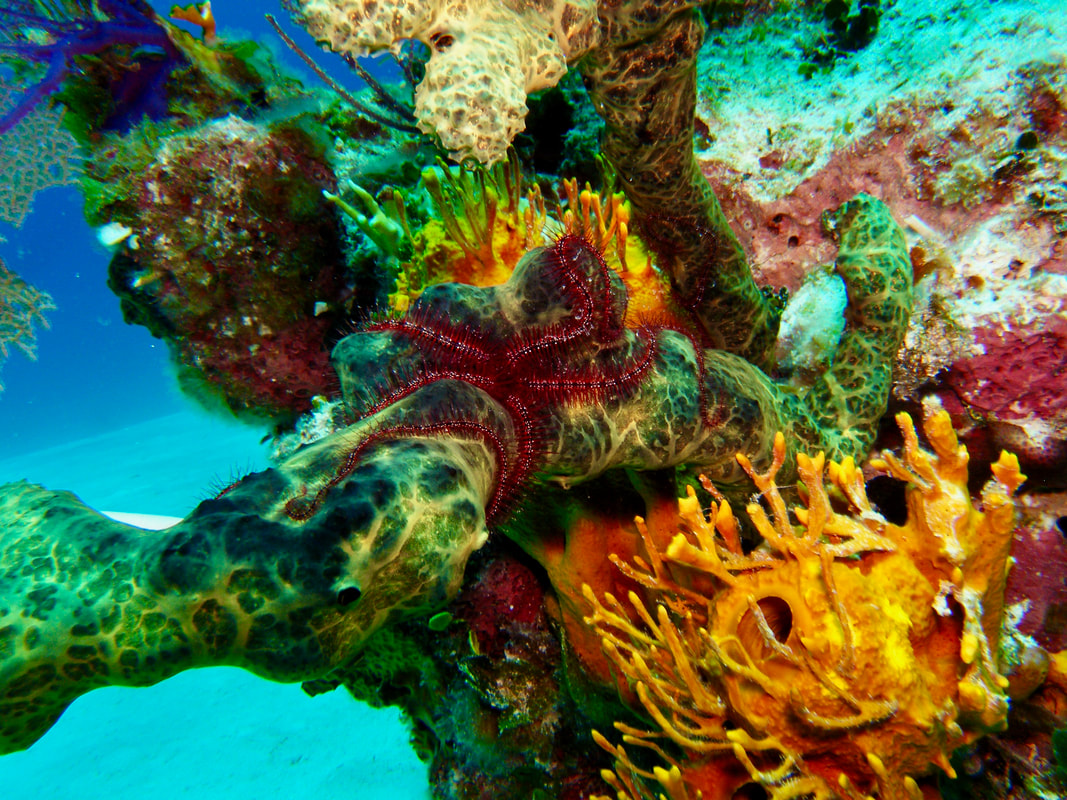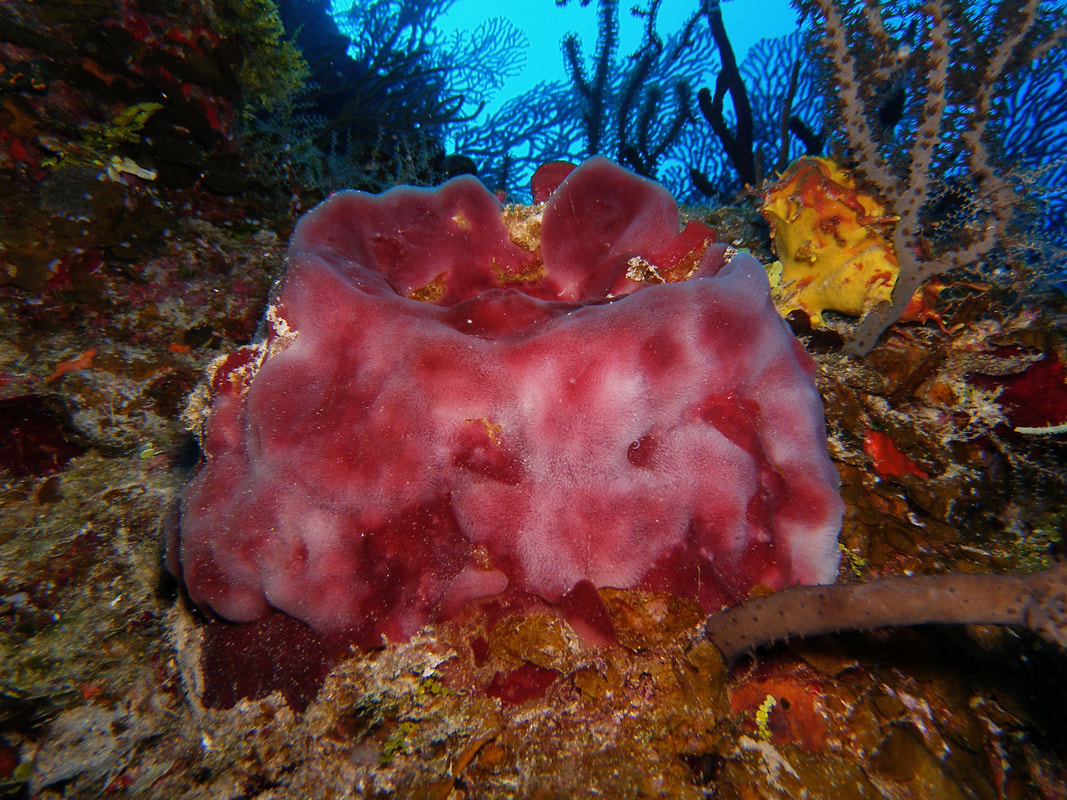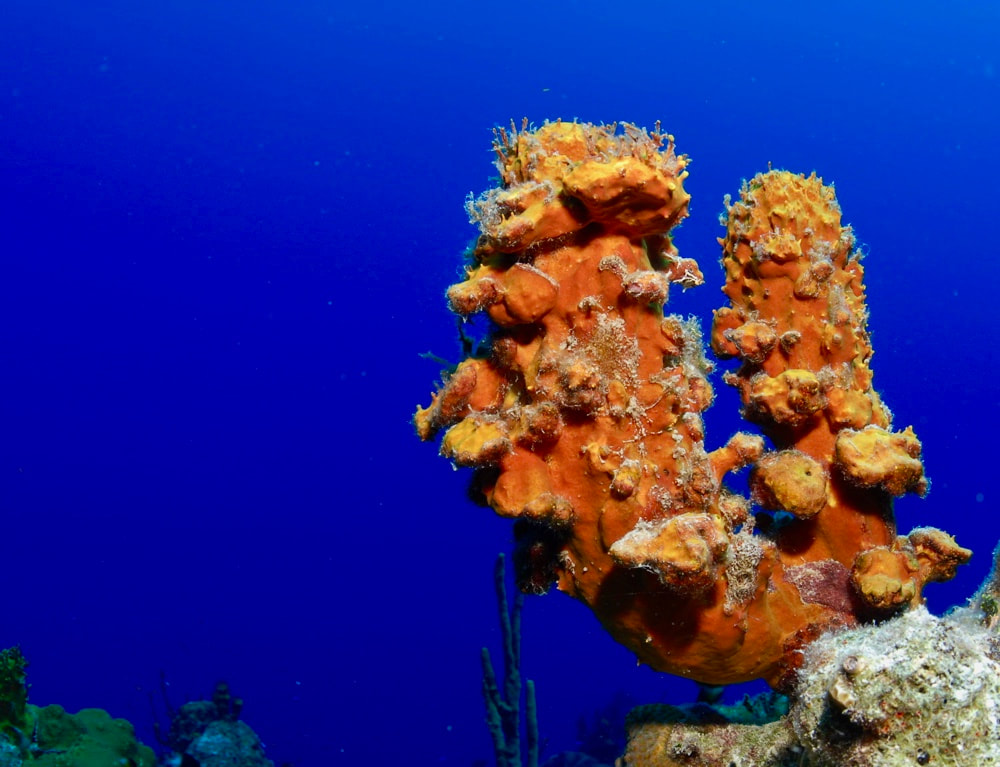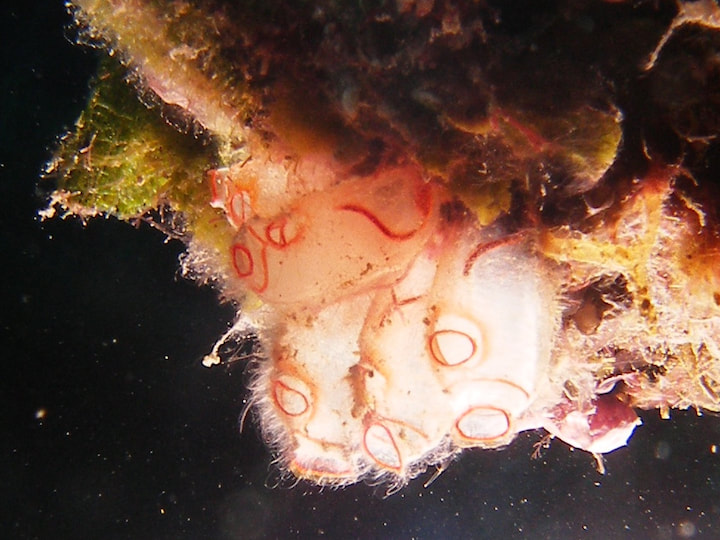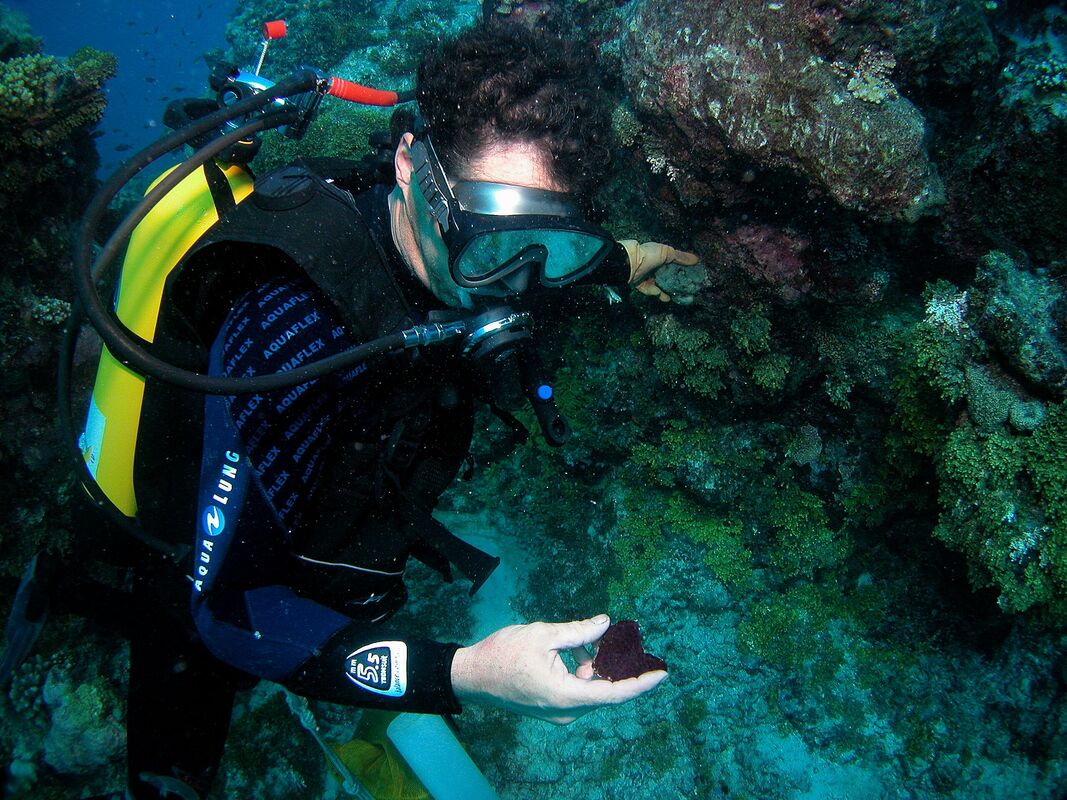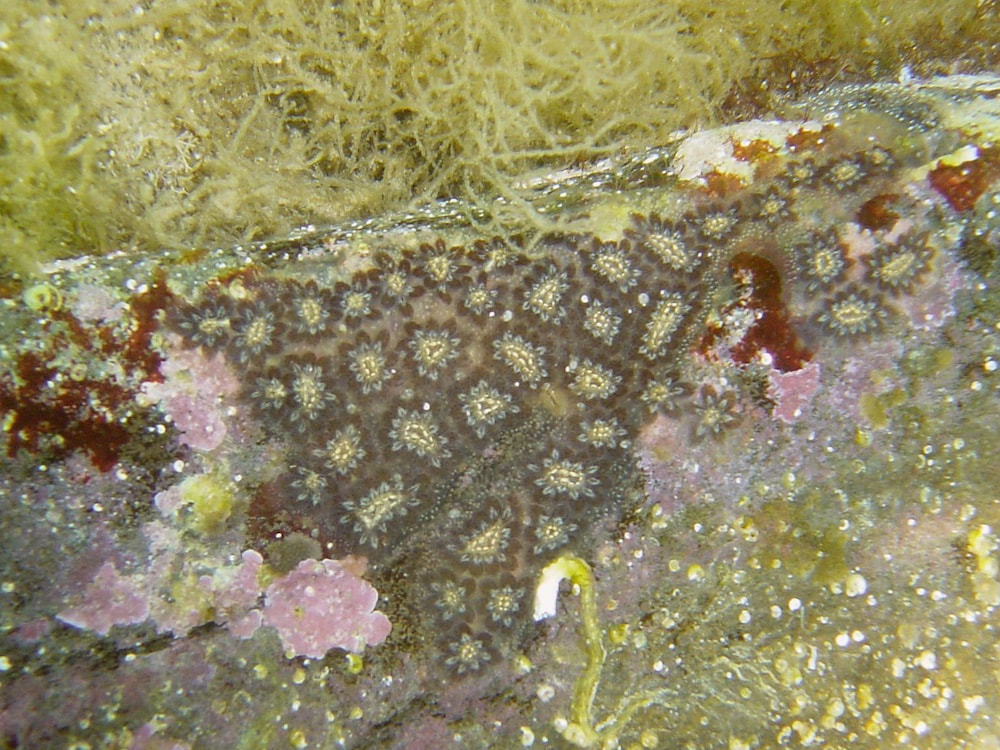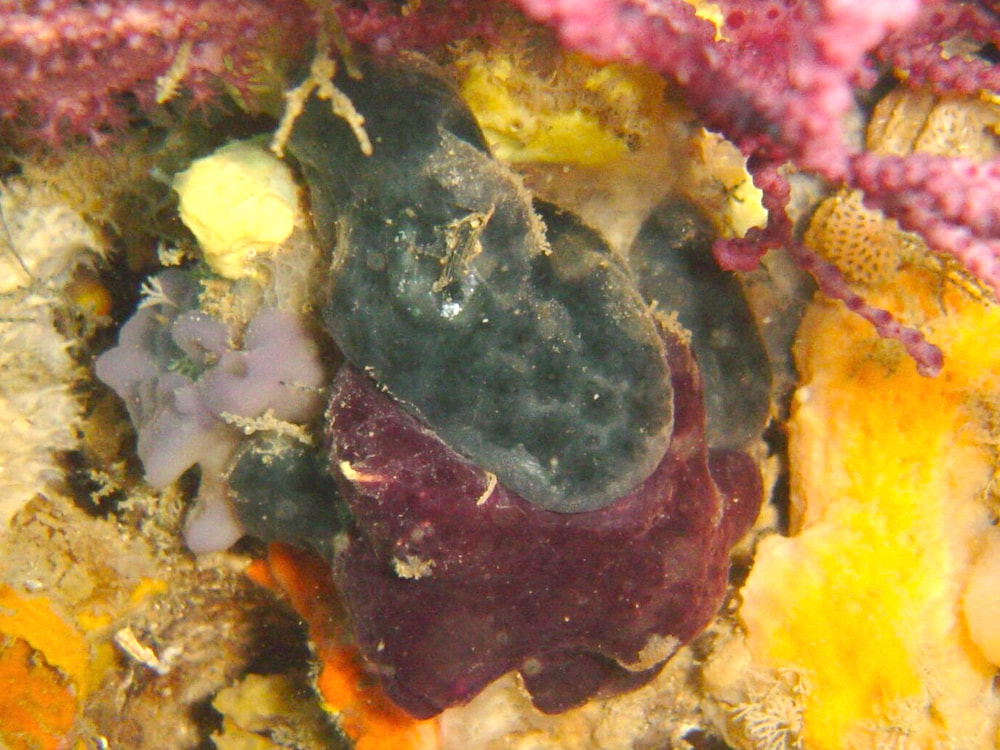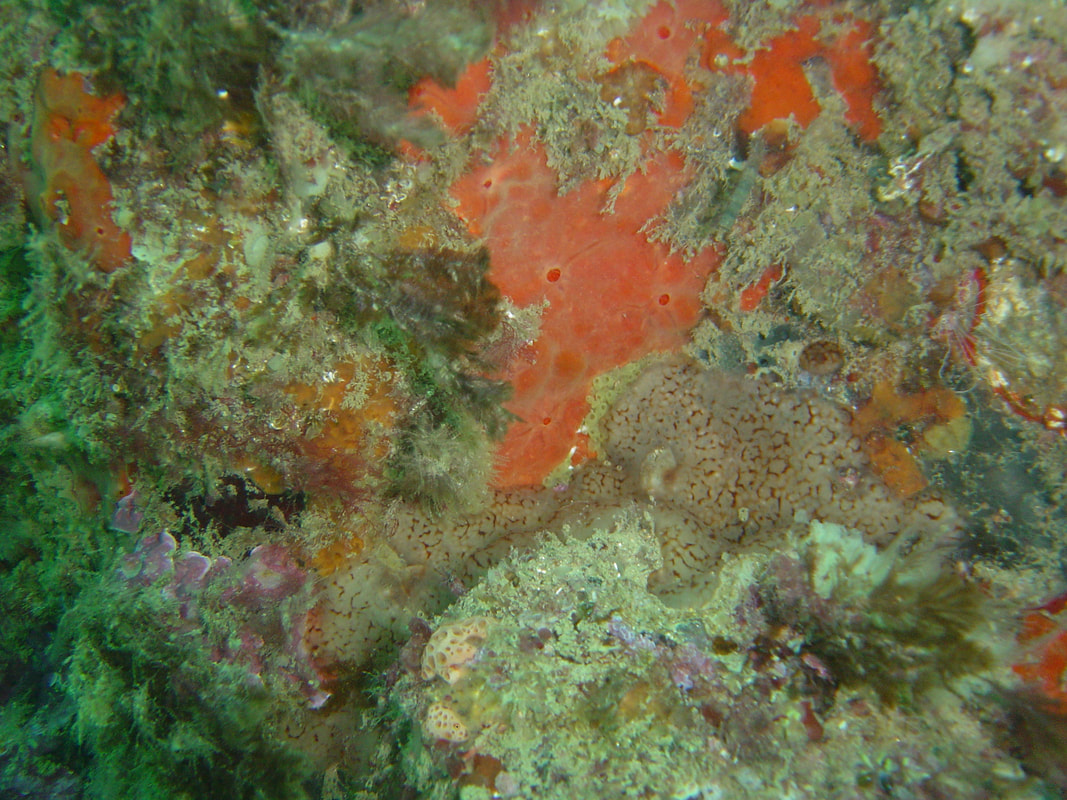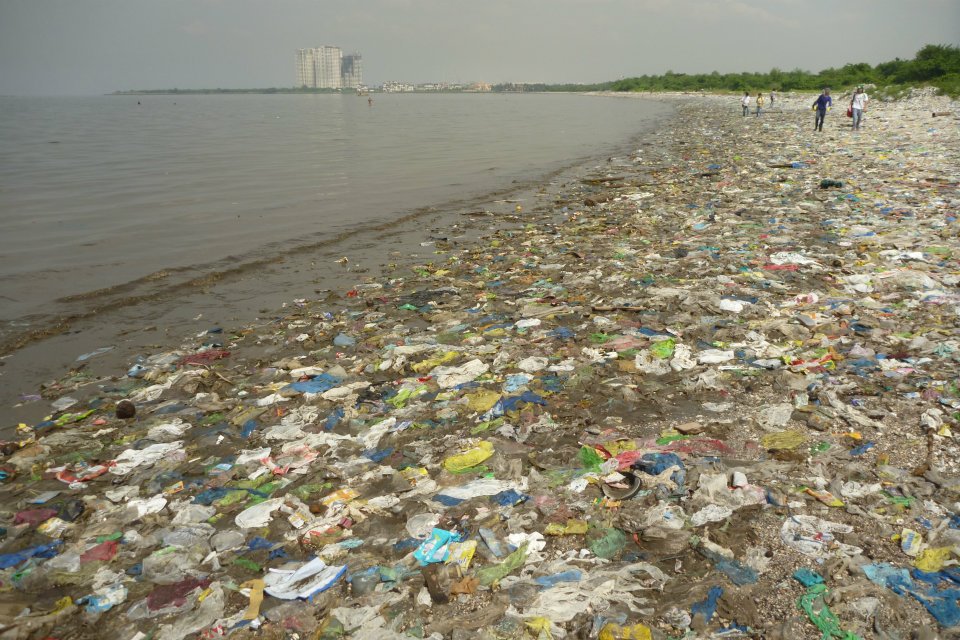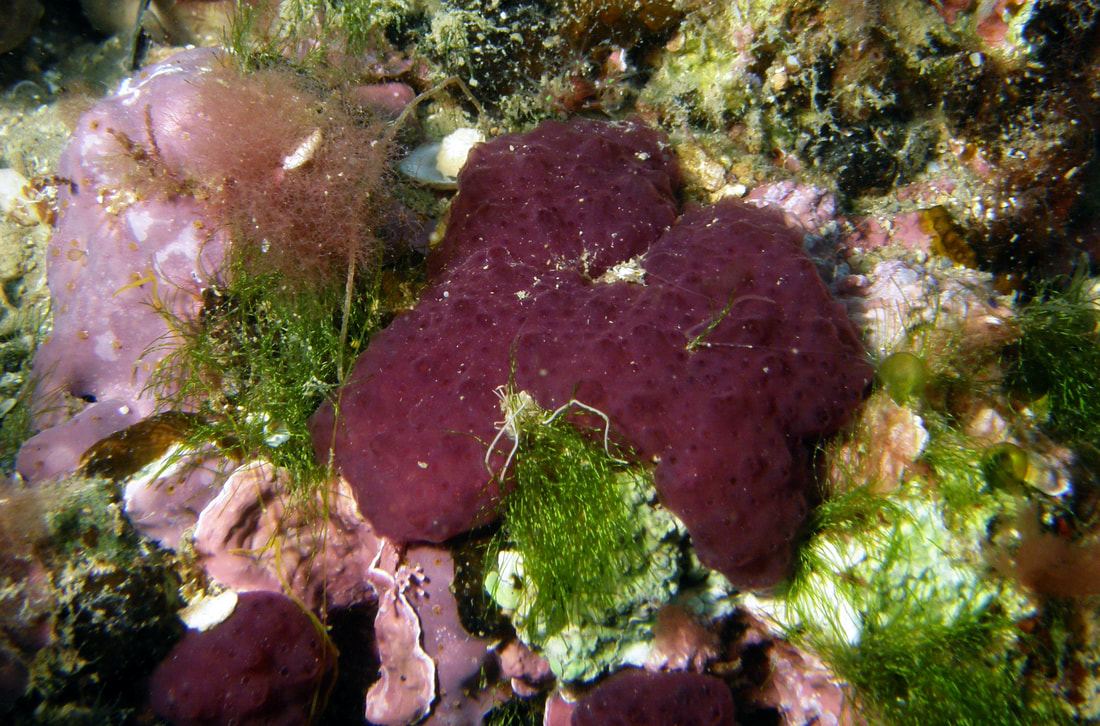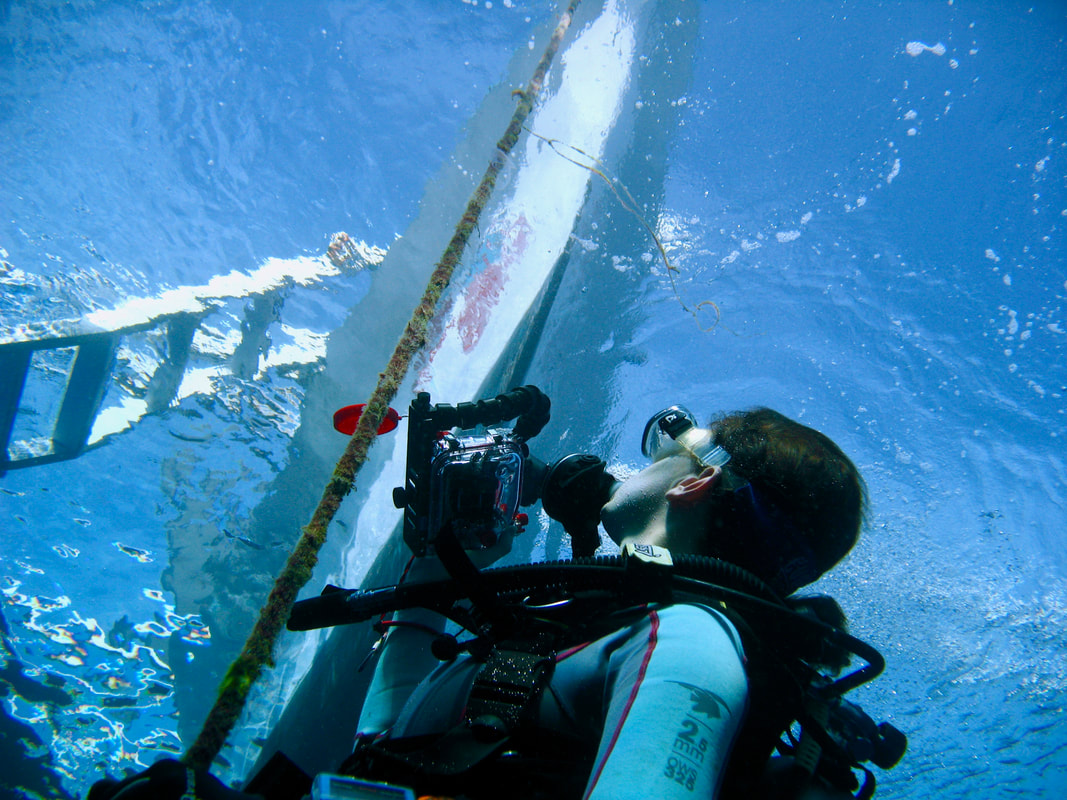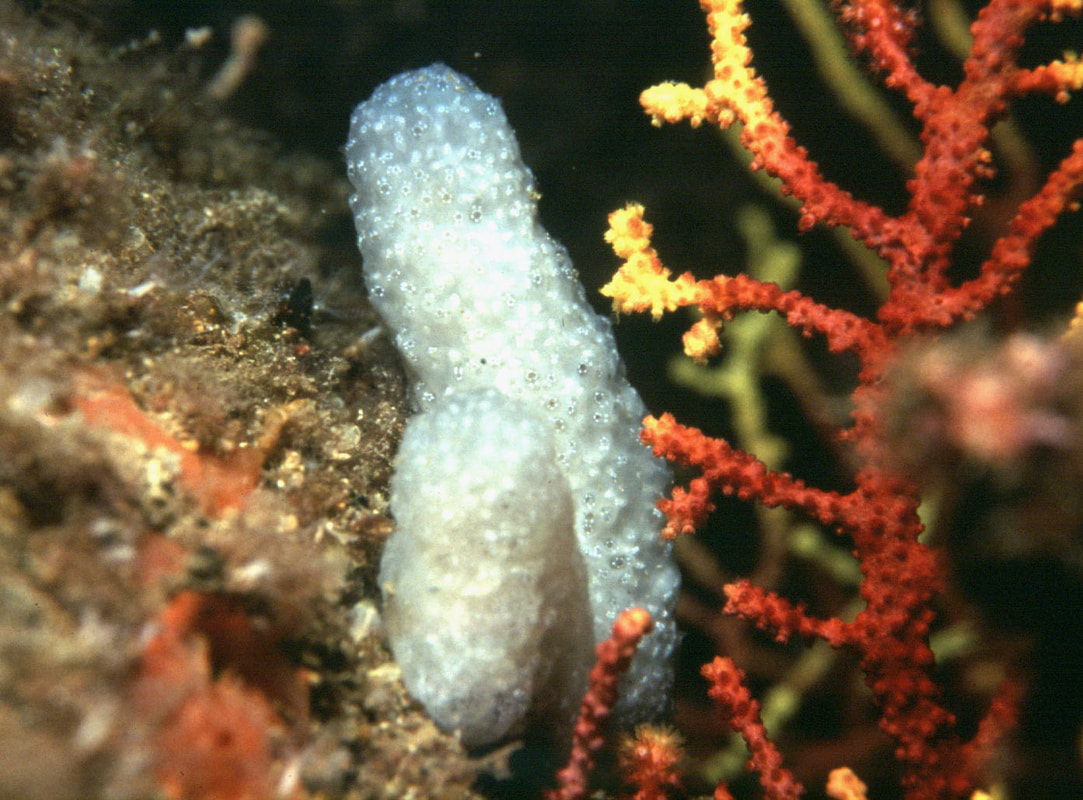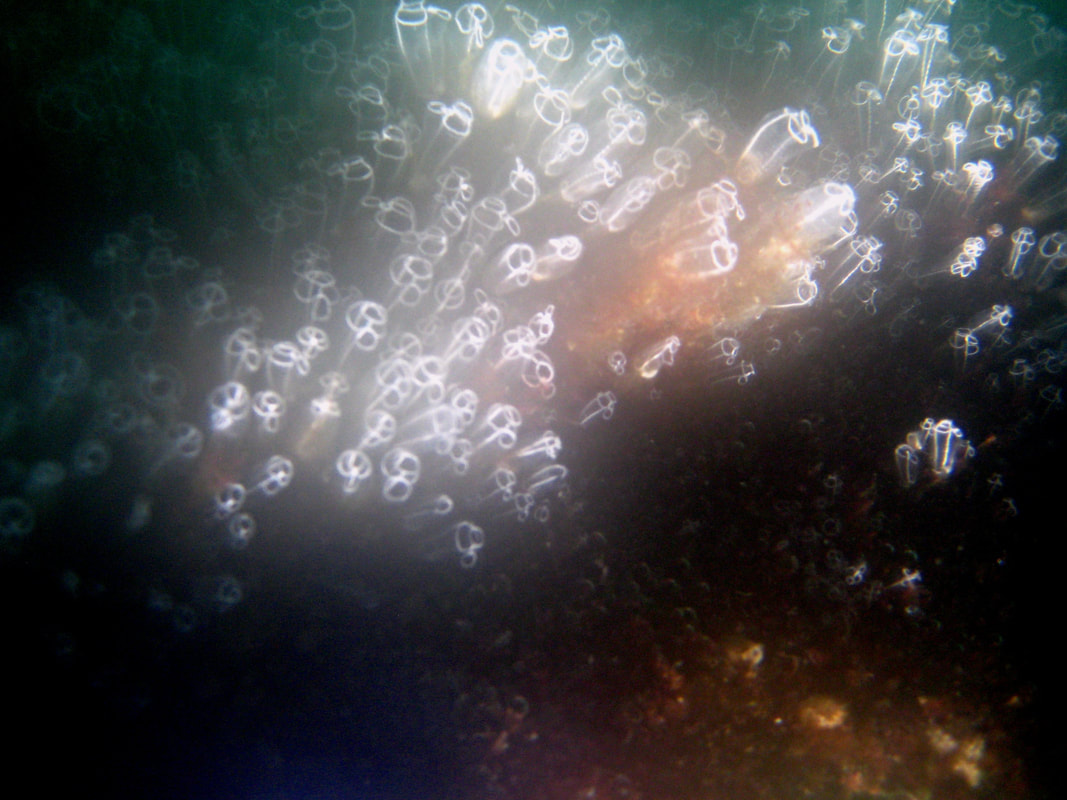Publications |
|
|
Morrison SK, Erwin PM, Lopez-Legentil S (2024) Effects of color variation and physiological state on ascidian microbiomes. MicrobiologyOpen, 13: e1405
|
Olinger LK, McClenaghan B, et al. (2024) Looking for the sponge loop: analyses of detritus on a Caribbean forereef using stable isotope and eDNA metabarcoding techniques. PeerJ, 12: e16970
|
Hutchings B, Lopez-Legentil S, Stefaniak L, Nydam M, Erwin PM (2024) Distinct microbial communities in an ascidian-crustacean symbiosis. Environmental Microbiology Reports 16: e13242
|
|
Surprenant M, Jarvis J, Lopez-Legentil S (2023) Ascidian diversity and abundance in North Carolina seagrass meadows. Marine Ecology 44: e12772
|
Olmstead ARB, Mathieson OL, et al. (2023) Gut bacterial communities in Atlantic bottlenose dolphins (Tursiops truncatus) throughout a disease-driven (Morbillivirus) unusual mortality event. FEMS Microbiology Ecology 99: 1-3
|
Lopez-Legentil S (2023) Ascidians and their microbial symbionts. Genesis 6: e23534
|
|
Gantt SE, Erwin PM (2023) Effects of sponge-to-sponge contact on the microbiomes of three spatially competing Caribbean coral reef sponges. MicrobiologyOpen 12: e1354
|
Hutchings B, Stiles E, Erwin PM, Lopez-Legentil S (2023) Hurricane events facilitate the dominance of nonnative invertebrate species in harbors. Biological Invasions 25: 2495-2506
|
Lopez-Legentil S, Palanisamy SK, et al. (2023) Prokaryotic symbiont communities in three ascidian species introduced in both Ireland and New Zealand. Environmental Science and Pollution Research 30: 6805-6817
|
|
Nydam ML, Stefaniak LM, Lambert G, Counts B, Lopez-Legentil S (2022) Dynamics of ascidian‑invaded communities over time. Biological Invasions 24: 3489-3507
|
Pawlik JR, Manker DC, Evans JS, Erwin PM, Lopez-Legentil S (2021) Unusual morphotypes of the giant barrel sponge off Barbados. Diversity 13: 663
|
Evans JS, Lopez-Legentil S, Pawlik JR, Turnbull IG, Erwin PM (2021) Symbiotic microbial communities and cryptic lineages in the Caribbean giant barrel sponge Xestospongia muta. Coral Reefs 40: 853-865
|
|
Streit O, Lambert G, Erwin PM, Lopez-Legentil S (2021) Diversity and abundance of native and non-native ascidians in Puerto Rican harbors and marinas. Marine Pollution Bulletin 167: 112262
|
Evans JS, Erwin PM, Sihaloho HF, Lopez-Legentil S (2021) Cryptic lineages of a colonial ascidian host distinct microbiomes. Zoologica Scripta 50(4): 423-438
|
Goddard-Dwyer M, Lopez-Legentil S, Erwin PM (2021) Microbiome shifts across the native and invasive range of the ascidian Clavelina oblonga. Applied and Environmental Microbiology 87(2): e02233-20
|
|
Denison ER, Rhodes RG, McLellan WA, Pabst DA, Erwin PM (2020) Host phylogeny and life history stage shape the gut microbiome in dwarf (Kogia sima) and pygmy (Kogia breviceps) sperm whales. Scientific Reports 10: 15162
|
Lopez-Guzman M, Erwin PM, Hirose E, Lopez-Legentil S (2020) Biogeography and host-specificity of cyanobacterial symbionts in colonial ascidians of the genus Lissoclinum. Systematics and Biodiversity 18(5): 496-509
|
Gantt SE, McMurray SE, Stubler AD, Finelli CM, Pawlik JR, Erwin PM (2019) Testing the relationship between microbiome composition and carbon flux in Caribbean coral reef sponges. Microbiome 7:124
|
|
Dror H, Novak L, Evans JS, Lopez-Legentil S, et al. (2019) Core and dynamic microbial communities of two invasive ascidians: Can host-symbiont dynamics plasticity affect invasion capacity? Microbial Ecology 78(1): 170-184
|
Burgsdorf I, Handley KM, Bar-Shalom R, Erwin PM, Steindler L (2019) Life at home and on the roam: Genomic adaptations reflect the dual lifestyle of an intracellular, facultative symbiont. mSystems 4(4): e00057-19
|
Sacristán-Soriano O, et al. (2019) Ontogeny of symbiont community structure in two carotenoid-rich, viviparous marine sponges: [...] Environmental Microbiology Reports 11(2): 249-261
|
|
Riesgo A, et al. (2019) Genetic diversity, connectivity and gene flow along the distribution of the emblematic Atlanto-Mediterranean sponge P. ficiformis (Haplosclerida, Demospongiae). BMC Evolutionary Biology 19: 24
|
Evans JS, Lopez-Legentil S, Erwin PM (2018) Comparing the efficiency of two common DNA extraction kits in the characterization of symbiotic microbial communities from ascidian tissue. Microbes and the Environment 33(4): 435-439
|
McMurray SE, Stubler AD, Erwin PM, Finelli CM, Pawlik JR (2018) A test of the sponge-loop hypothesis for emergent Caribbean reef sponges. Marine Ecology Progress Series 588: 1-14
|
|
Evans JS, Erwin PM, Shenkar N, Lopez-Legentil S (2018) A comparison of symbiotic microbial communities in nonnative and native ascidians from reef and harbor habitats. FEMS Microbiology Ecology 94(9): fiy139
|
Deignan LK, Pawlik JR, Erwin PM (2018) Agelas wasting syndrome alters prokaryotic symbiont communities of the Caribbean brown tube sponge, Agelas tubulata. Microbial Ecology 76(2): 459-466
|
Deignan LK, Pawlik JR, Lopez-Legentil S (2018) Evidence of shifting genetic structure among Caribbean giant barrel sponges in the Florida Keys. Marine Biology 165: 106
|
|
Delsuc F, et al. (2018) A phylogenomic framework and timescale for comparative genomics and evolutionary developmental biology of tunicates. BMC Biology 16: 39
|
Erwin PM, Rhodes RG, Kiser KB, Keenan-Bateman TF, McLellan WA, Pabst DA (2017) High diversity and unique composition of gut microbiomes in pygmy (Kogia breviceps) and dwarf (K. sima) sperm whales. Scientific Reports 7: 7205
|
Gewing M-T, Lopez-Legentil S, Shenkar N (2017) Anthropogenic factors influencing invasive ascidian establishment in natural environments. Marine Environmental Research 131: 236-242
|
|
Villalobos MS, Lambert G, Shenkar N, Lopez-Legentil S (2017) Distribution and population dynamics of key ascidians in North Carolina harbors and marinas. Aquatic Invasions 12(4): 447-458
|
Moitinho-Silva L, Nielsen S, Amir A, Gonzalez A, Ackermann GL, Cerrano C, Astudillo-Garcia C, Easson C, et al. (2017) The sponge microbiome project. GigaScience 6:1-7
|
Evans JS, Erwin PM, Shenkar N, Lopez-Legentil S (2017) Introduced ascidian species harbor highly diverse and host-specific microbial assemblages. Scientific Reports 7: 11033
|
|
Novak L, Lopez-Legentil S, et al. (2017) Rapid establishment of the non-indigenous ascidian Styela plicata and its associated bacteria in marinas and fishing harbors along the Mediterranean coast of Israel. Mediterranean Marine Science 18: 324-331
|
Monniot F, Lopez-Legentil S (2017) Deep-sea ascidians from Papua New Guinea. Zootaxa 4276(2): 529-538
|
Gantt SE, Lopez-Legentil S, Erwin PM (2017) Stable microbial communities in the sponge Crambe crambe from inside and outside a polluted Mediterranean harbor. FEMS Microbiology Letters 364: fnx105
|
|
Weigel BL, Erwin PM (2017) Effects of reciprocal transplantation on the microbiome and putative nitrogen cycling functions of the intertidal sponge, Hymeniacidon heliophila. Scientific Reports 7: 43247
|
Moitinho-Silva L, et al. (2017) Predicting the HMA-LMA dichotomy in marine sponges by machine learning. Frontiers in Microbiology 8: 752
|
Marino CM, et al. (2017) Latitudinal variation in the microbiome of the sponge Ircinia campana correlates with host haplotype but not anti-predatory chemical defense. Marine Ecology Progress Series 565: 53-66
|
|
Riesgo A, et al. (2016) Population structure and connectivity in the Mediterranean sponge Ircinia fasciculata are affected by mass mortalities and hybridization. Heredity 117(6): 427-439
|
Screiber L, Kjeldsen KU, Funch P, Jensen J, Obst M, Lopez-Legentil S, Schramm A (2016) Endozoicomonas are specific, facultative symbionts of sea squirts. Frontiers in Microbiology 7: 1042
|
Pineda MC, Lorente B, Lopez-Legentil S, Palacin C, Turon X (2016) Stochasticity in space, persistance in time: genetic heterogeneity in harbour populations of the introduced ascidian Styela plicata. PeerJ 4: e2158
|
|
Thomas T, et al. (2016) Diversity, structure and convergent evolution of the global sponge microbiome. Nature Communications 7: 11870
|
Turon X, Cañete JI, Sellanes J, Rocha RM, Lopez-Legentil S (2016) Ascidian fauna (Tunicata, Ascidiacea) of subantacrtic and temperate regions of Chile. Zootaxa 4093: 151-180
|
Pineda MC, Turon X, Perez-Portela, Lopez-Legentil S (2016) Stable populations in unstable habitats: temporal genetic structure of the introduced ascidian Styela plicata in North Carolina. Marine Biology 163: 59
|
|
Weigel BL, Erwin PM (2016) Intraspecific variation in microbial symbiont communities of the sun sponge, Hymeniacidon heliophila, from intertidal and subtidal habitats. Applied and Environmental Microbiology 82(2): 650-658
|
Turon X, Cañete JI, Sellanes J, Rocha RM, Lopez-Legentil S (2016) Too cold for invasions? Contrasting patterns of native and introduced ascidians in subantarctic and temperate Chile. Management of Biological Invasions 7(1): 77-86
|
Lopez-Legentil S, Turon X, Erwin PM (2016) Feeding cessation alters host morphology and bacterial communities in the ascidian Pseudodistoma crucigaster. Frontiers in Zoology 13: 2
|
|
Erwin PM, et al. (2015) Stable symbionts across the HMA-LMA dichotomy: Low seasonal and inter-annual variation in sponge-associated bacteria from taxonomically diverse hosts. FEMS Microbiology Ecology 91(10):fiv115
|
Taboada S, Riesgo A, Blasco G, Sola J, Xavier JB, Lopez-Legentil S (2015) Development of 10 microsatellite markers for the Atlanto-Mediterranean sponge Petrosia ficiformis. Conservation Genetics Resources 7(4): 895-897
|
Riesgo A, Maldonado M, Lopez-Legentil S, Giribet G (2015) A proposal of cathepsin and silicatein evolution in sponges. Journal of Molecular Evolution 80(5-6): 278-291
|
|
Pawlik JR, McMurray SE, Erwin P, Zea S (2015) No evidence for food limitation of Caribbean reef sponges: Reply to Slattery & Lesser. Marine Ecology Progress Series 527: 281-284
|
Lopez-Legentil S, Erwin PM, Turon M, Oded Y (2015) Diversity of fungi isolated from three temperate ascidians. Symbiosis 66(2): 99-106
|
Lopez-Legentil S, Turon X, Espluga R, Erwin PM (2015) Temporal stability of bacterial symbionts in a temperate ascidian. Frontiers in Microbiology 6: 1022
|
|
Lopez-Legentil S, Legentil ML, Erwin PM, Turon X (2015) Harbor networks as introduction gateways: contrasting distribution patterns of native and introduced ascidians. Biological Invasions 17: 1623-1638
|
Zhang F, et al. (2014) Symbiotic archaea in marine sponges show stability and host specificity in community structure and ammonia oxidation functionality. FEMS Microbiology Ecology 90(3): 699-707
|
Burgsdorf I, et al. (2014) Biogeography rather than association with cyanobacteria structures symbiotic microbial communities in the marine sponge Petrosia ficiformis. Frontiers in Microbiology 5(529): 1-11
|
|
Riesgo A, et al. (2014) Optimization of fourteen microsatellite loci in a Mediterranean demosponges subjected to population decimation, Ircinia fasciculata. Conservation Genetic Resources 6: 301-303
|
Pawlik JR, McMurray SE, Erwin P, Zea S (2014) A review of evidence for food limitation of sponges on Caribbean reefs. Marine Ecology Progress Series 519:265-283
|
Erwin PM, Pineda MC, Webster N, Turon X, Lopez-Legentil S (2014) Down under the tunic: Bacterial biodiversity hotspots and widespread ammonia-oxidizing Archaea in coral reef ascidians. The ISME Journal 8: 575-588
|
|
Pita L, Erwin PM, Turon X, Lopez-Legentil S (2013) Till death do us part: Stable sponge-bacteria associations under thermal and food shortage stresses. PLoS ONE 8(11): e80307
|
Pita L, Turon X, Lopez-Legentil S, Erwin PM (2013) Host rules: Spatial stability of bacterial communities associated with Ircinia spp. in the Western Mediterranean Sea. FEMS Microbiology Ecology 86: 268-276
|
Kersting DK, Casado C, Lopez-Legentil S, Linares C (2013) Unexpected divergent patterns in the sexual reproduction of the Mediterranean coral Cladocora caespitosa. Marine Ecology Progress Series 486: 165-171
|
|
Pita L, Lopez-Legentil S, Erwin PM (2013) Biogeography and host-specificity of bacterial communities in Ircinia spp. from the Bahamas. Microbial Ecology 66: 437-447
|
Erwin PM, Pineda MC, Webster N, Turon X, Lopez-Legentil S (2013) Small core communities and high variability in bacteria associated with the introduced ascidian Styela plicata. Symbiosis 59(1): 35-46
|
Lopez-Legentil S, Erwin PM, Velasco M, Turon X (2013) Growing or reproducing in a temperate sea: Optimization of resource allocation in a colonial ascidian. Invertebrate Biology 132(1): 69-80
|
|
Turon X, Garriga A, Erwin PM (2013) Lights and shadows: Growth patterns in three sympatric and congeneric species (Ircinia spp.) with contrasting abundances of photosymbionts. Marine Biology 160(10): 2743-2754
|
Pineda MC, Lopez-Legentil S, Turon X (2013) Year-round reproduction in a seasonal sea: Biological cycle of the introduced ascidian Styela plicata in the Western Mediterranean. Marine Biology 160: 221-230
|
Hirose E, et al. (2012) First records of didemnid ascidians harboring Prochloron from the Caribbean Panama: Genetic relationships between Caribbean and Pacific photosymbionts and host ascidians. Systematics and Biodiversity 10(4): 435-445
|
|
Pineda MC, et al. (2012) Tough adults, frail babies: An analysis of stress sensitivity across early life-history stages of widely introduced marine invertebrates. PLoS ONE 7(10): e46672
|
Erwin PM, Pita L, Lopez-Legentil S, Turon X (2012) Stability of sponge-bacteria symbioses over large seasonal shifts in temperature and irradiance. Applied and Environmental Microbiology 78(20): 7358-7368
|
Erwin PM, Lopez-Legentil S, Turon X (2012) Ultrastructure, molecular phylogenetics and chlorophyll a content of novel cyanobacterial symbionts in temperate sponge hosts. Microbial Ecology 64: 771-783
|
|
fValero-Jiménez CA, Perez-Portela R, Lopez-Legentil S (2012) Characterization of novel microsatellite markers from the worldwide invasive ascidian Styela plicata. Conservation Genetics Resources 4(3): 559-561
|
Pineda MC, Turon X, Lopez-Legentil S (2012) Stress levels over time in the introduced ascidian Styela plicata: The effects of temperature and salinity variations on hsp70 gene expression. Cell Stress and Chaperones 17: 435-444
|
Loh T-L, Lopez-Legentil S, Song B, Pawlik JR (2012) Phenotypic variability in the Caribbean orange icing sponge Mycale laevis (Demospongiae: Poecilosclerida). Hydrobiologia 687(1): 205-217
|
|
Erwin PM, Lopez-Legentil S, Gonzalez-Pech R, Turon X (2012) A specific mix of generalists: Microbial symbionts in Mediterranean Ircinia spp. FEMS Microbiology Ecology 79: 619-637
|
Pineda MC, Lopez-Legentil S, Turon X (2011) The whereabouts of an ancient wanderer: Global phylogeography of the solitary ascidian Styela plicata. PLoS ONE 6(9): e25495
|
Erwin PM, Olson JB, Thacker RW (2011) Phylogenetic diversity, host-specificity and community profiling of sponge-associated bacterial communities in the northern Gulf of Mexico. PLoS ONE 6(11): e26806
|
|
Lopez-Legentil S, Song B, Bosch M, Pawlik JR, Turon X (2011) Cyanobacterial diversity and a new Acaryochloris-like symbiont from Bahamian sea-squirts. PLoS ONE 6(8): e23938
|
Lopez-Legentil S, Turon X (2011) Pump water or produce larvae? Oscula occulusion during the reproductive period of the sponge Svenzea zeai. Zoological Studies 50(3): 395
|
Erwin PM (2011) Corporate codes of conduct: The effects of code content and quality on ethical performance. Journal of Business Ethics 99(4): 535-548
|
|
Martínez-García M, Koblížek M, Lopez-Legentil S, Antón J (2011) Epibiosis of oxygenic phototrophs containing chlorophylls a, b, c, and d on the colonial ascidian Cystodytes dellechiajei. Microbial Ecology 61:13-19
|
Erwin PM, Lopez-Legentil S, Schuhmann PW (2010) The pharmaceutical value of the sea for anti-cancer drug discovery. Ecological Economics 70: 445-451
|
Lopez-Legentil et al. (2010) Effects of sponge bleaching on ammonia oxidizing Archaea: Distribution and relative expression of ammonia monooxygenase genes associated with the barrel sponge X. muta. Microb Ecol 60: 561-571
|
|
Bontemps N et al (2010) Structure and antimicrobial activity of three new pyridoacridine alkaloids isolated from different color morphs of the ascidian Cystodytes dellechiajei. Journal of Natural Products 73(6): 1044-1048
|
Lopez-Legentil S, Erwin PM, Henkel TP, Loh T-L, Pawlik JR (2010) Phenotypic plasticity in the sponge Callyspongia vaginalis: morphological and molecular data. Scientia Marina 74(3): 445-453
|
Erwin PM, Szmant AM (2010) Settlement induction of Acropora palmata planulae by a GLW-amide neuropeptide. Coral Reefs 29(4): 929-939
|
|
Lopez-Legentil S, Song B, DeTure M, Baden DG (2010) Characterization and localization of a hybrid non ribosomal peptide synthetase and polyketide synthase gene from the toxic dinoflagellate Karenia brevis. Marine Biotechnology 12: 32-41
|
Erwin PM, Song B, Szmant AM (2009) Settlement behavior of Acropora palmata planulae: Effects of biofilm age and crustose coralline algal cover. Proceedings of the 11th International Coral Reef Symposium, pp. 1219-1224
|
Lopez-Legentil S, Pawlik JR (2009) Genetic structure of the Caribbean giant barrel sponge Xestospongia muta using the I3-M11 partition of COI. Coral Reefs 28:157-165
|
|
Erwin PM, Thacker RW (2008) Cryptic diversity of the symbiotic cyanobacterium Synechococcus spongiarum among sponge hosts. Molecular Ecology 17(12): 2937-2947
|
Pawlik JR, Henkel TP, McMurray SE, Lopez-Legentil S, Loh T-L, Rohde S (2008) Patterns of sponge recruitment and growth on a shipwreck corroborate chemical defense resource trade-off. Marine Ecology Progress Series 368: 137-143
|
Erwin PM, Thacker RW (2008) Phototrophic nutrition and symbiont diversity of two Caribbean sponge-cyanobacteria symbioses. Marine Ecology Progress Series 362: 139-147
|
|
Lopez-Legentil S, Song B, McMurray SE, Pawlik JR (2008) Bleaching and stress in coral reef ecosystems: Hsp70 expression by the giant barrel sponge Xestospongia muta. Molecular Ecology 17(7): 1840-1850
|
Erwin PM, Thacker RW (2007) Incidence and identity of photosynthetic symbionts in Caribbean coral reef sponge assemblages. Journal of the Marine Biological Association of the UK 87(6): 1683-1692
|
Erwin PM, Thacker RW (2007) Phylogenetic analyses of marine sponges within the order Verongida: A comparison of morphological and molecular data. Invertebrate Biology 126(3): 220-234
|
|
Lopez-Legentil S, Turon X (2007) Lack of genetic variation in mtDNA over the amphiatlantic distribution range of the ascidian Ecteinascidia turbinata. Molecular Phylogenetics and Evolution 45(1): 405-408
|
Lopez-Legentil S, Bontemps-Subielos N, Turon X, Banaigs B (2007) Secondary metabolite and inorganic contents in Cystodytes sp. (Ascidiacea): temporal patterns and association with reproduction and growth. Marine Biology 151: 293-299
|
Lopez-Legentil S, Turon X, Planes S (2006) Genetic structure of the sea star squirt, Botryllus schlosseri, introduced in southern European harbors. Molecular Ecology 15: 3957-3967
|
|
Lopez-Legentil S, Turon X (2006) Population genetics, phylogeography and speciation of Cystodytes (Ascidiacea) in the western Mediterranean. Biological Journal of the Linnaean Society 88: 203-214
|
Lopez-Legentil S, Bontemps-Subielos N, Turon X, Banaigs B (2006) Temporal variation in the production of four secondary metabolites in a colonial ascidian. Journal of Chemical Ecology 32: 2079-2084
|
Lopez-Legentil S, Turon X, Schupp P (2006) Chemical and physical defenses against predators in Cystodytes (Ascidiacea). Journal of Experimental Marine Biology and Ecology 332(1): 27-36
|
|
Lopez-Legentil S, et al. (2005) Qualitative variation of alkaloids in color morphs of Cystodytes (Ascidiacea).
Biochemical Systematics and Ecology 33(11): 1107-1119 |
Charles et al. (2005) Does sediment resuspension by storms affect the fate of polychlorobiphenyls (PCBs) in benthic food chain? [...]. Continental Shelf Research 25: 2533-2553
|
Lopez-Legentil S, Turon X (2005) How do morphoytpes and chemotypes relate to genotypes? The colonial ascidian Cystodytes (Ascidiacea: Polycitoridae). Zoologica Scripta 34(1): 3-14
|
|
Lopez-Legentil S, Ruchy M, Doménech A, Turon X (2005) Life cycles and growth rates of two morphotypes of Cystodytes (Ascidiacea) in the western Mediterranean. Marine Ecology Progress Series 296: 219-228
|
Turon X, Lopez-Legentil S, Banaigs B (2005) Cell types, microsymbionts and pyridoacridine distribution in the tunic of Cystodytes. Invertebrate Biology 124(4): 355-369
|
Turon X, Lopez-Legentil S (2004) Ascidian molecular phylogeny inferred from mtDNA data with emphasis on the Aplousobranchiata. Molecular Phylogenetics and Evolution 33: 309-320
|
|
Agell G, Turon X, De Caralt S, Lopez-Legentil S, Uriz MJ (2004) Molecular and organism biomarkers of copper pollution in the ascidian Pseudodistoma crucigaster. Marine Pollution Bulletin 48(7-8): 759-767
|
De Caralt S, Lopez-Legentil S, et al. (2002) Contrasting biological traits of Clavelina lepadiformis (Ascidiacea) populations from inside and outside harbors in western Mediterranean. Marine Ecology Progress Series 244: 125-137
|
Tarjuelo I, Lopez-Legentil S, Codina M, Turon X (2002) Defence mechanisms of adults and larvae of marine invertebrates: patterns of toxicity and palatability in colonial ascidians. Marine Ecology Progress Series 235: 103-115
|
